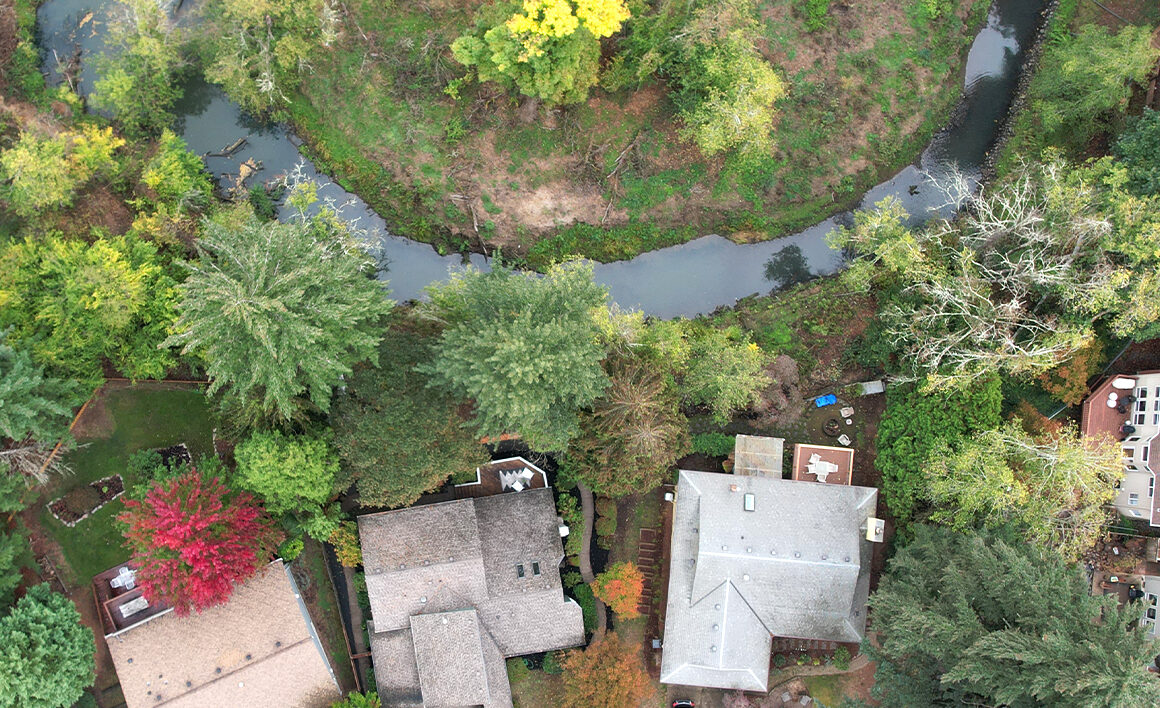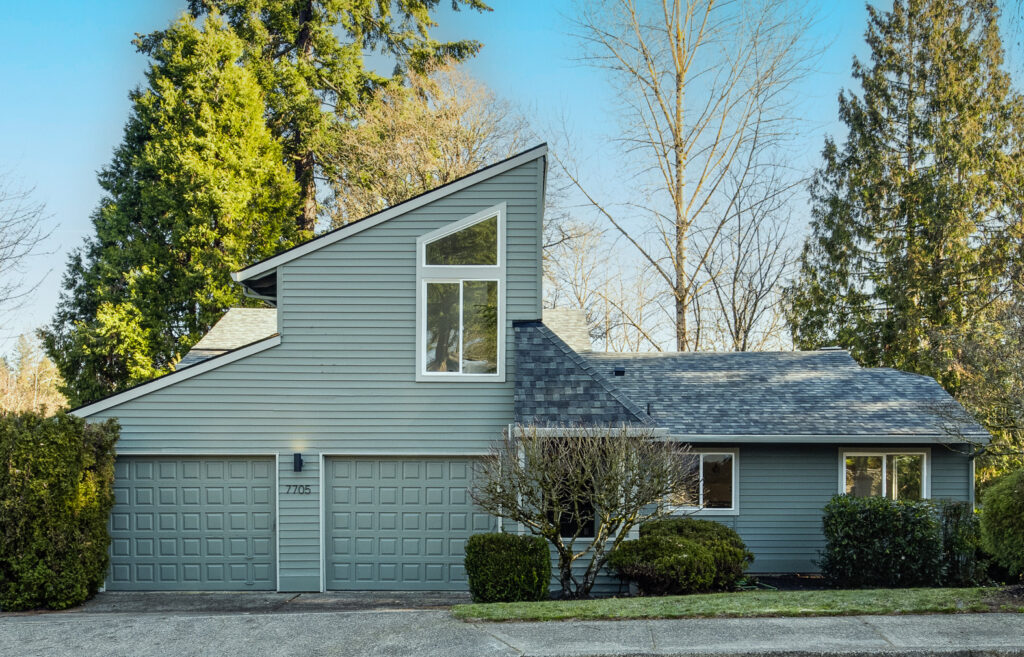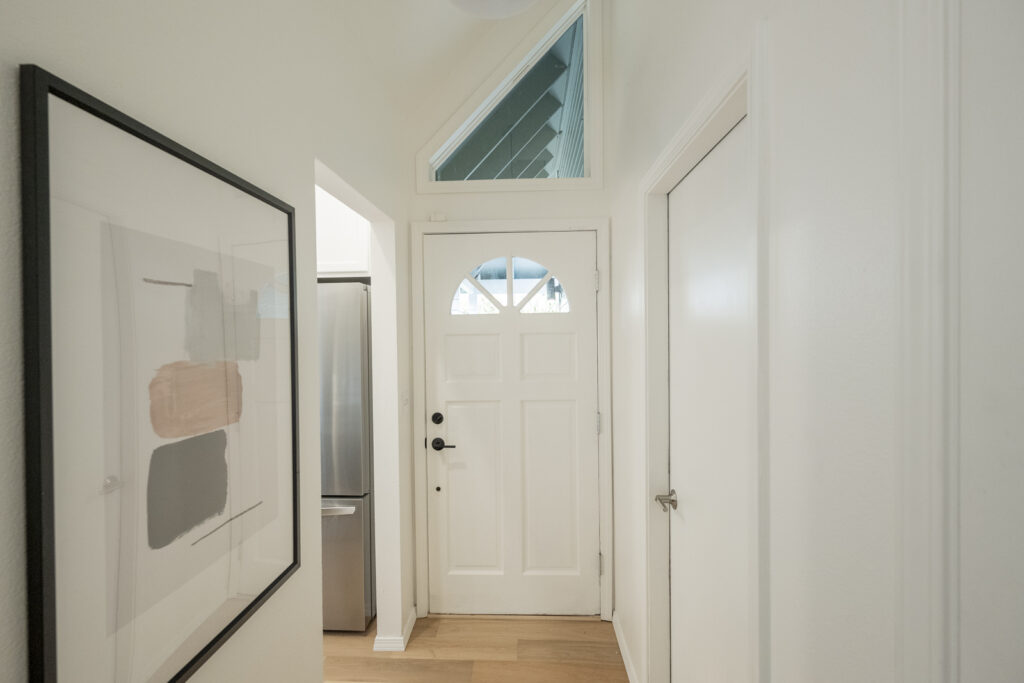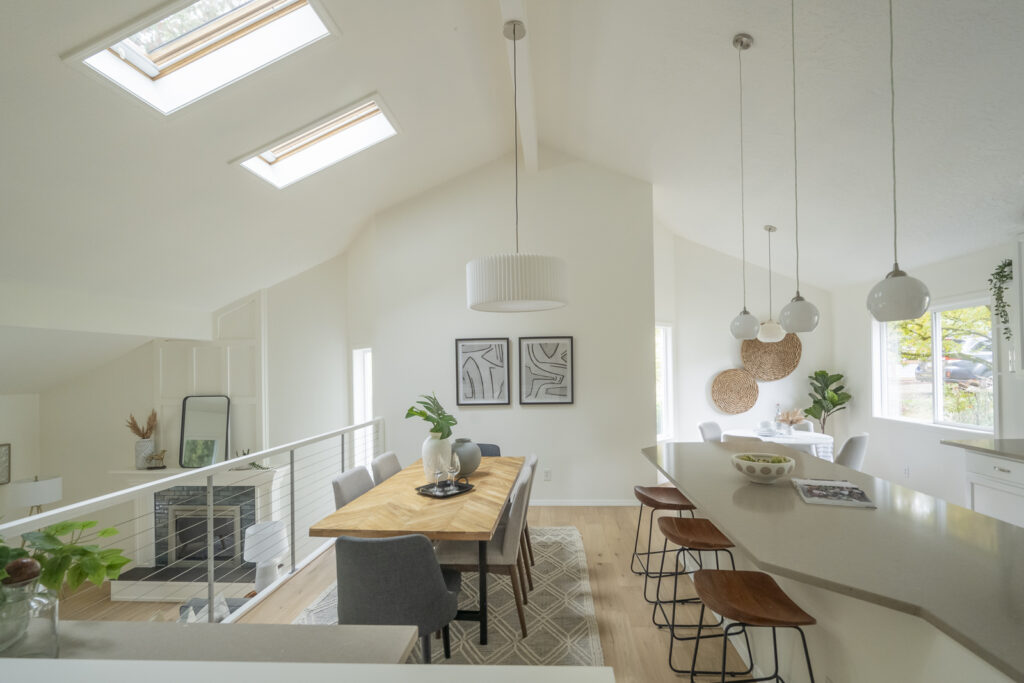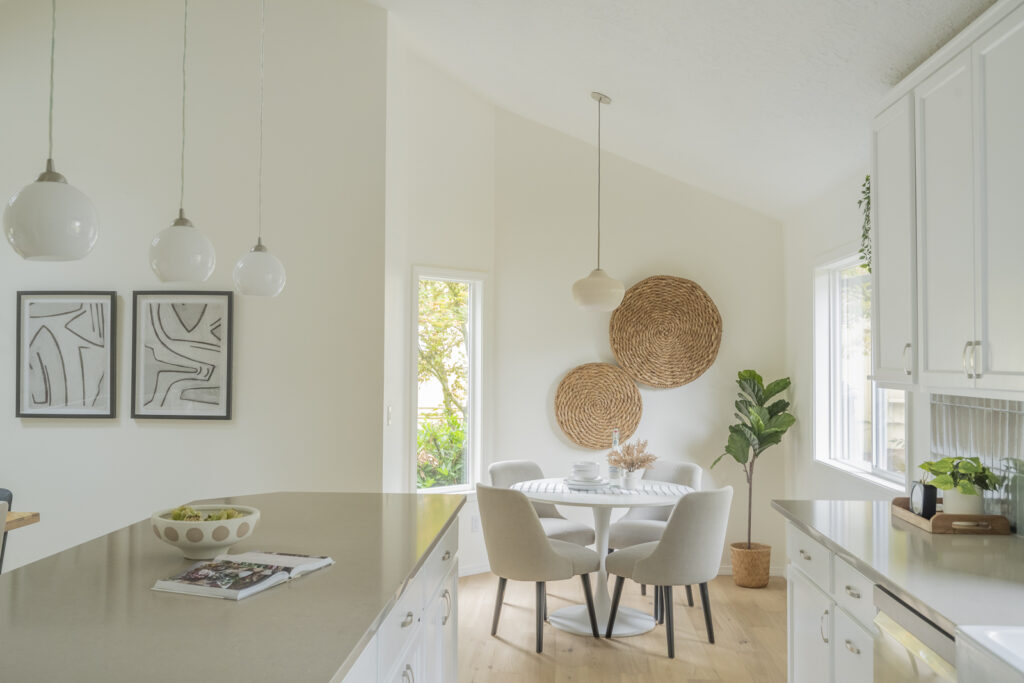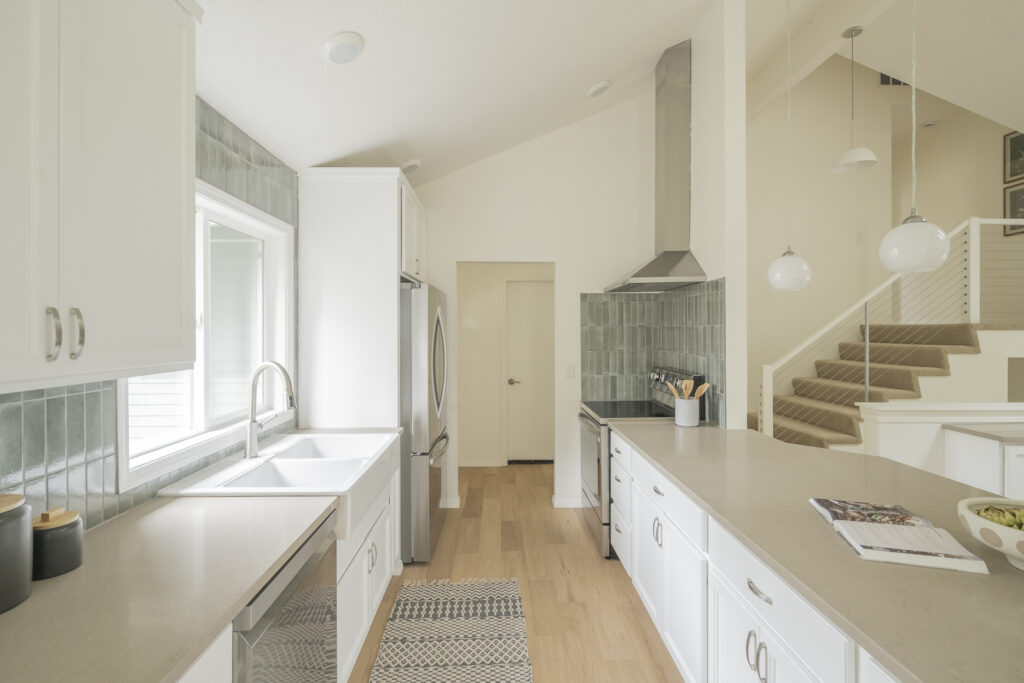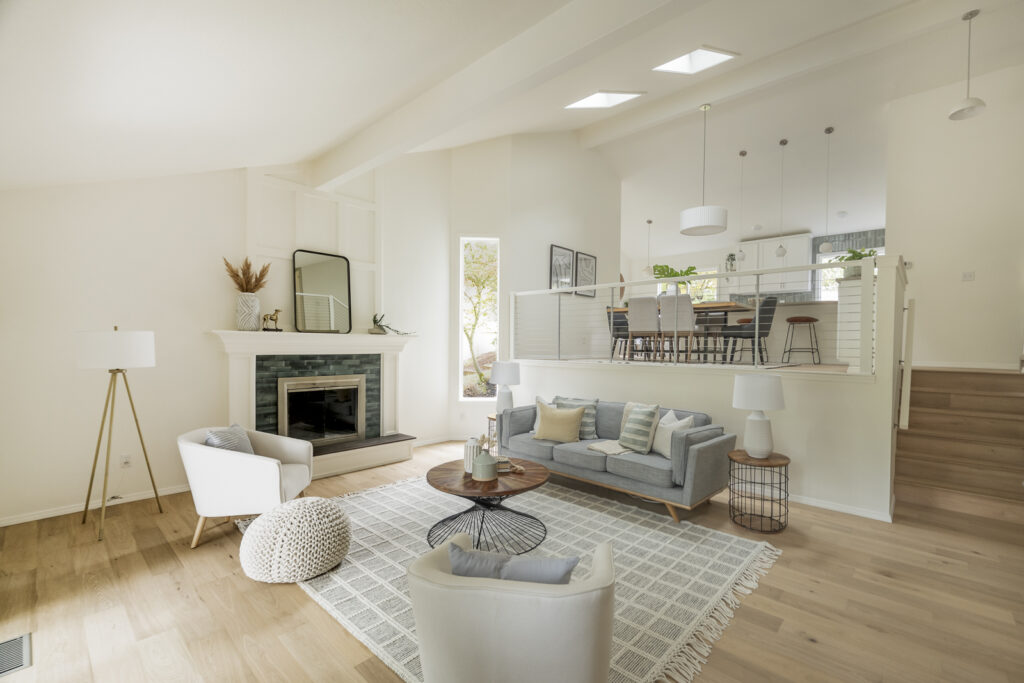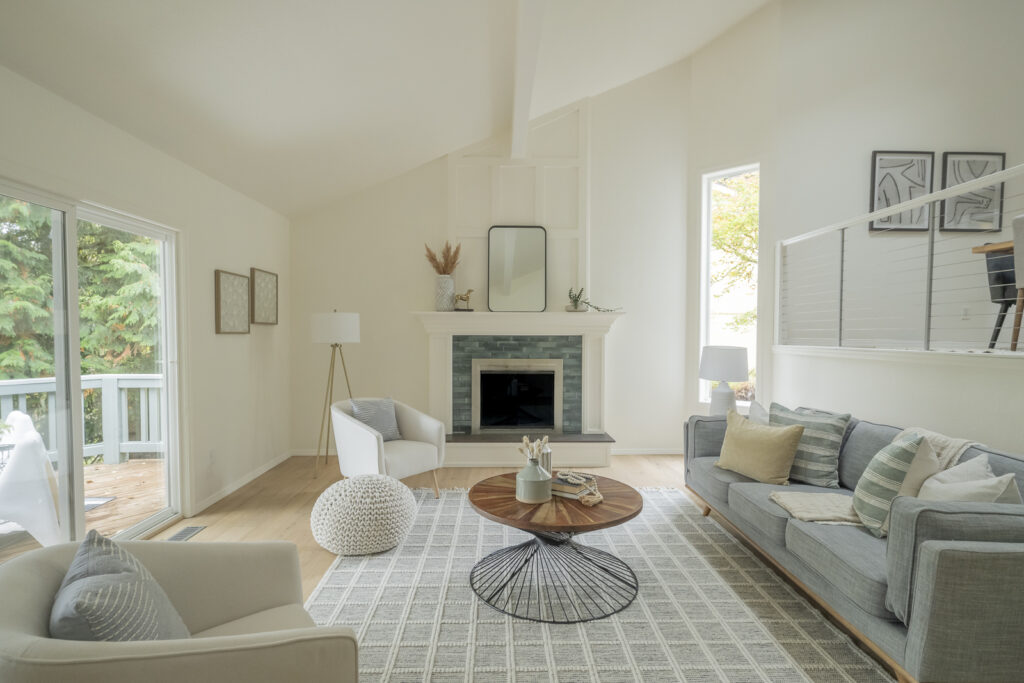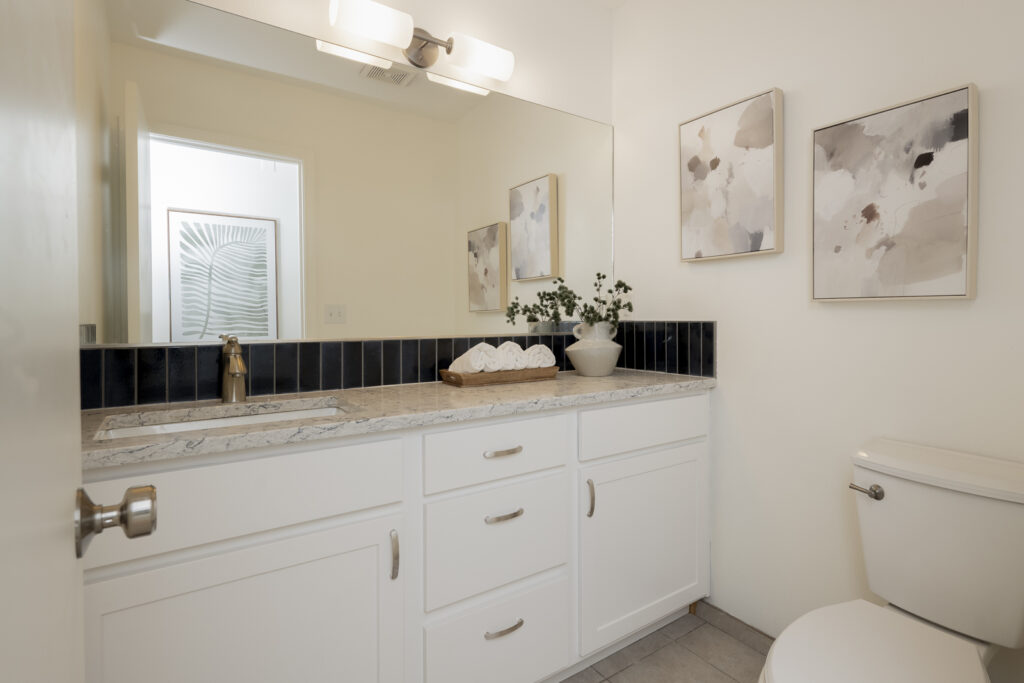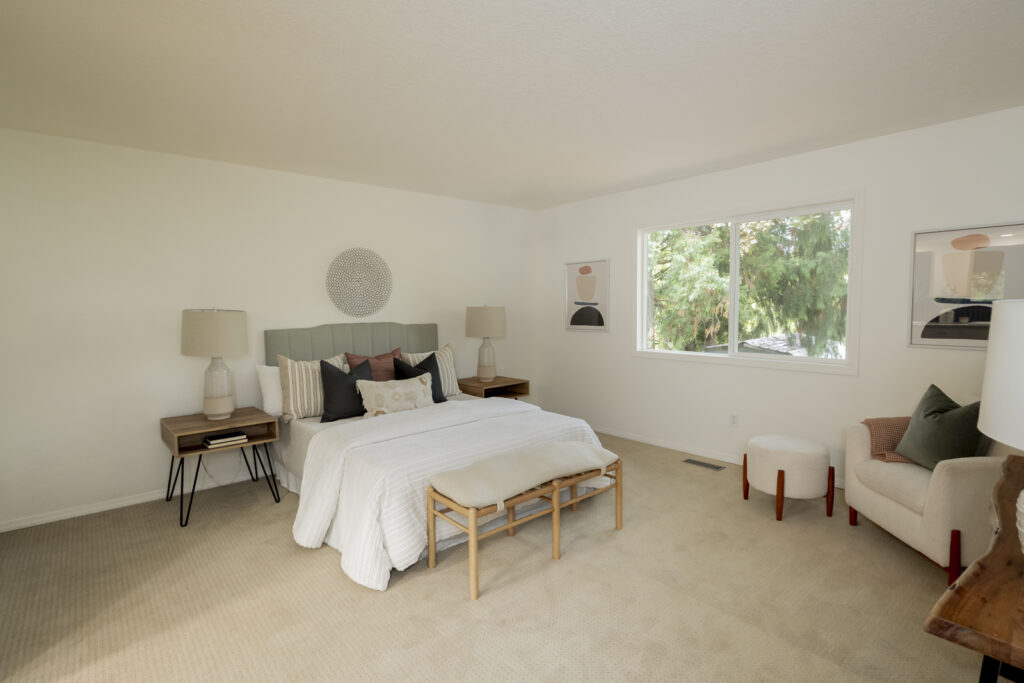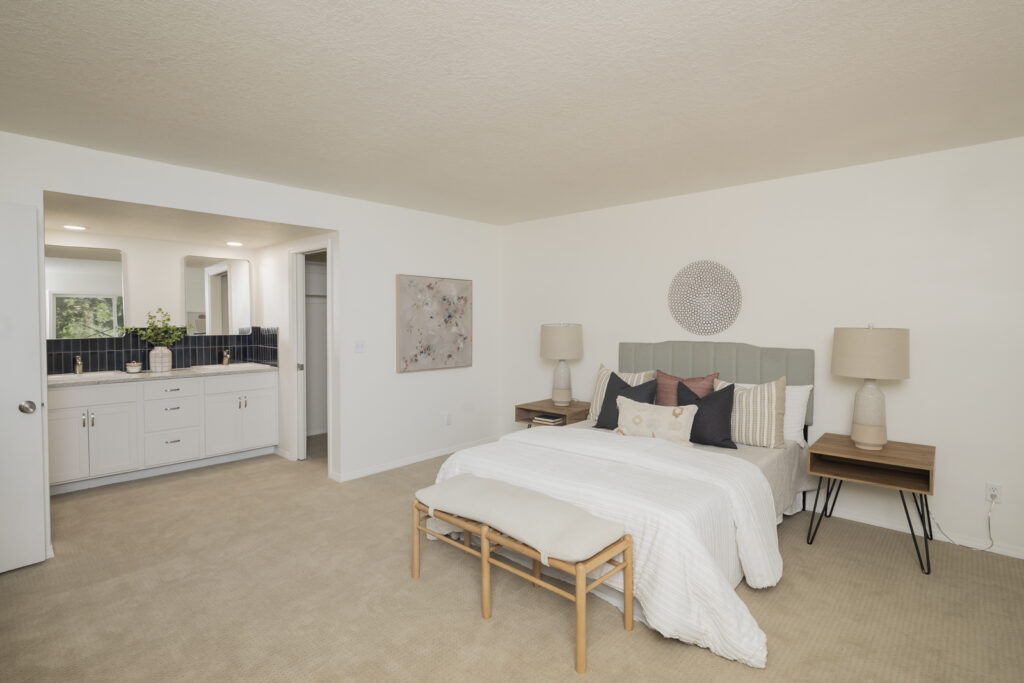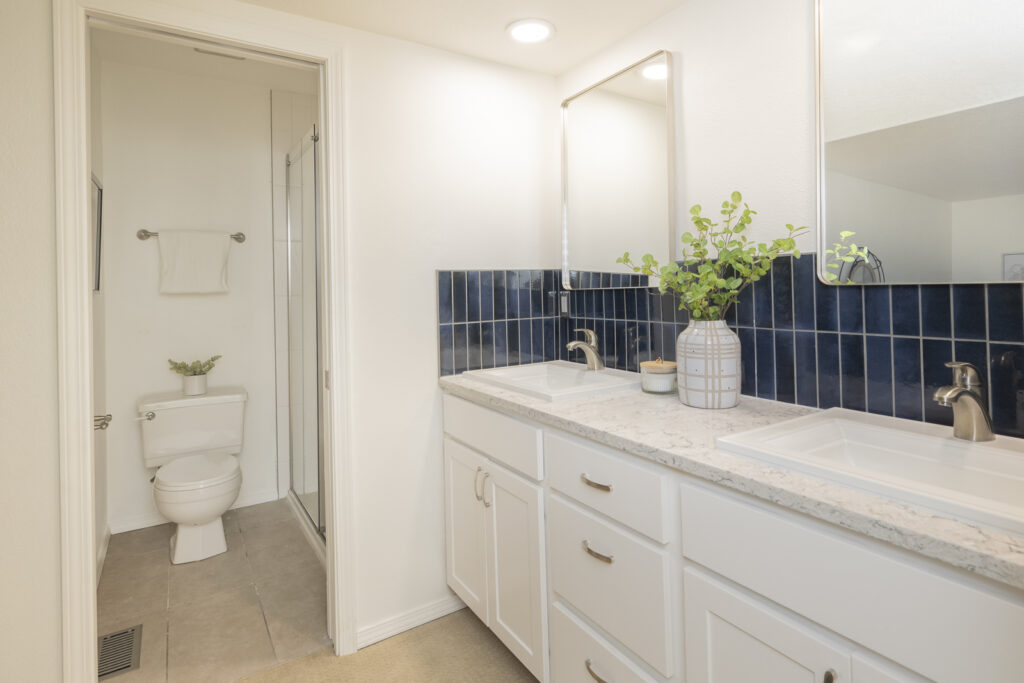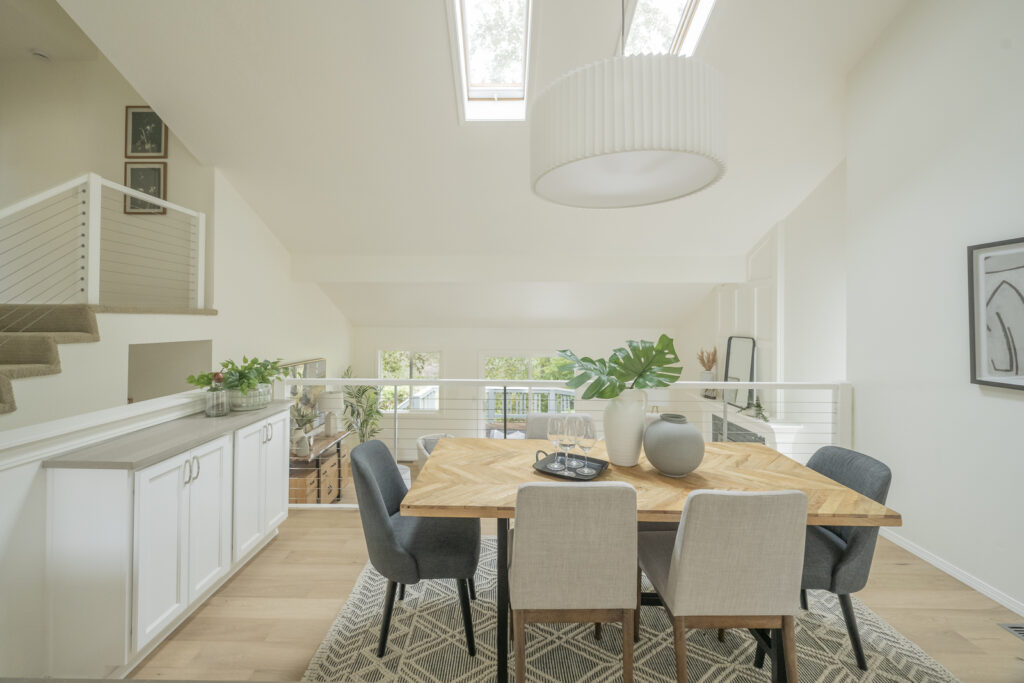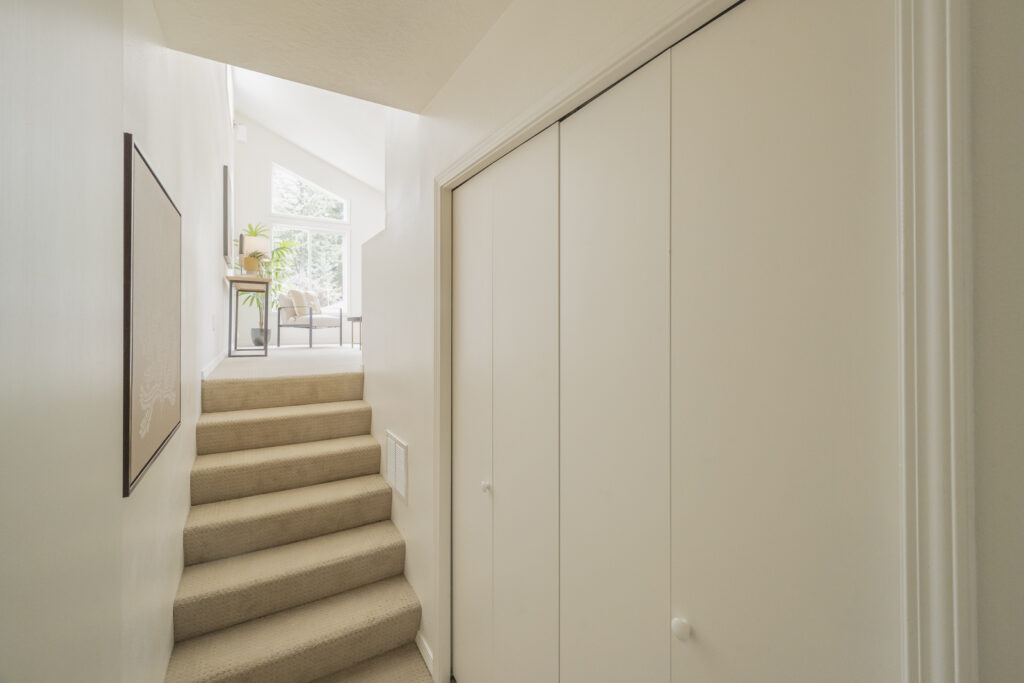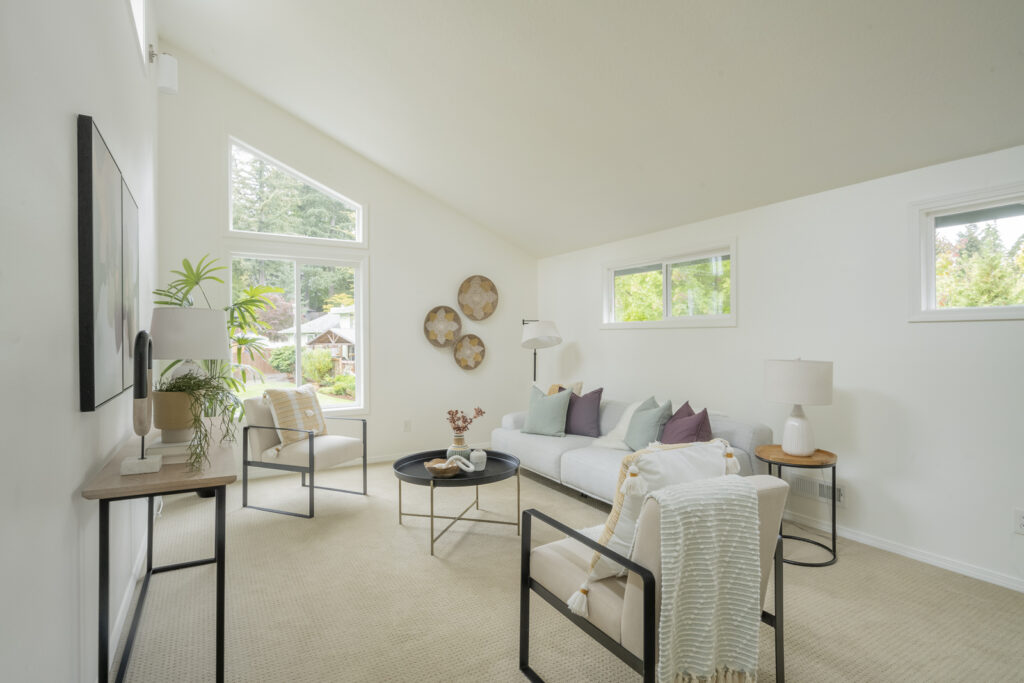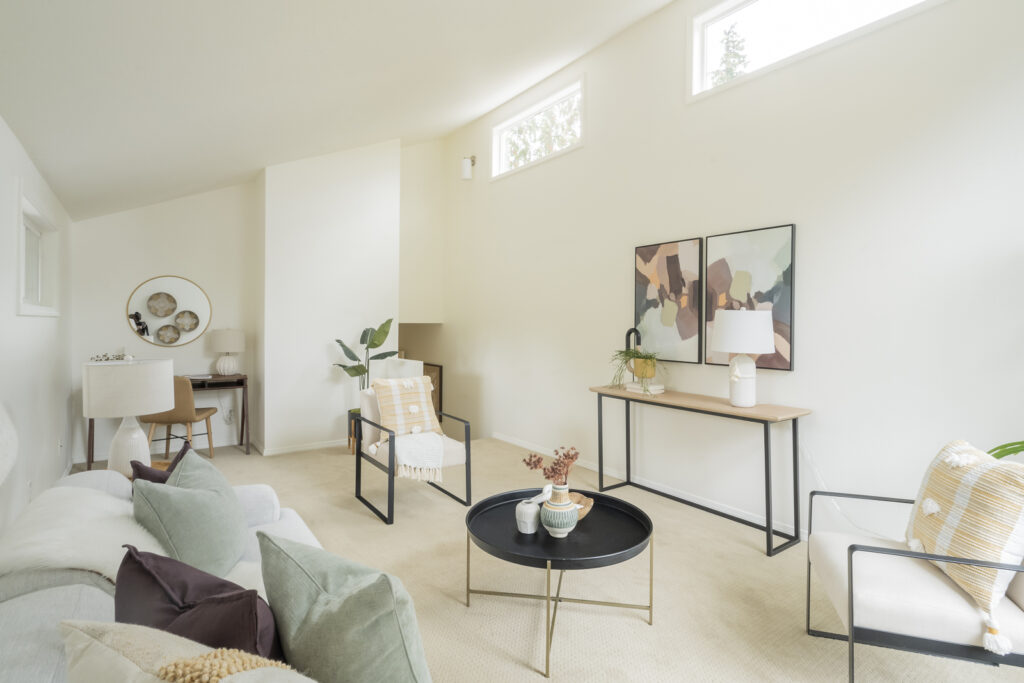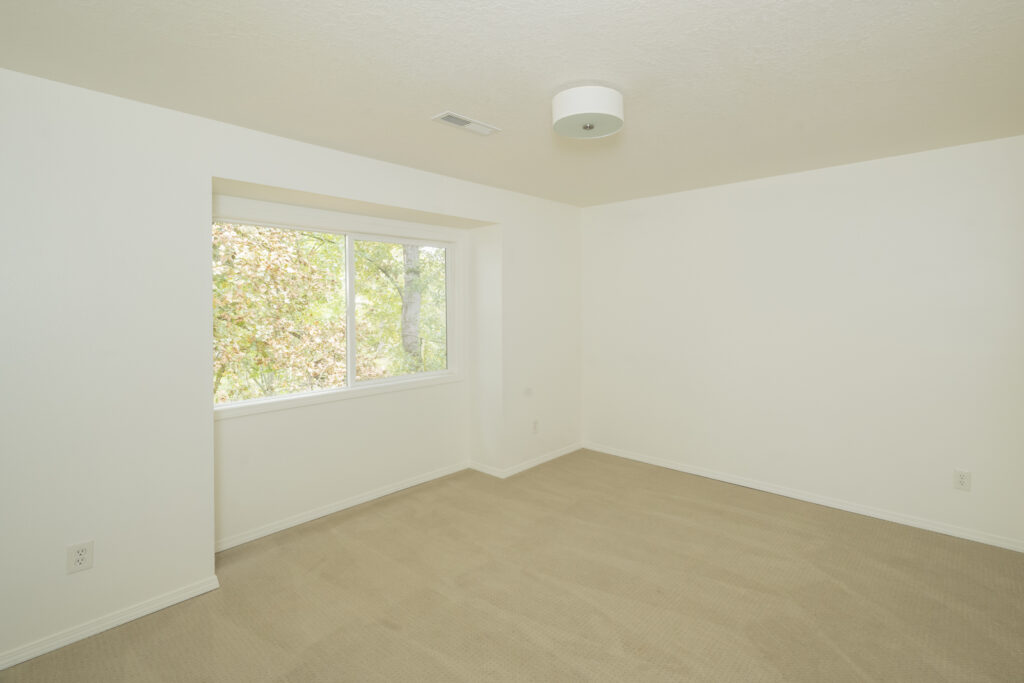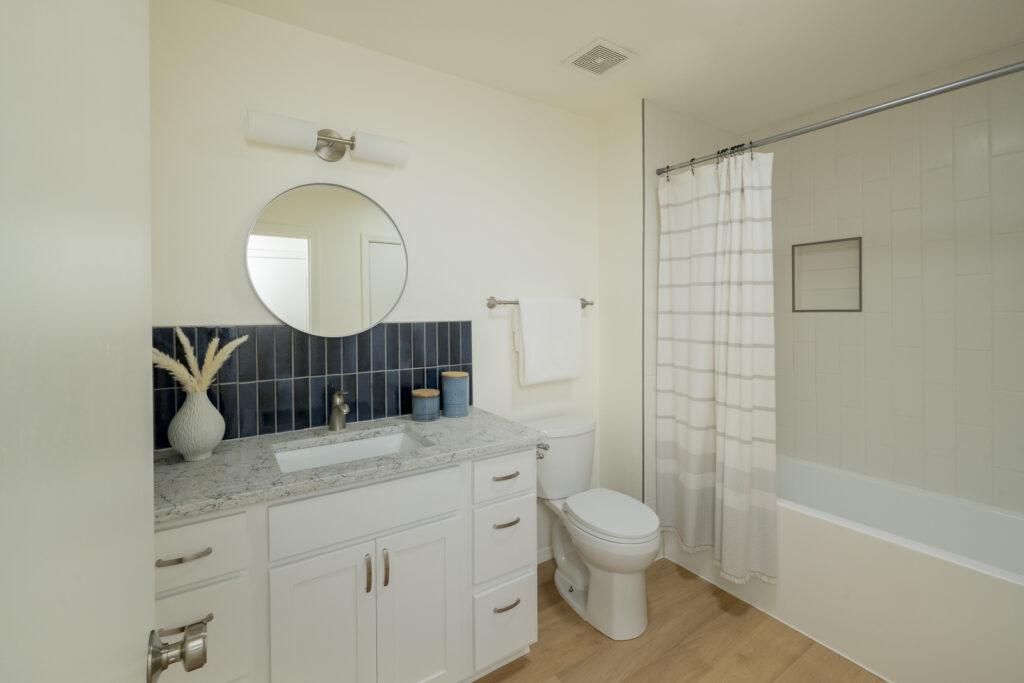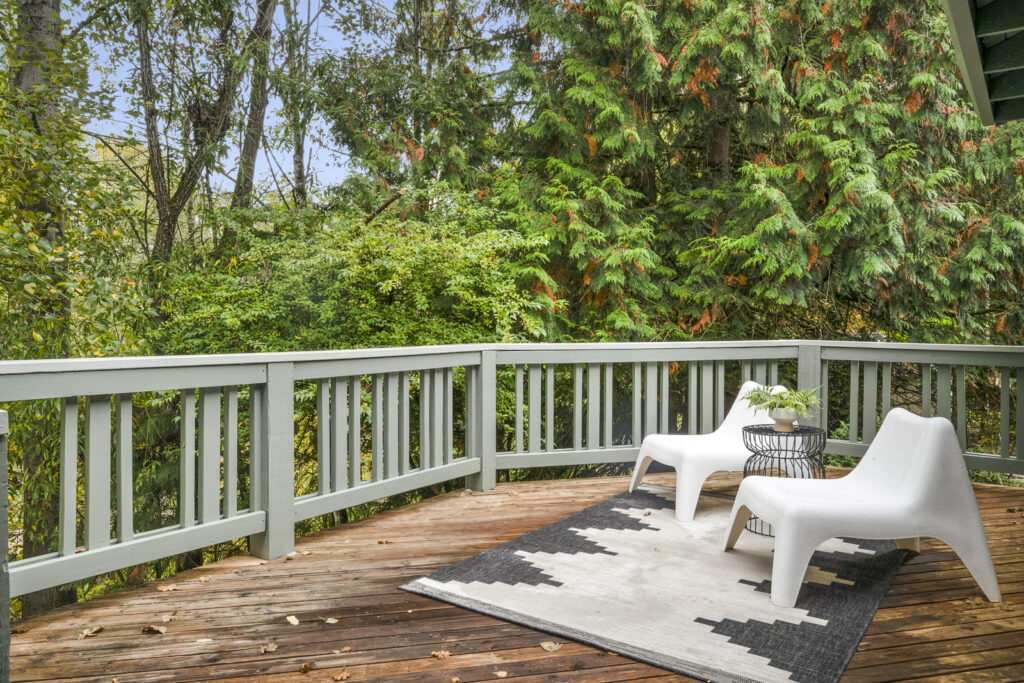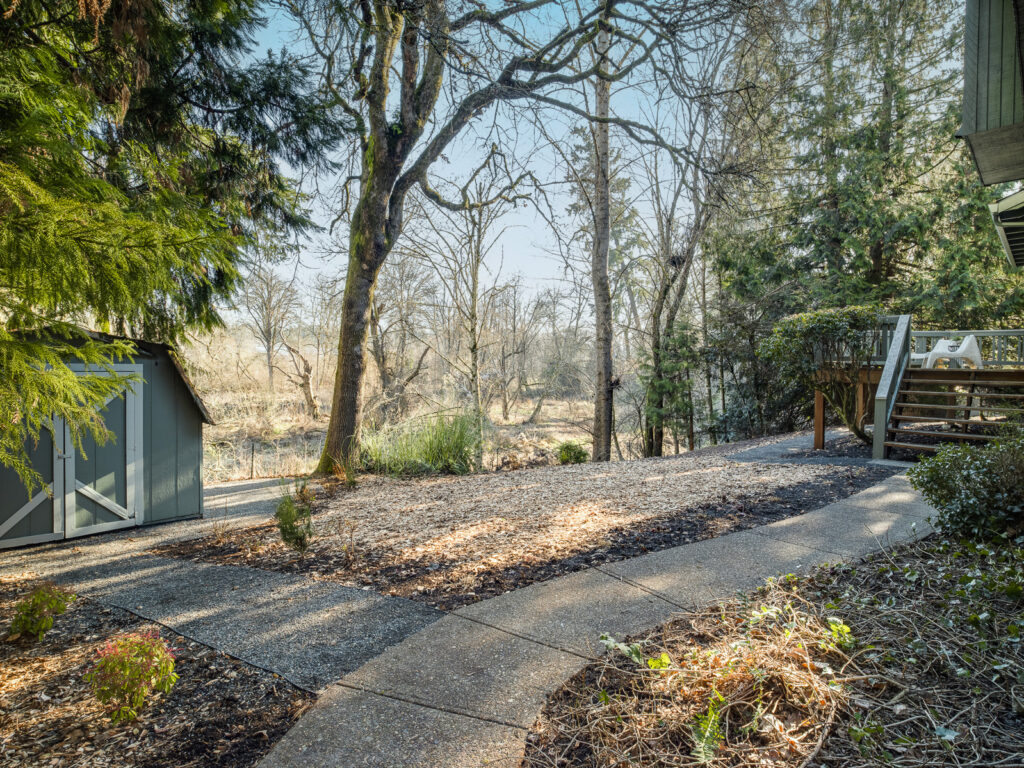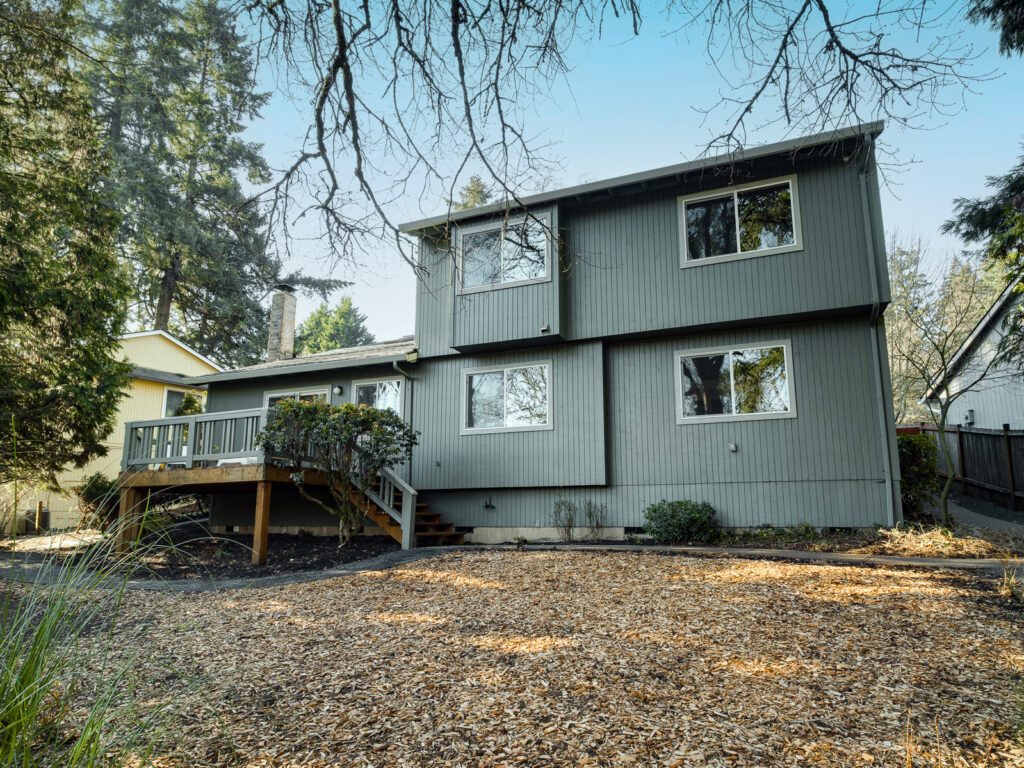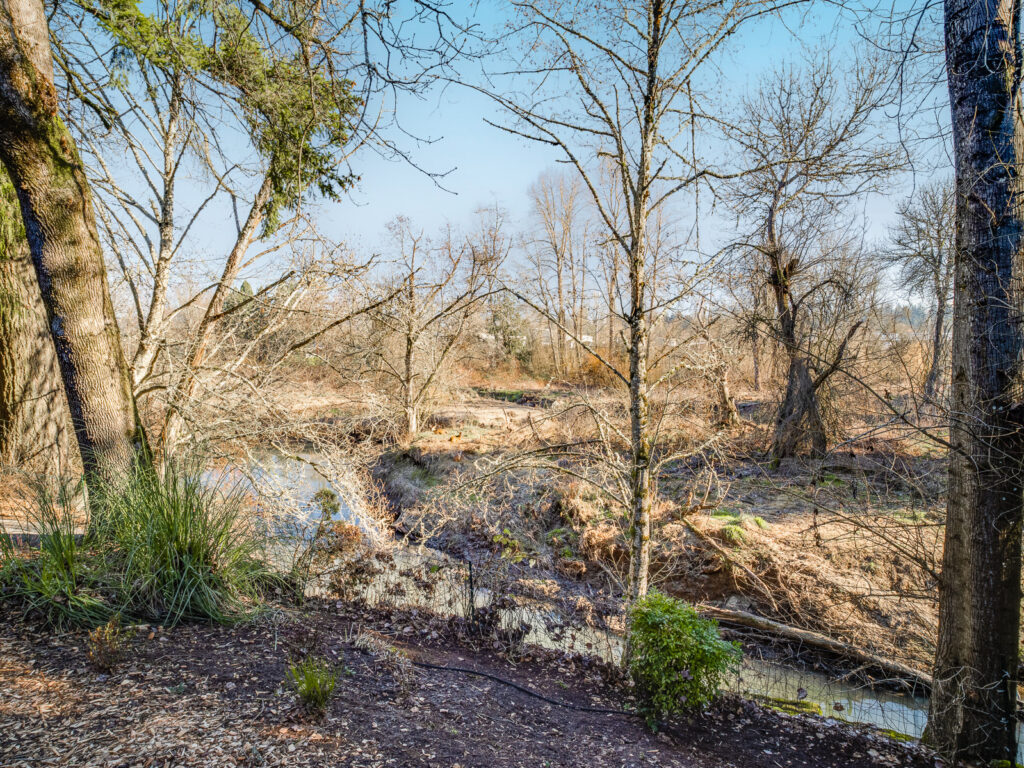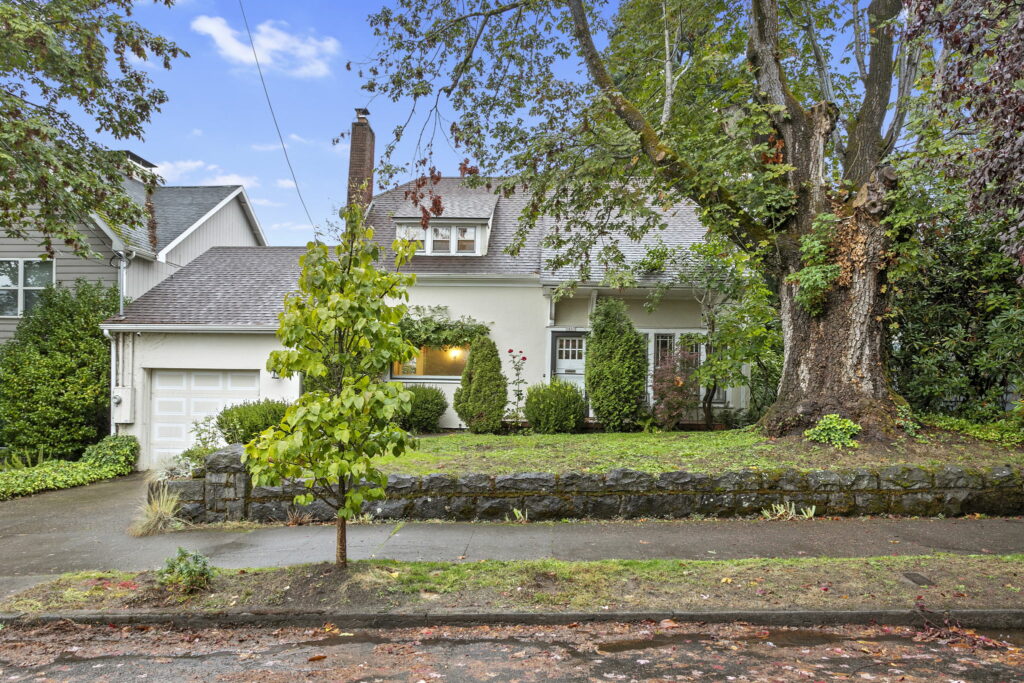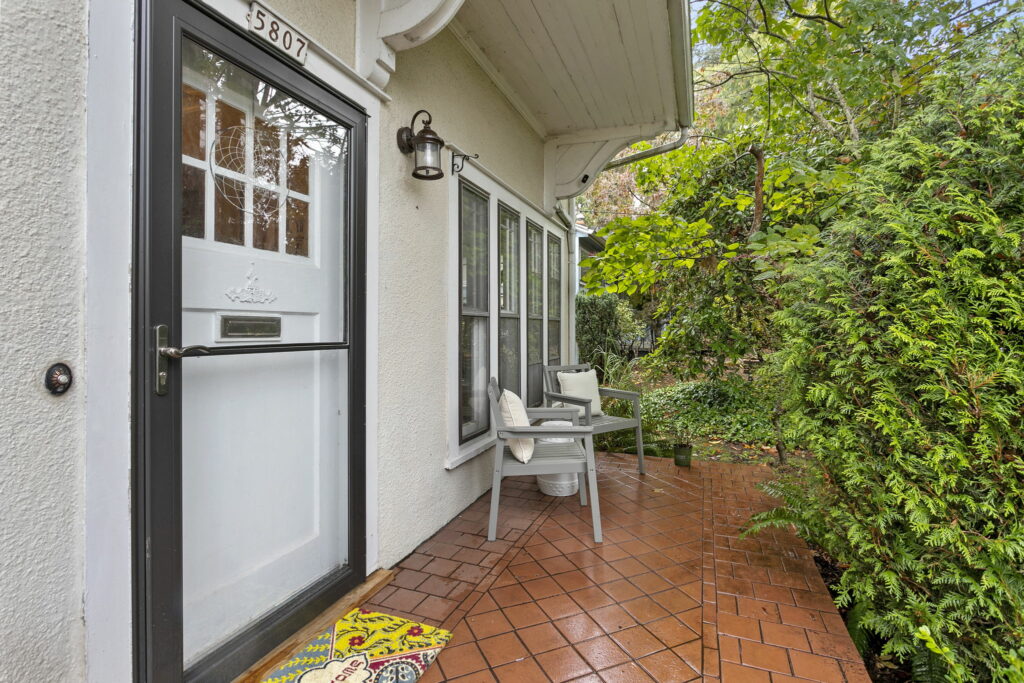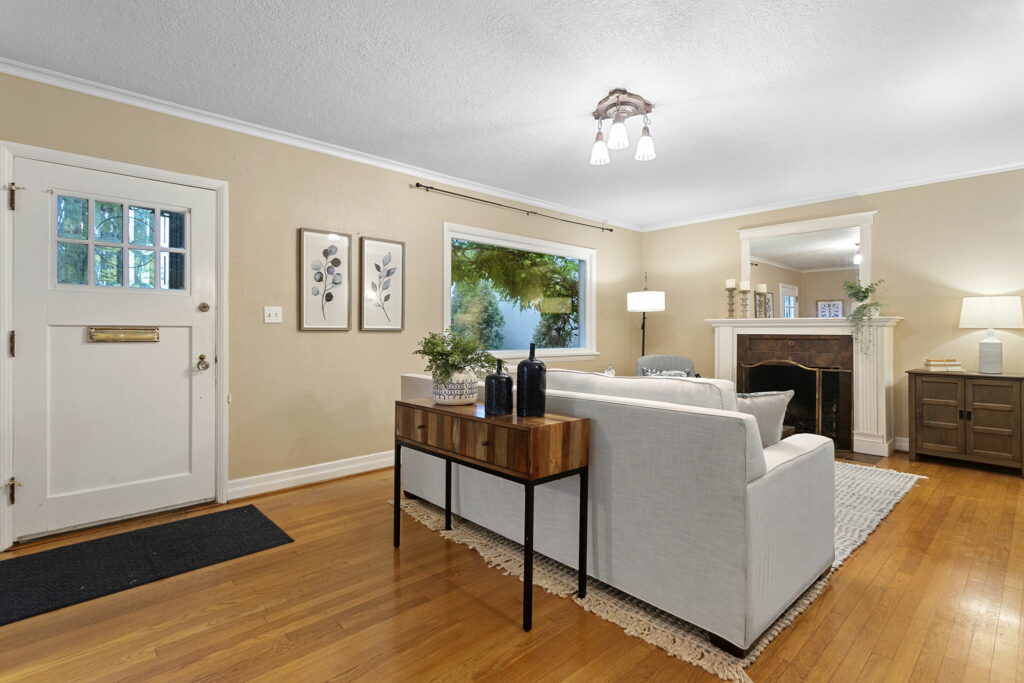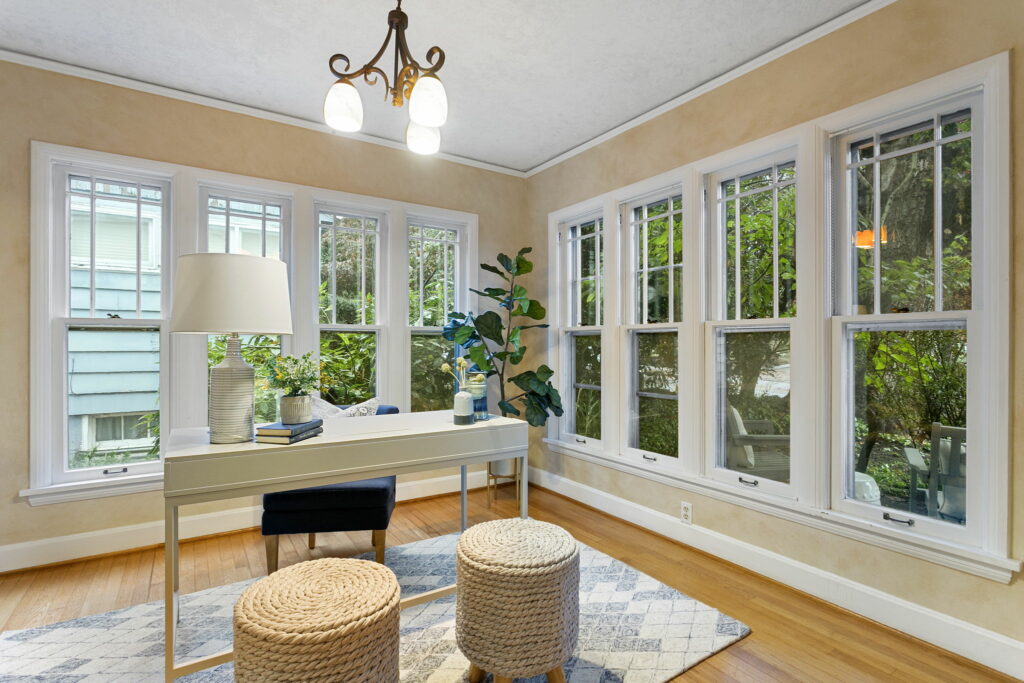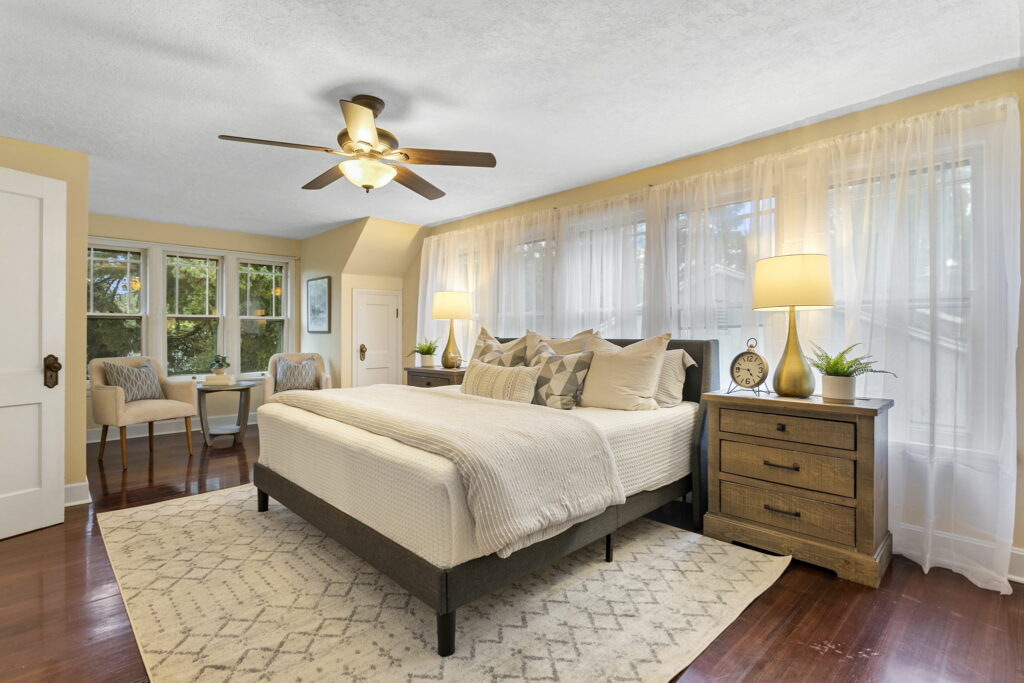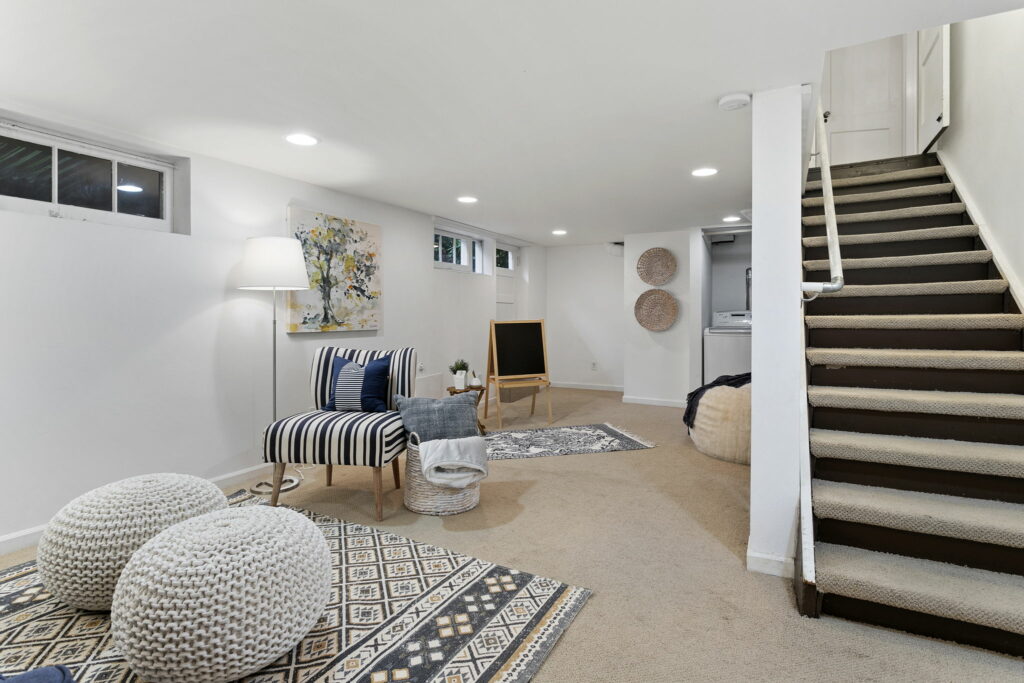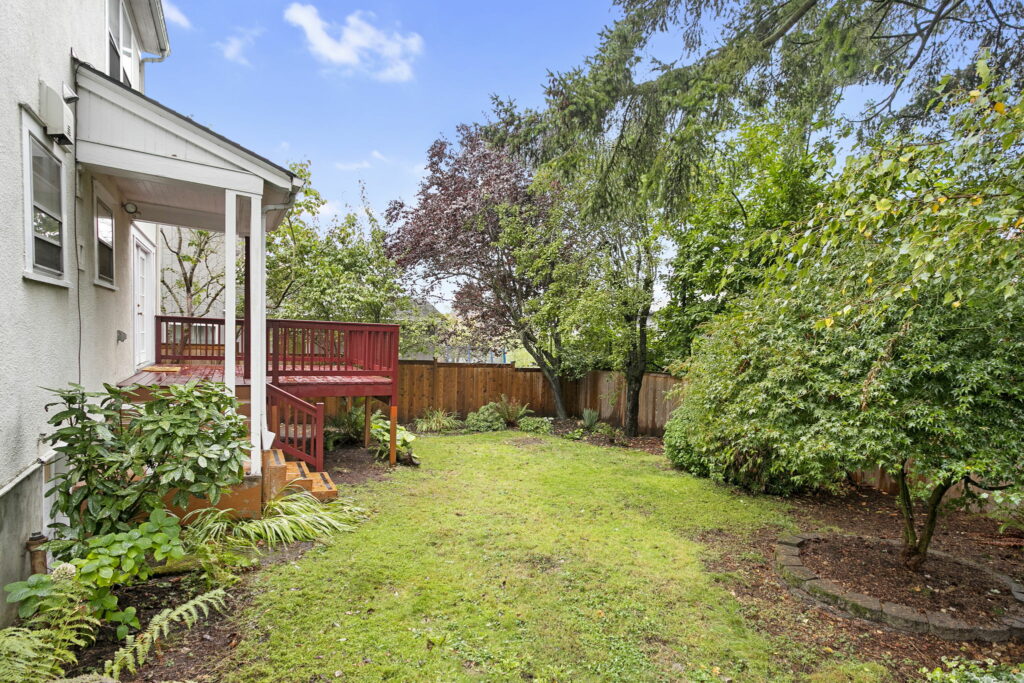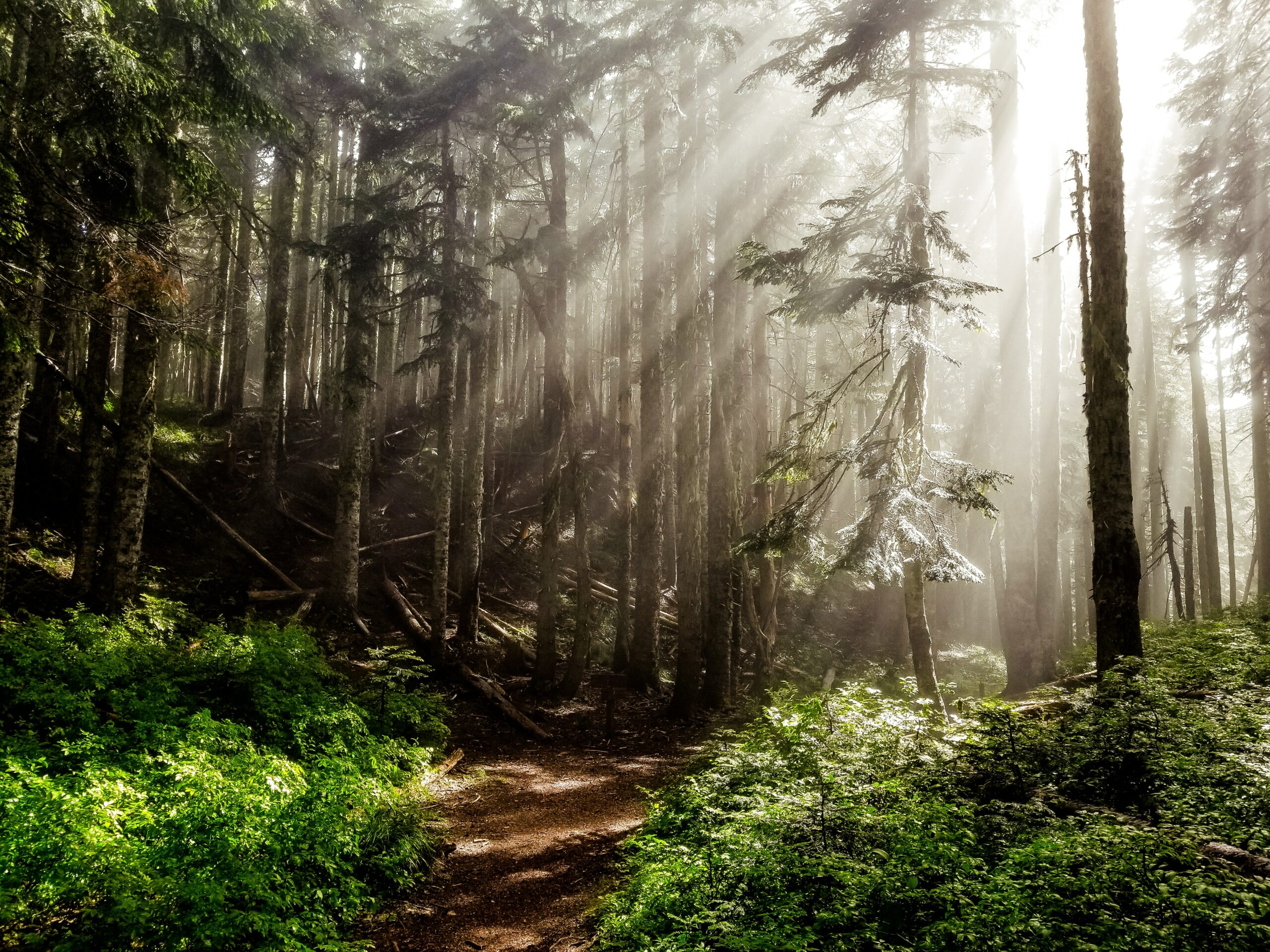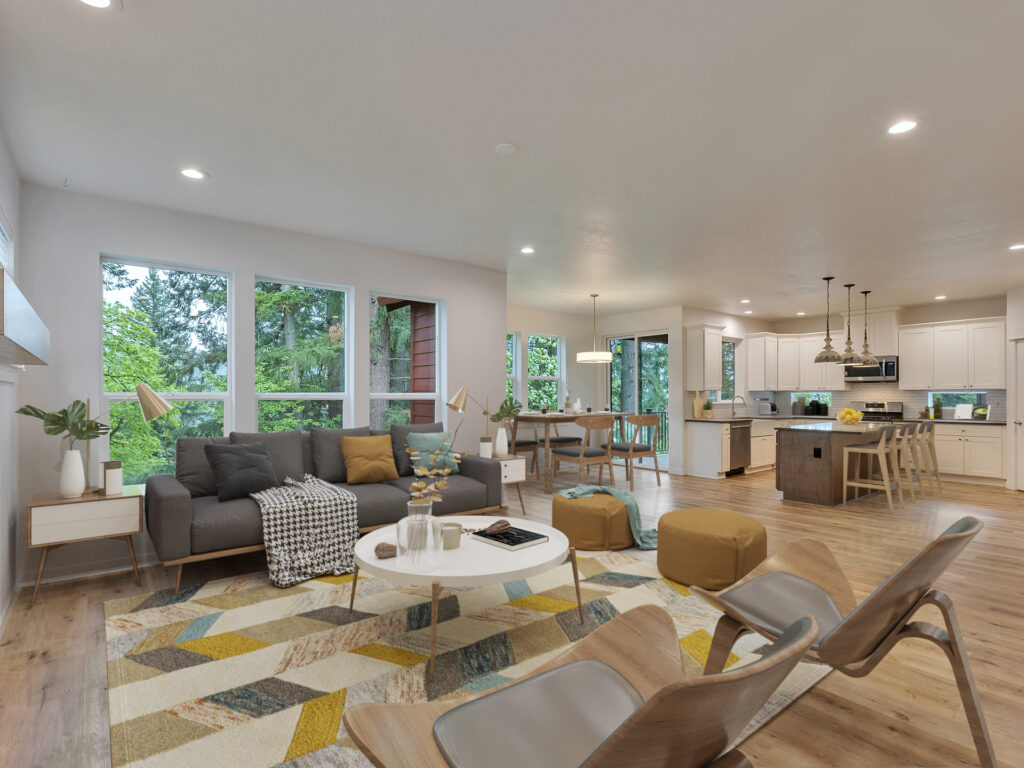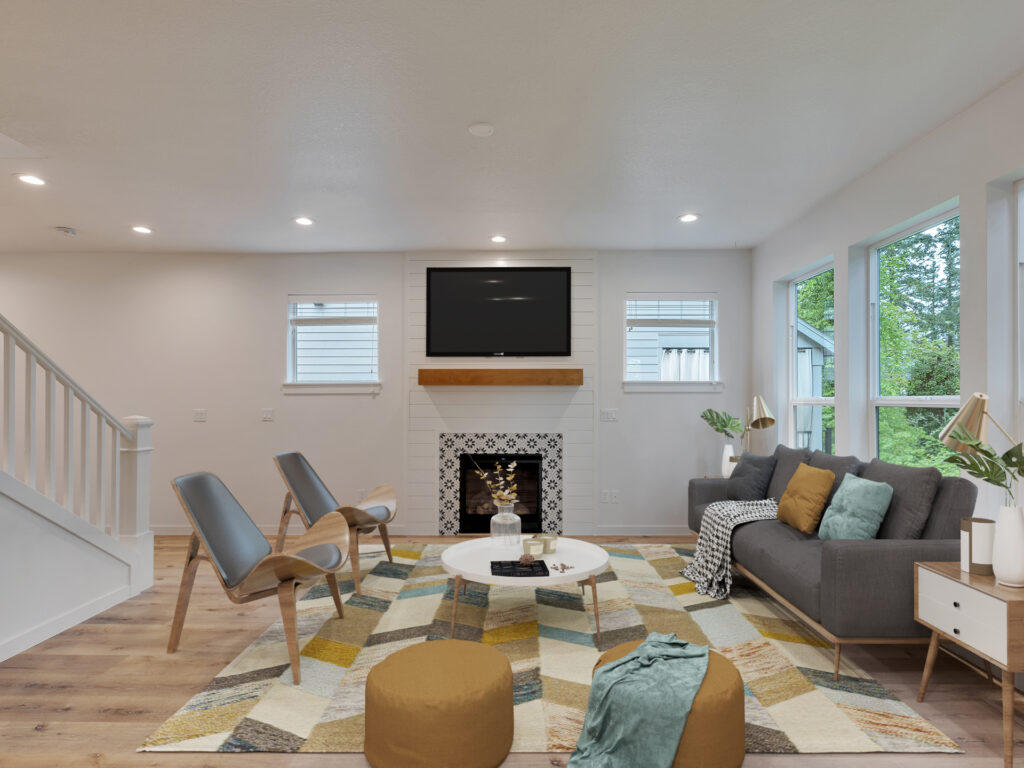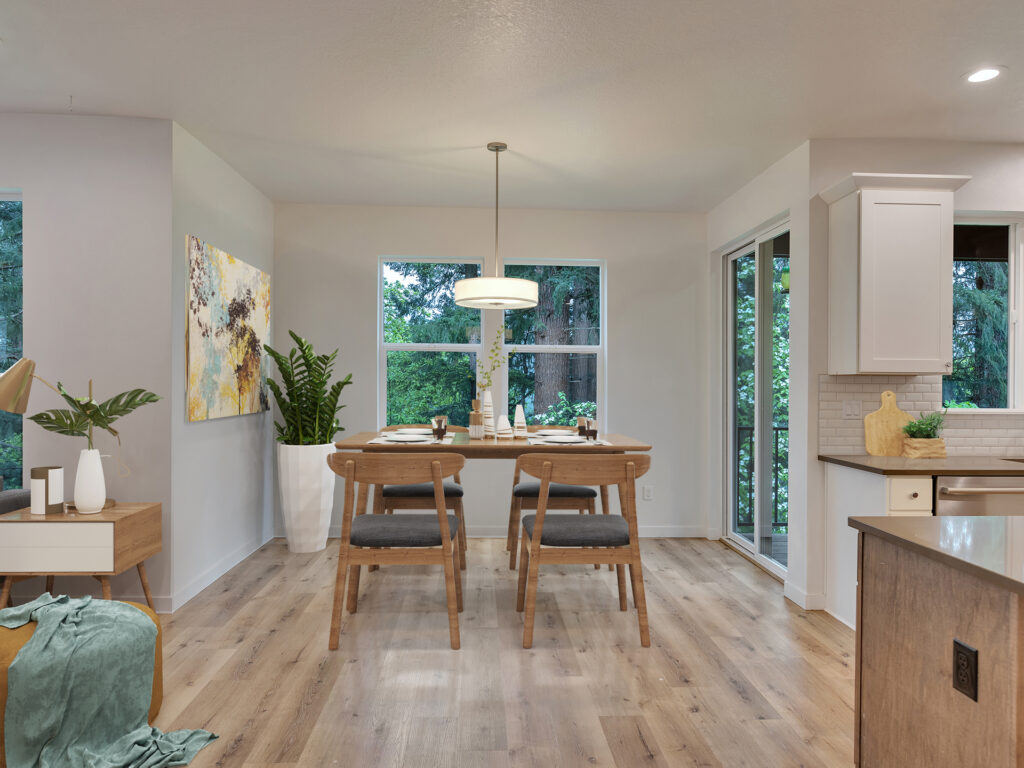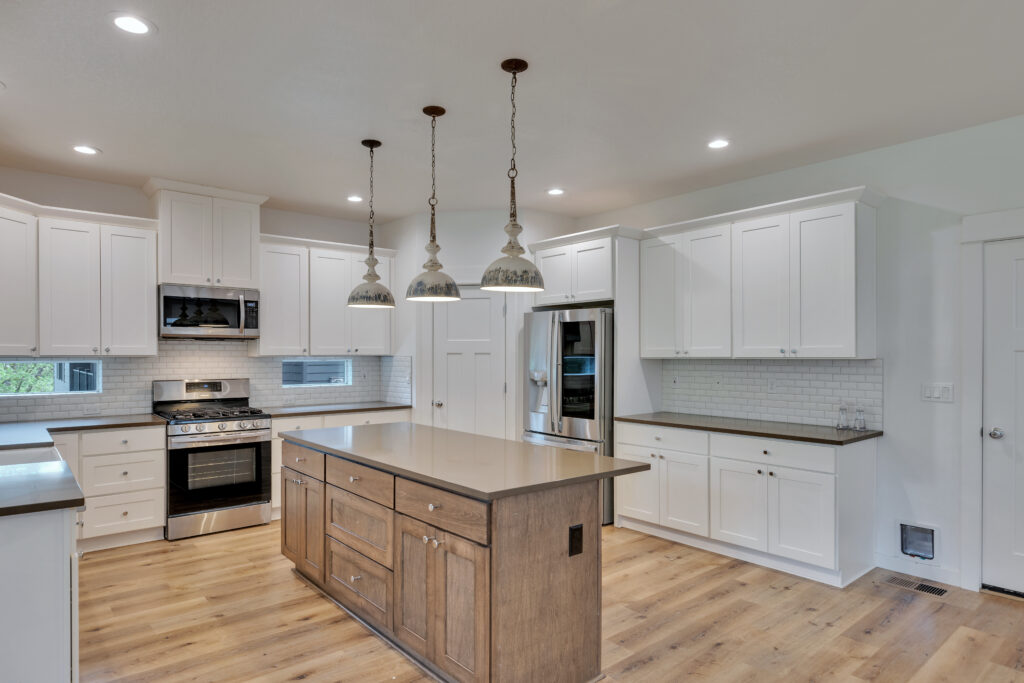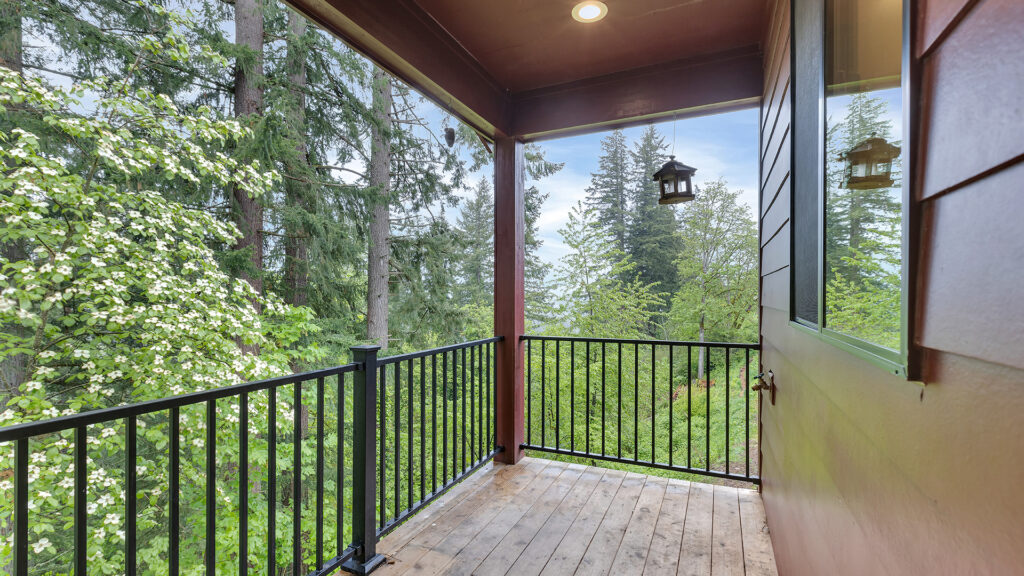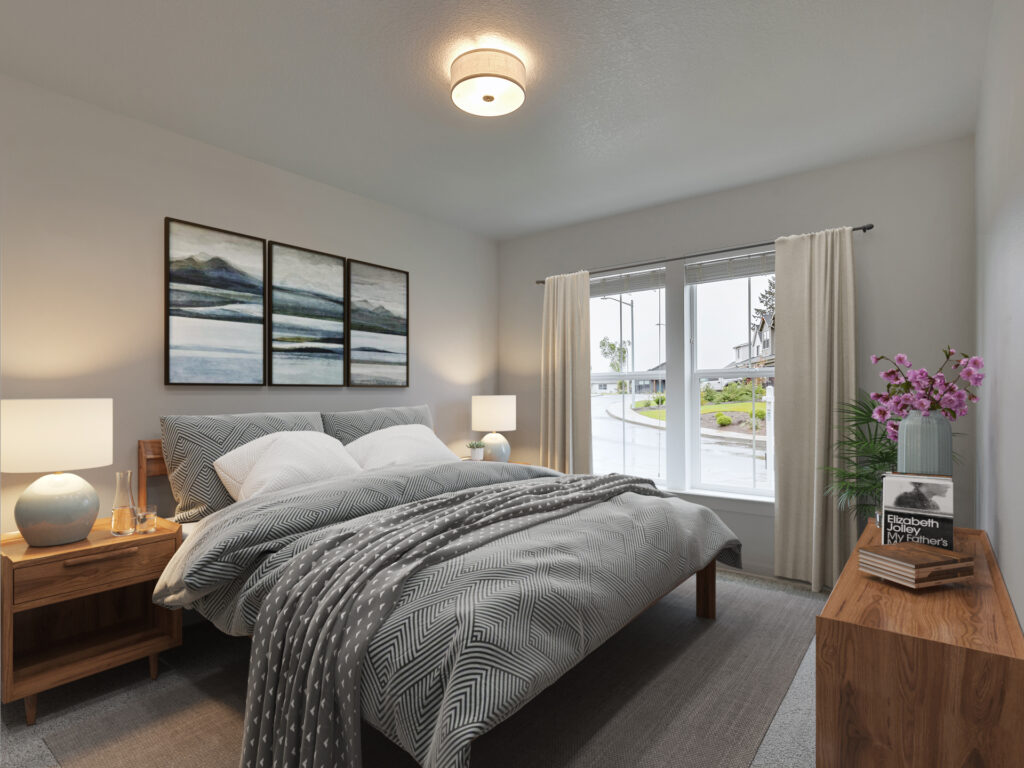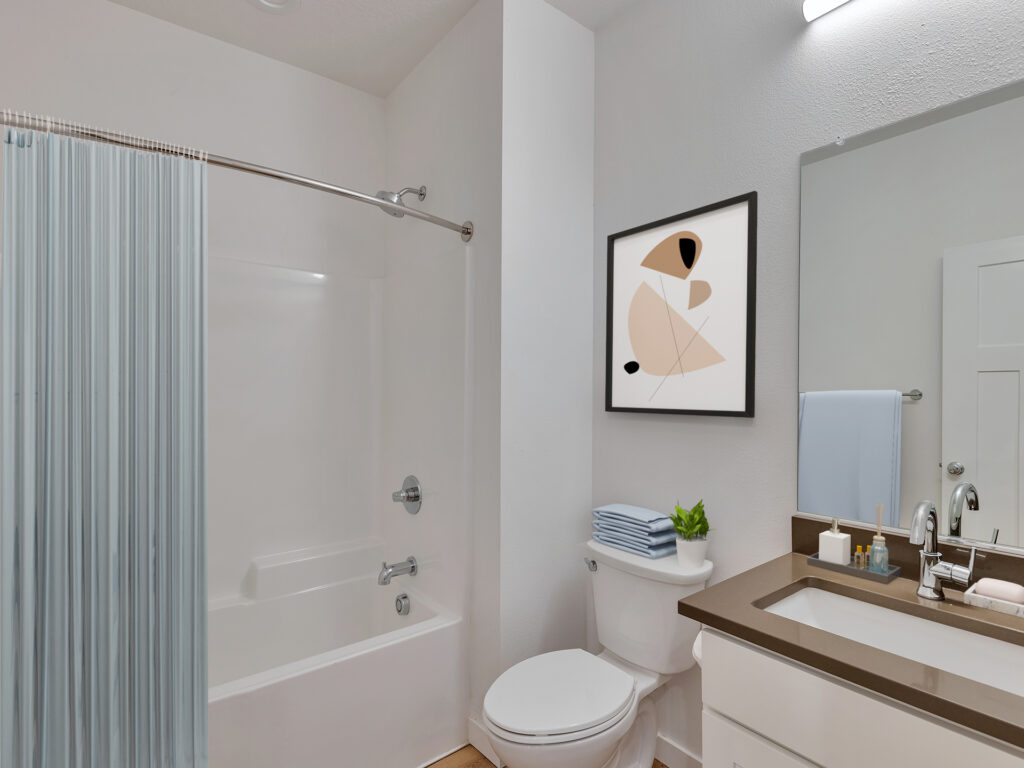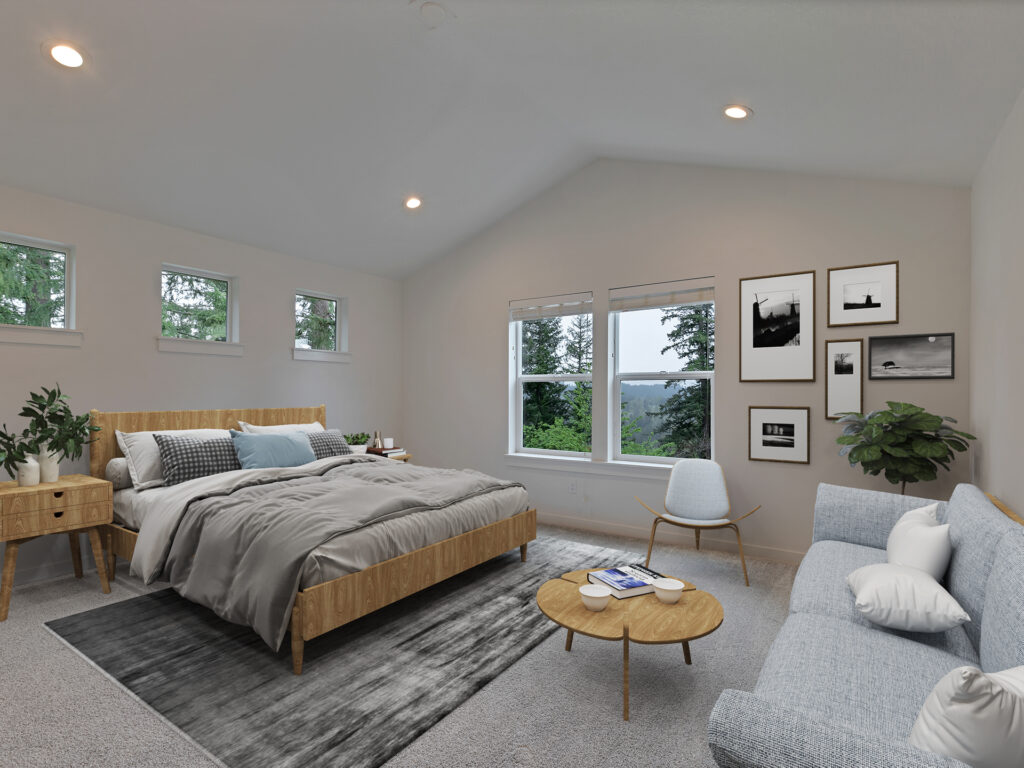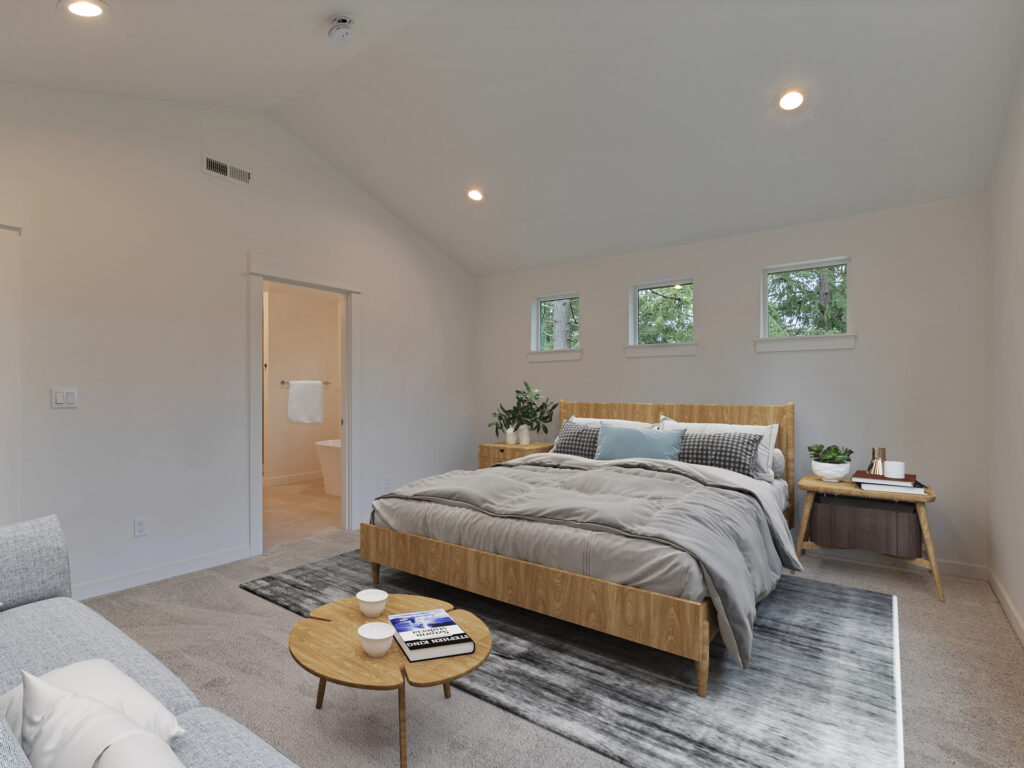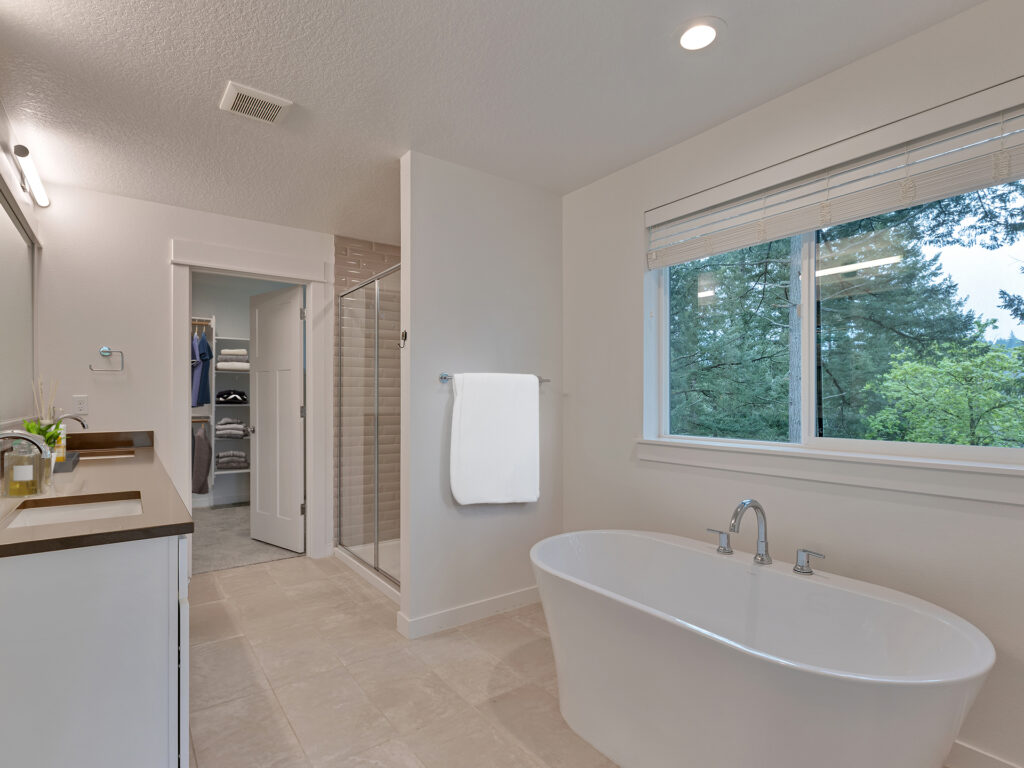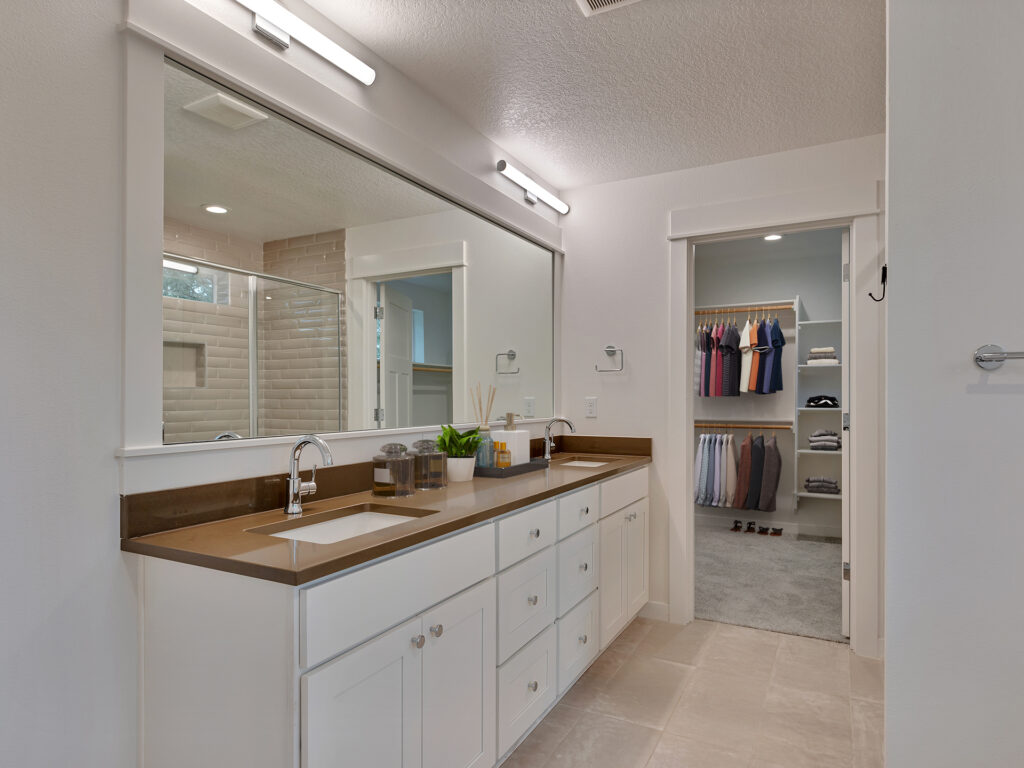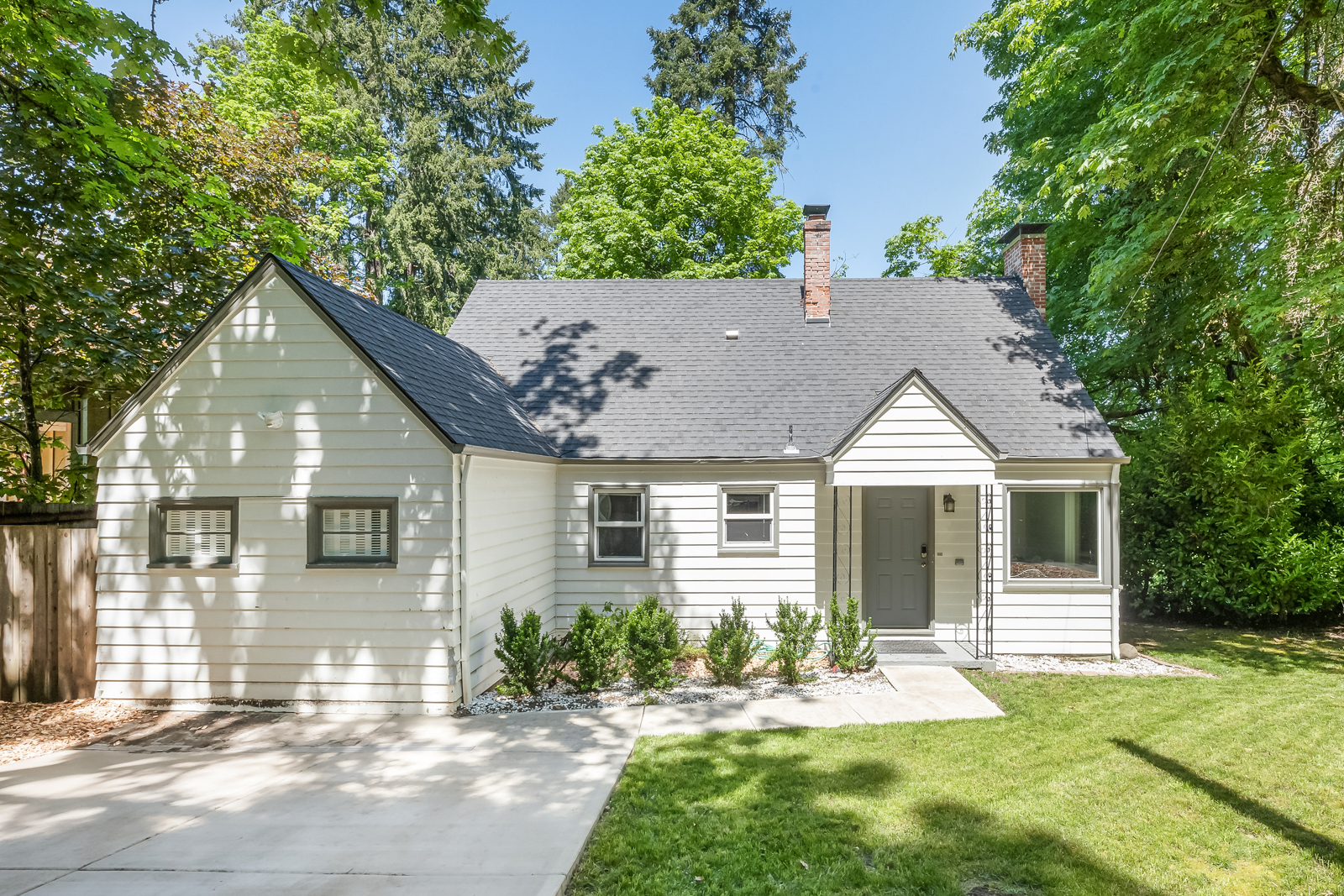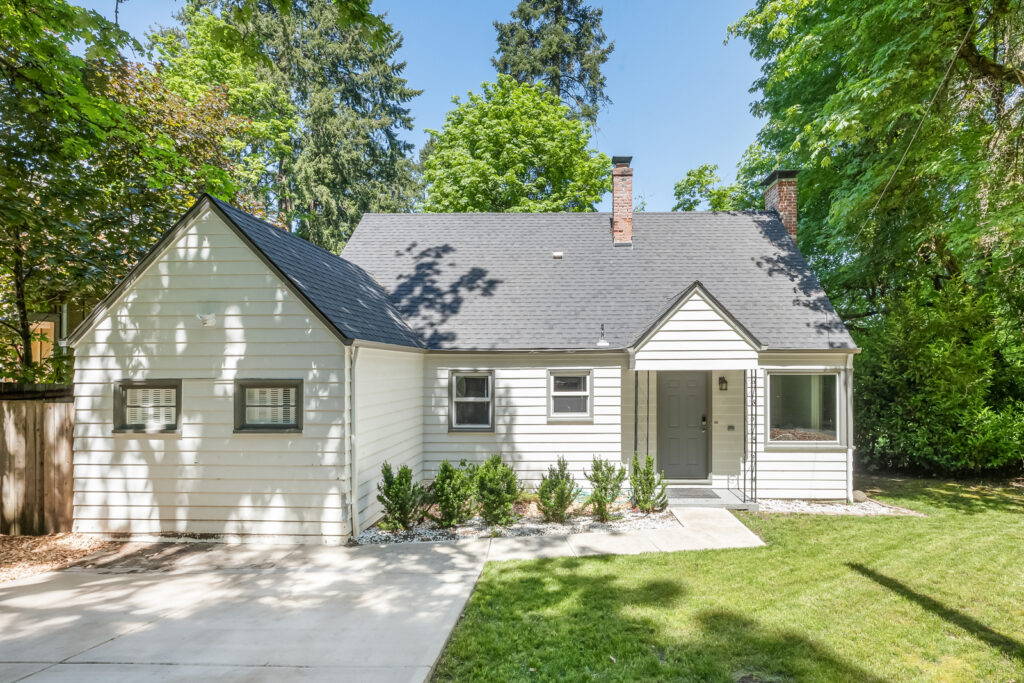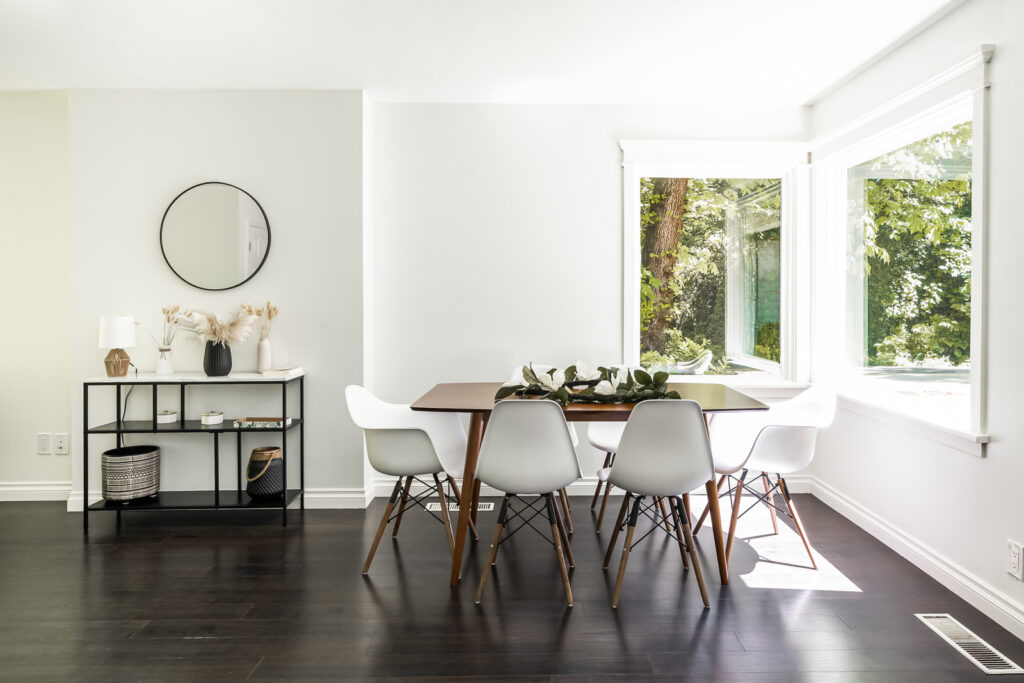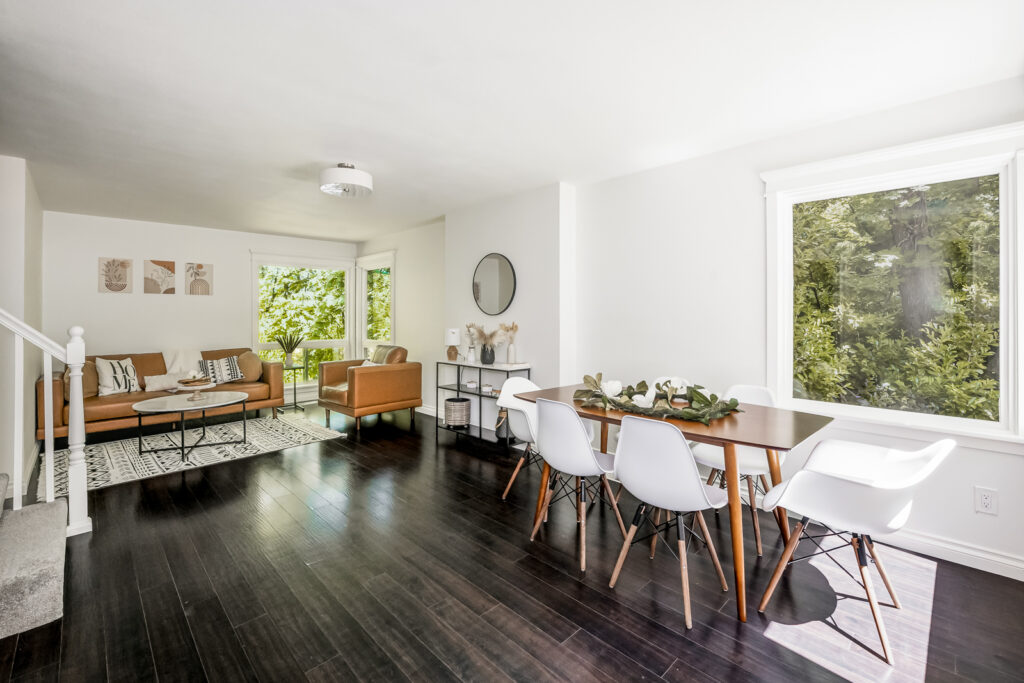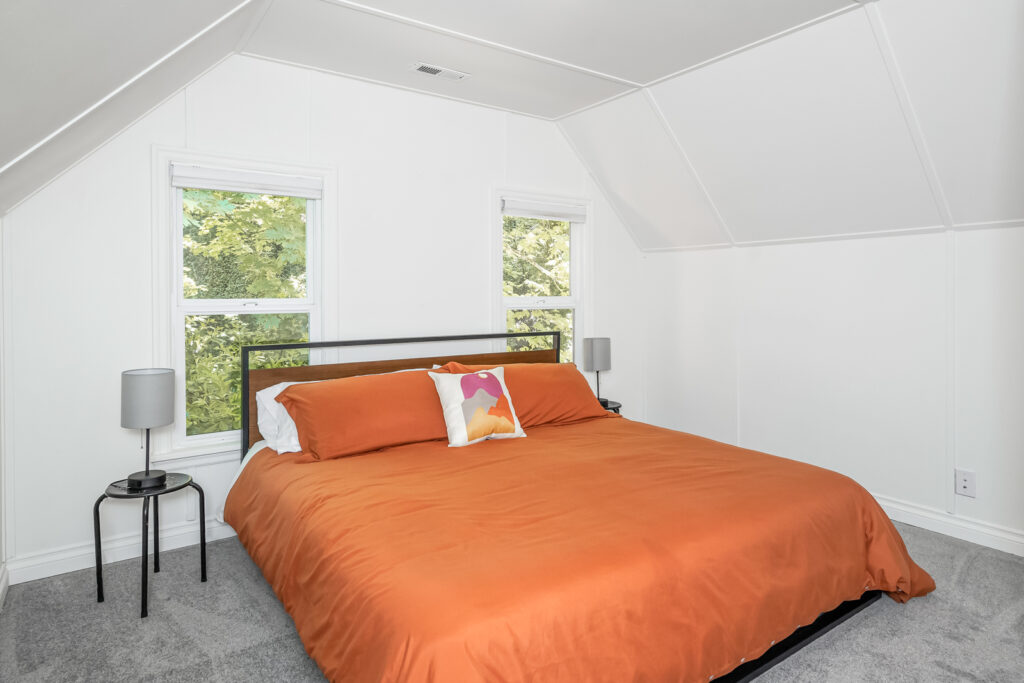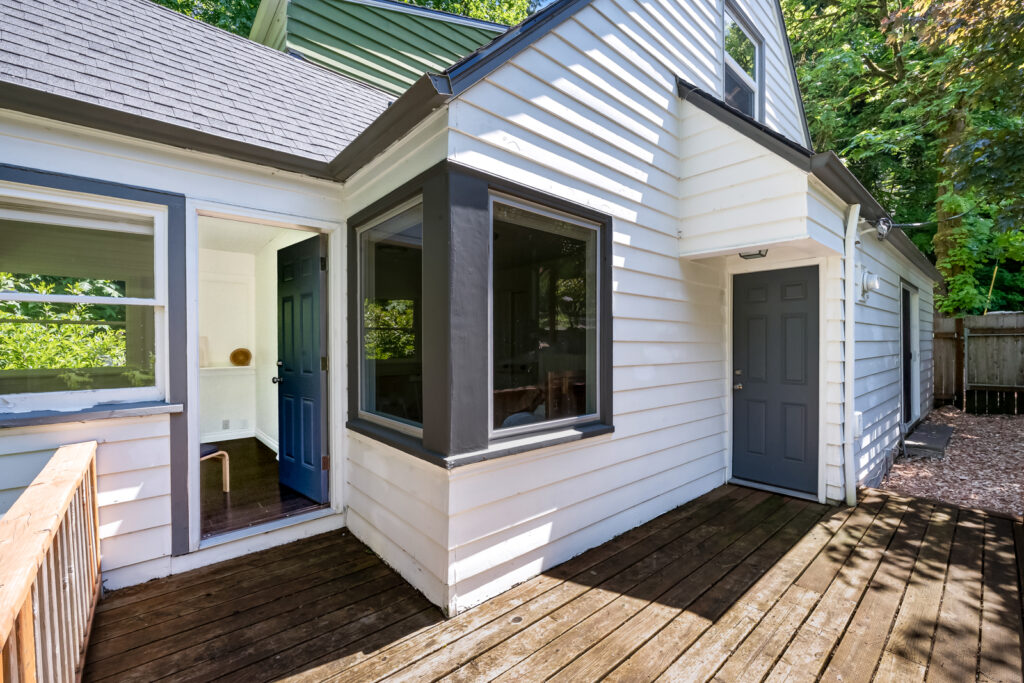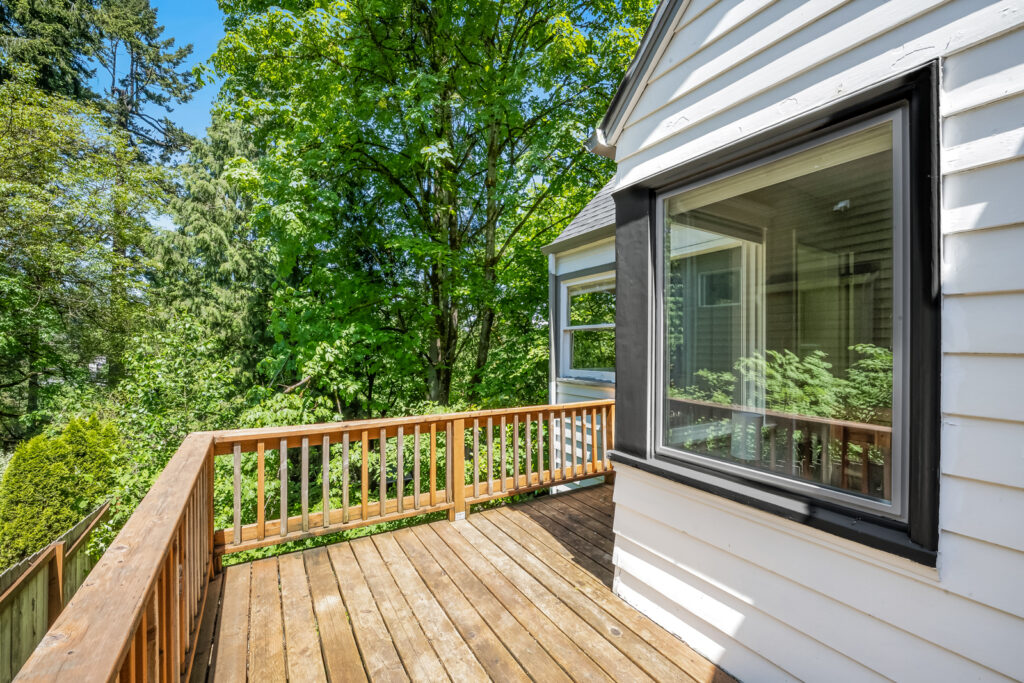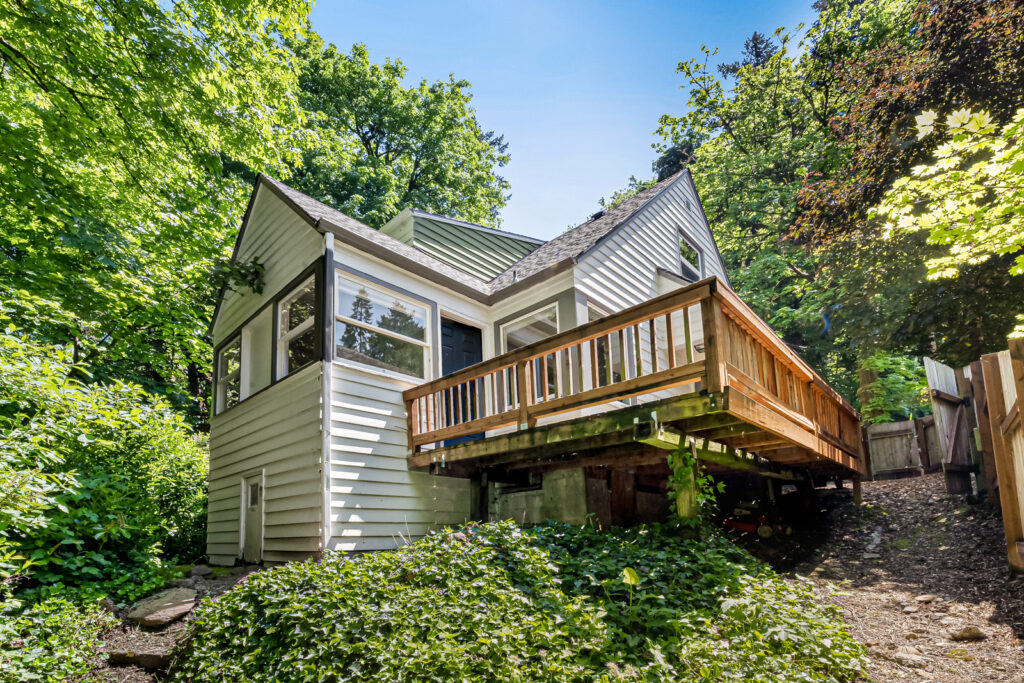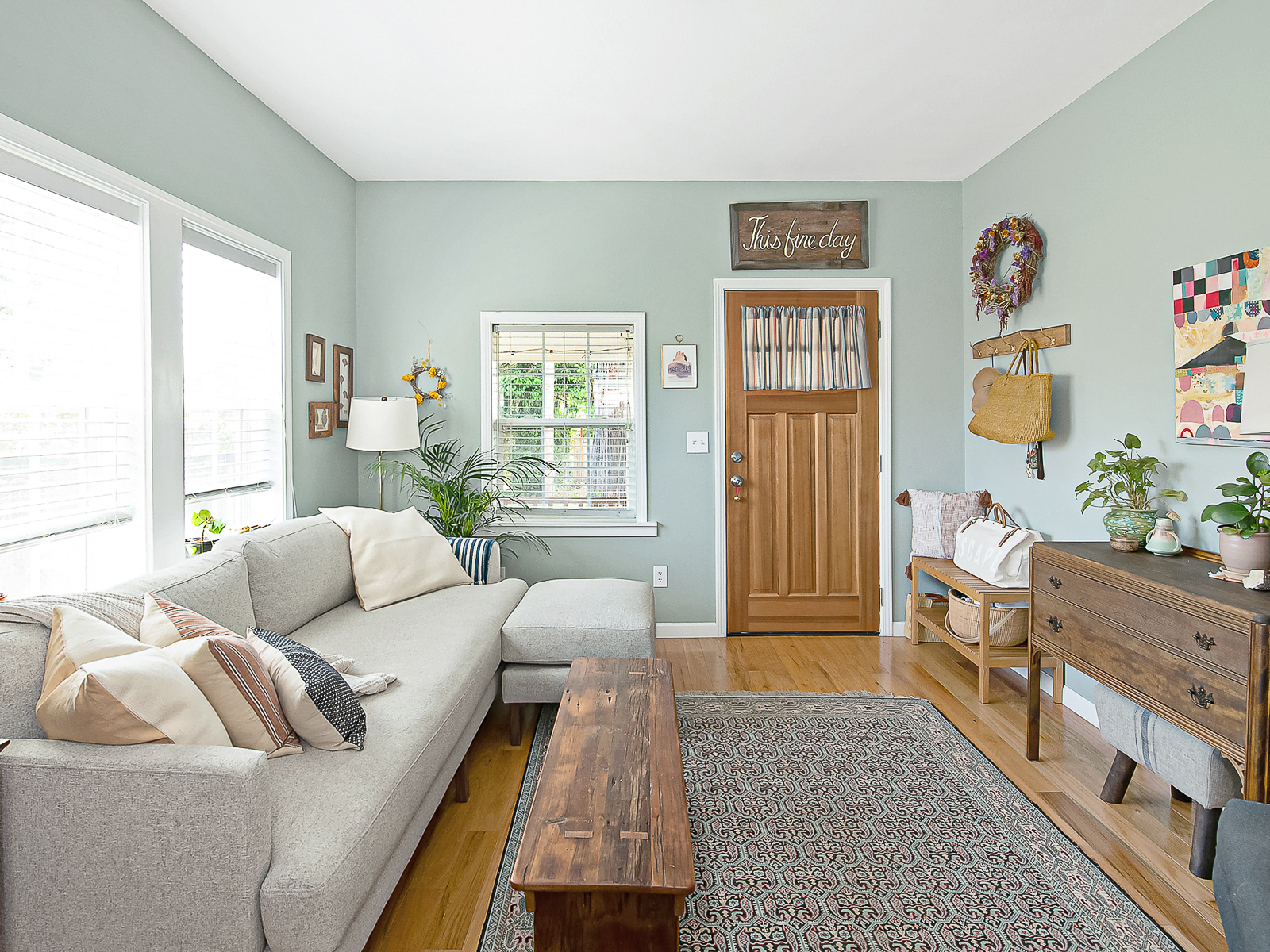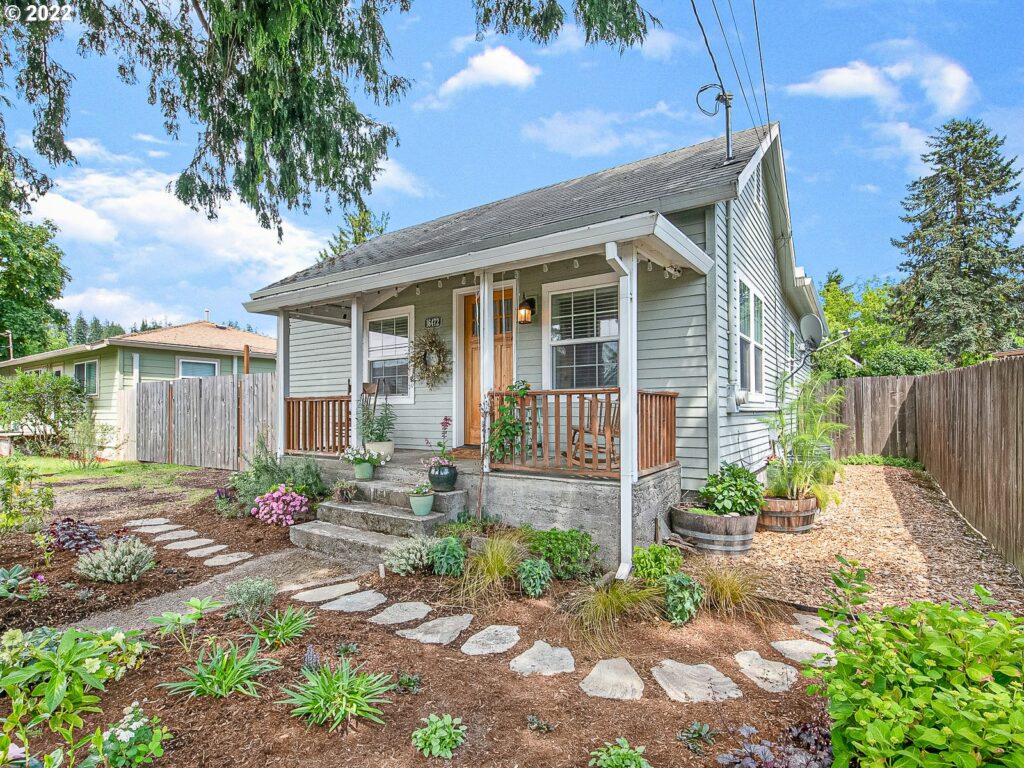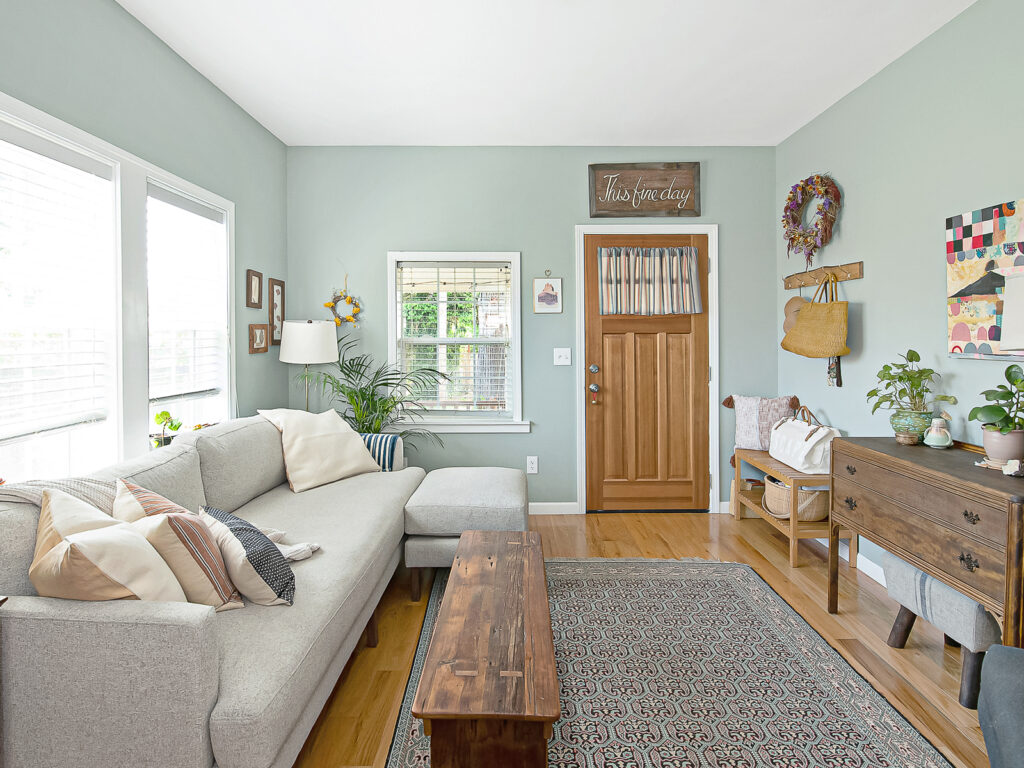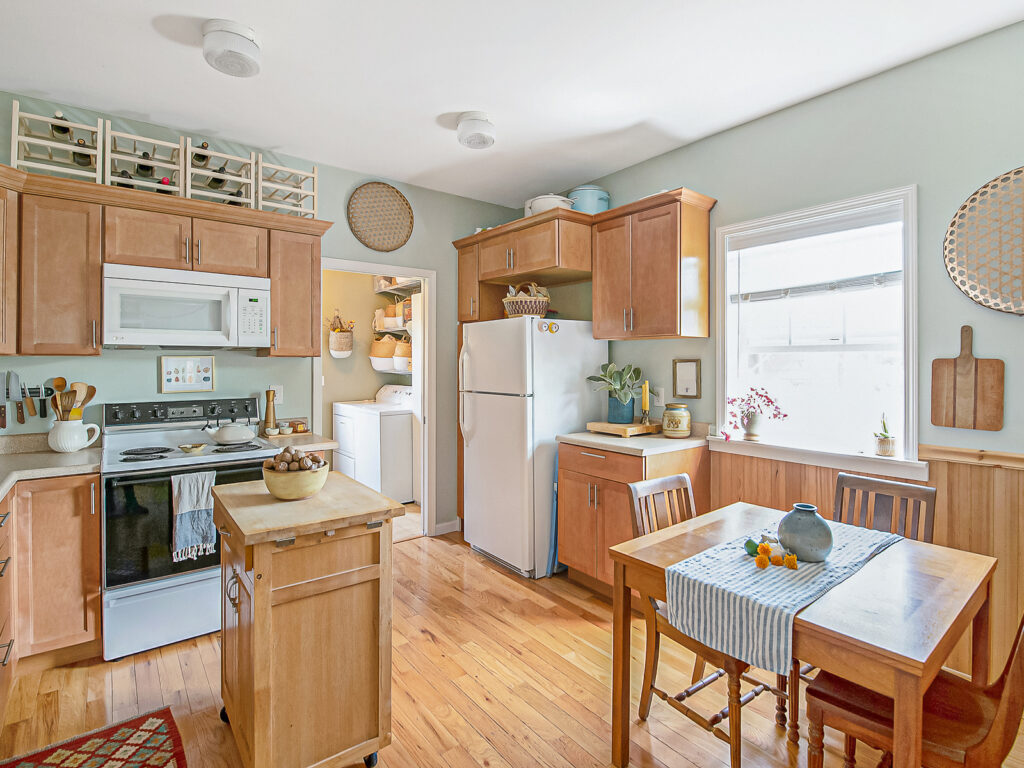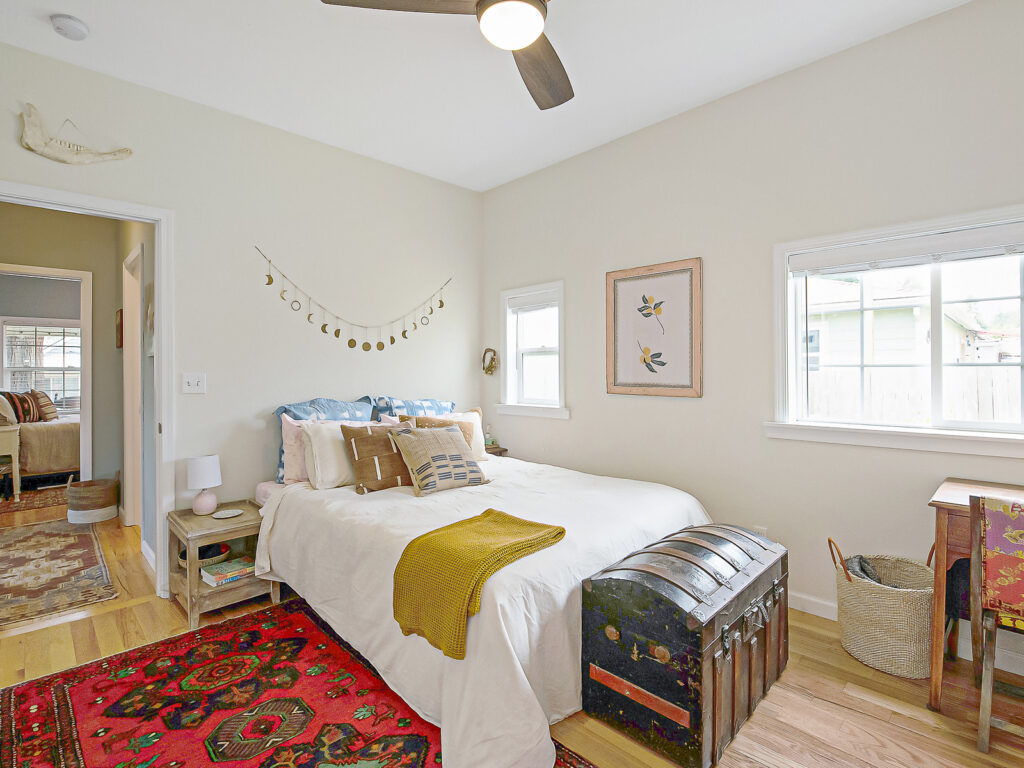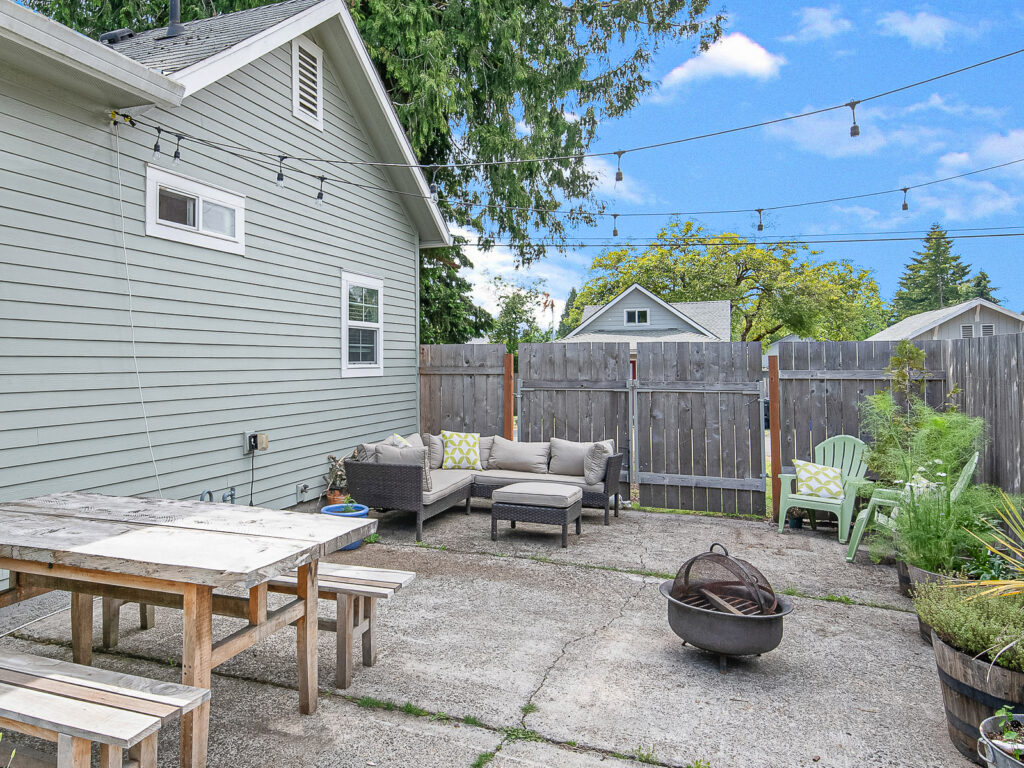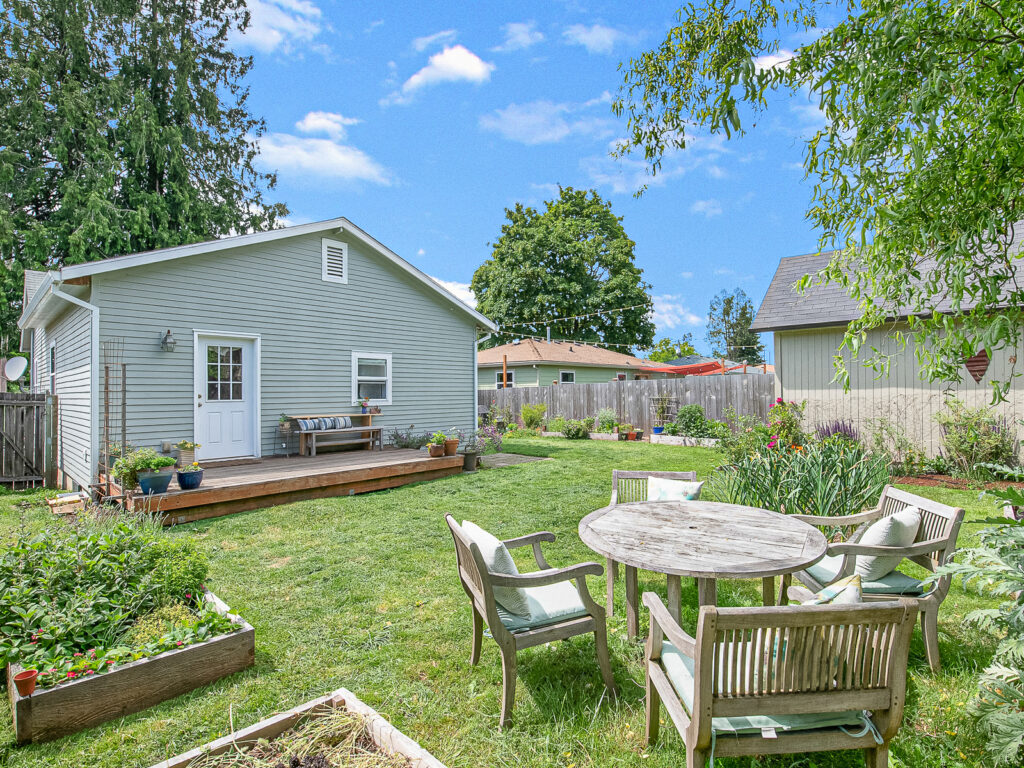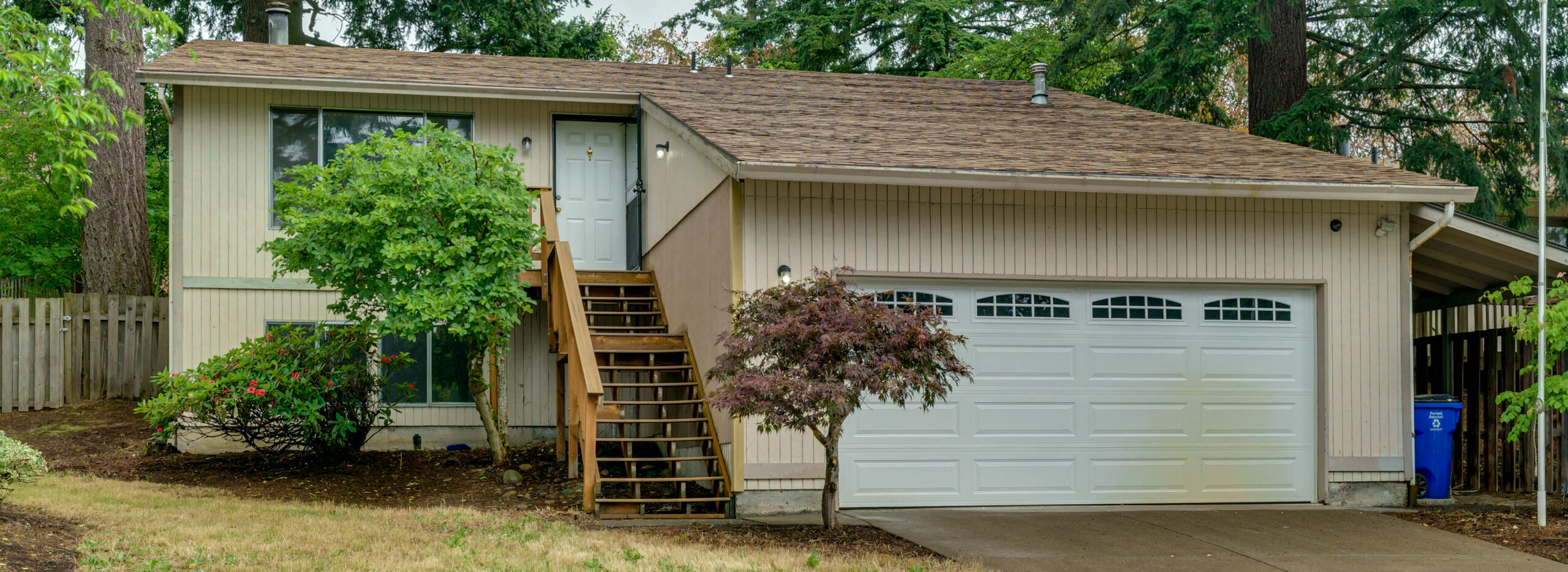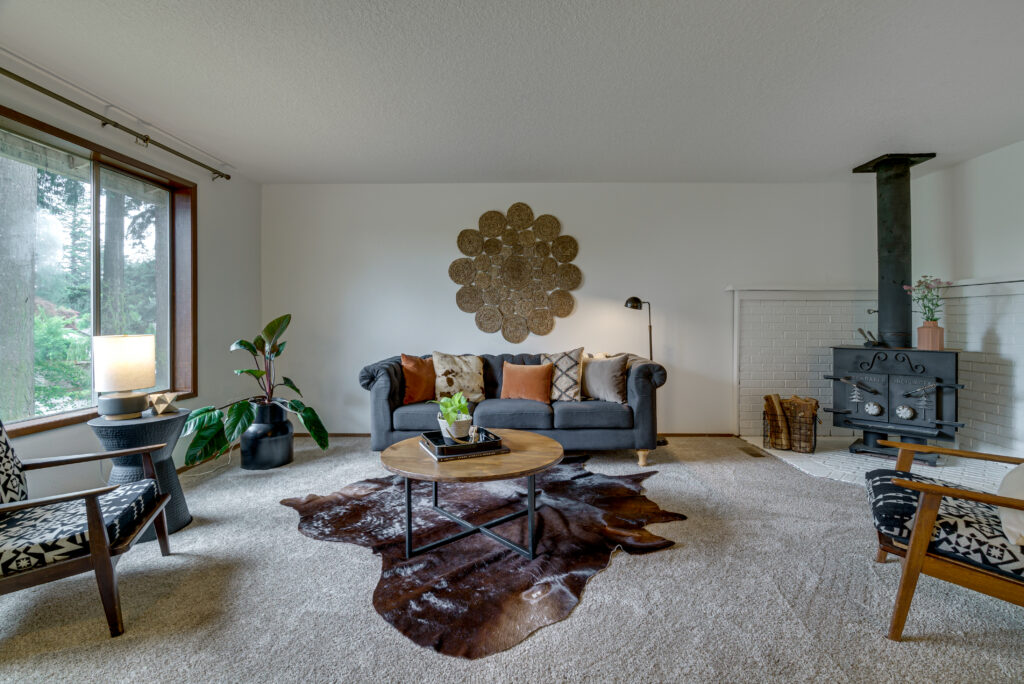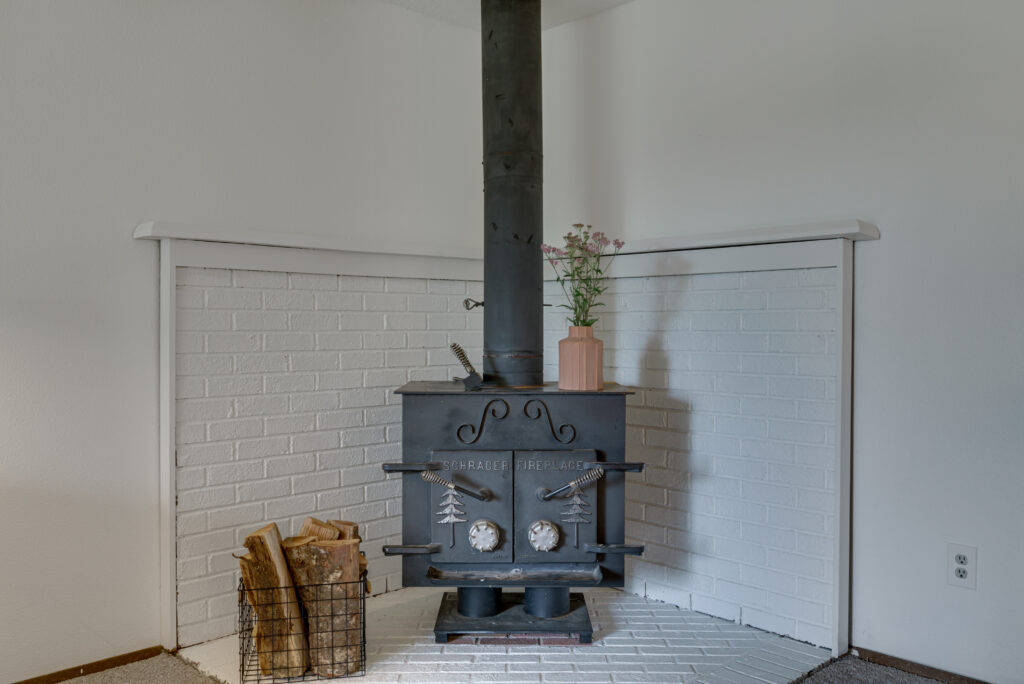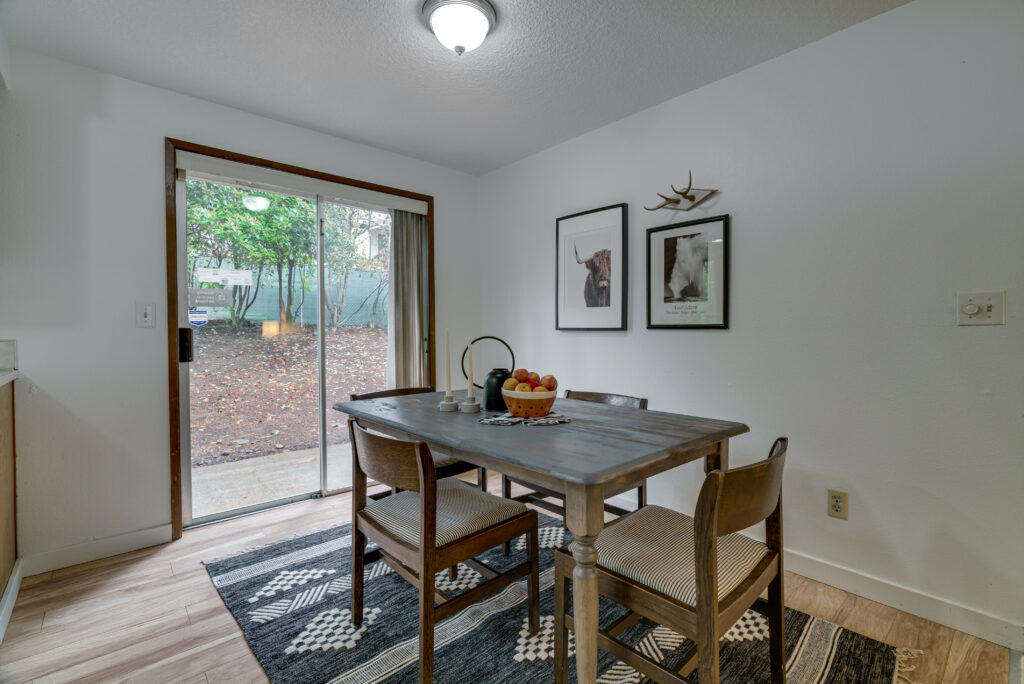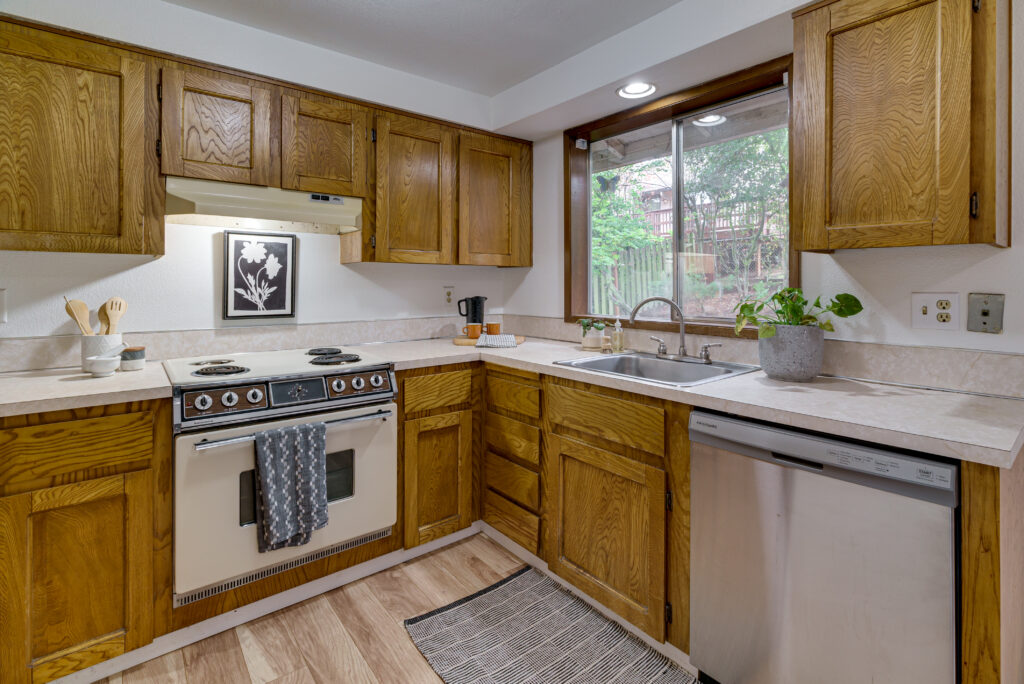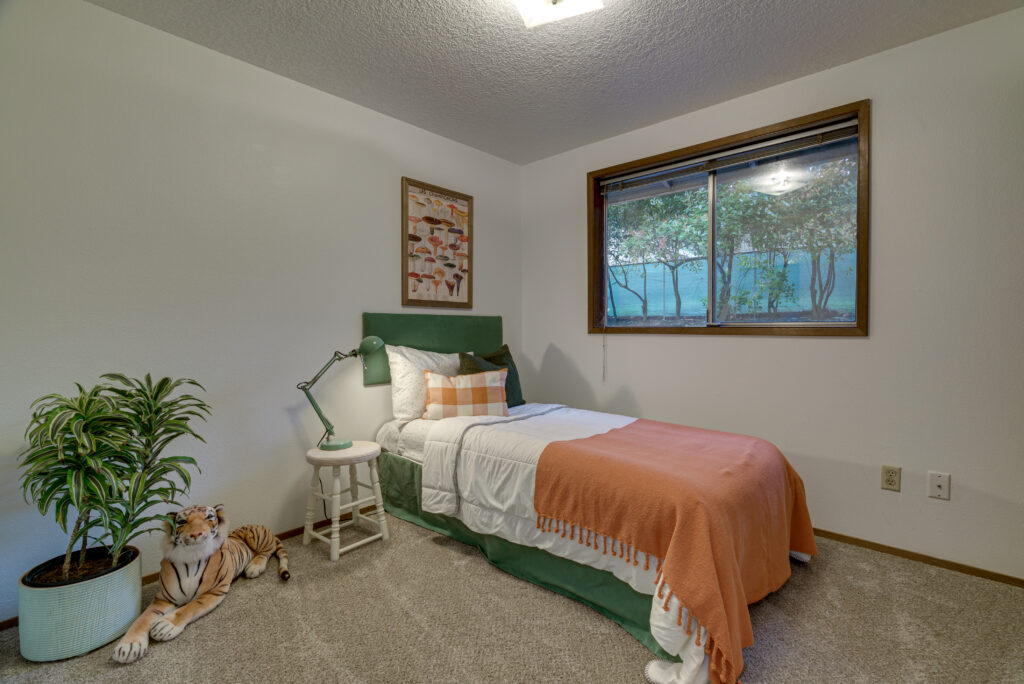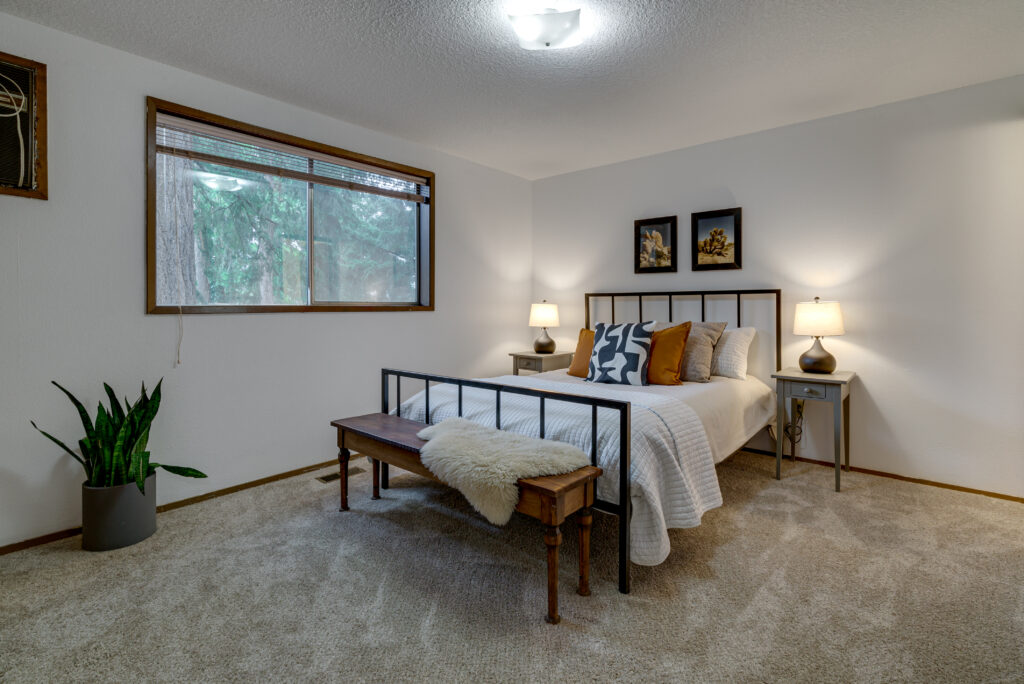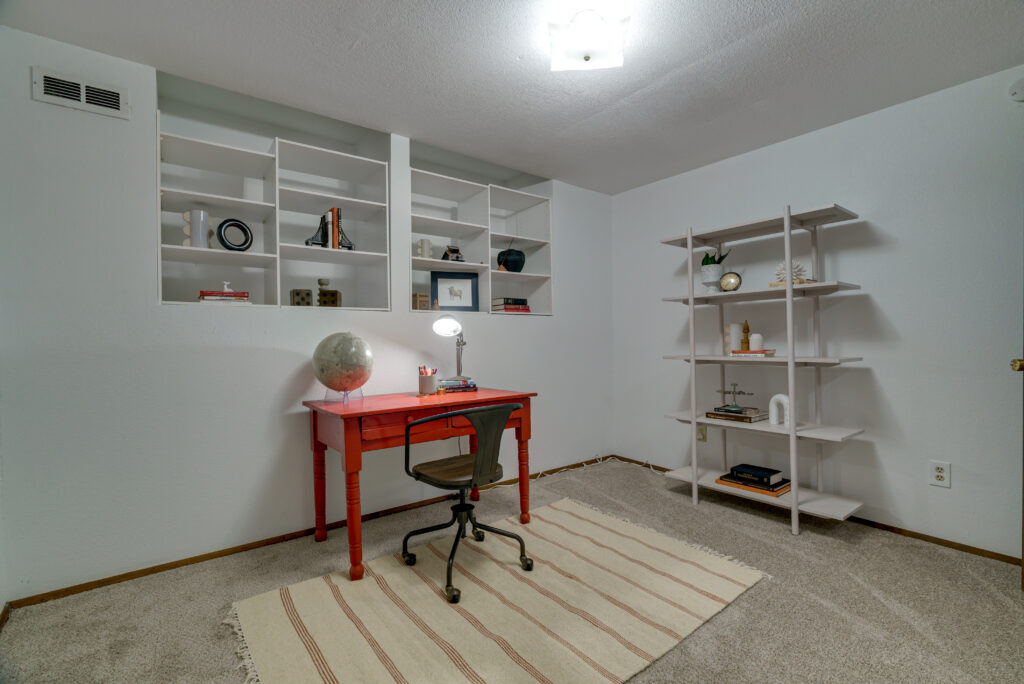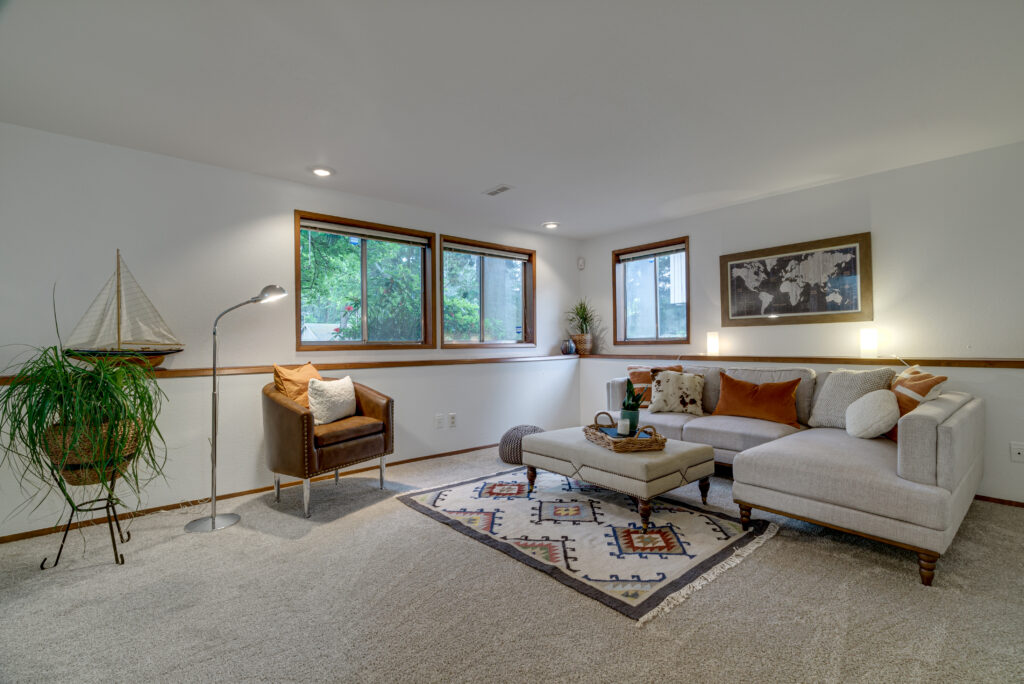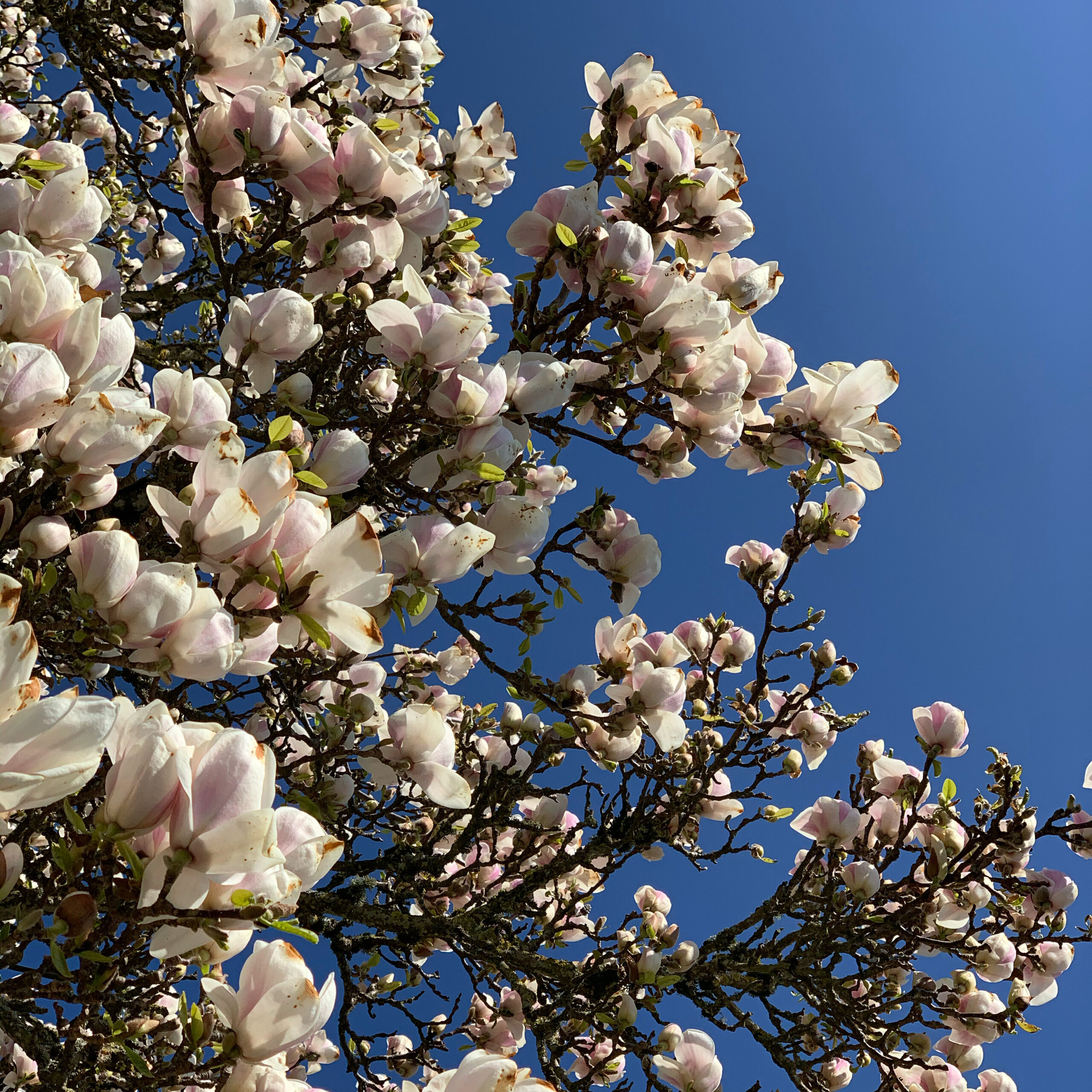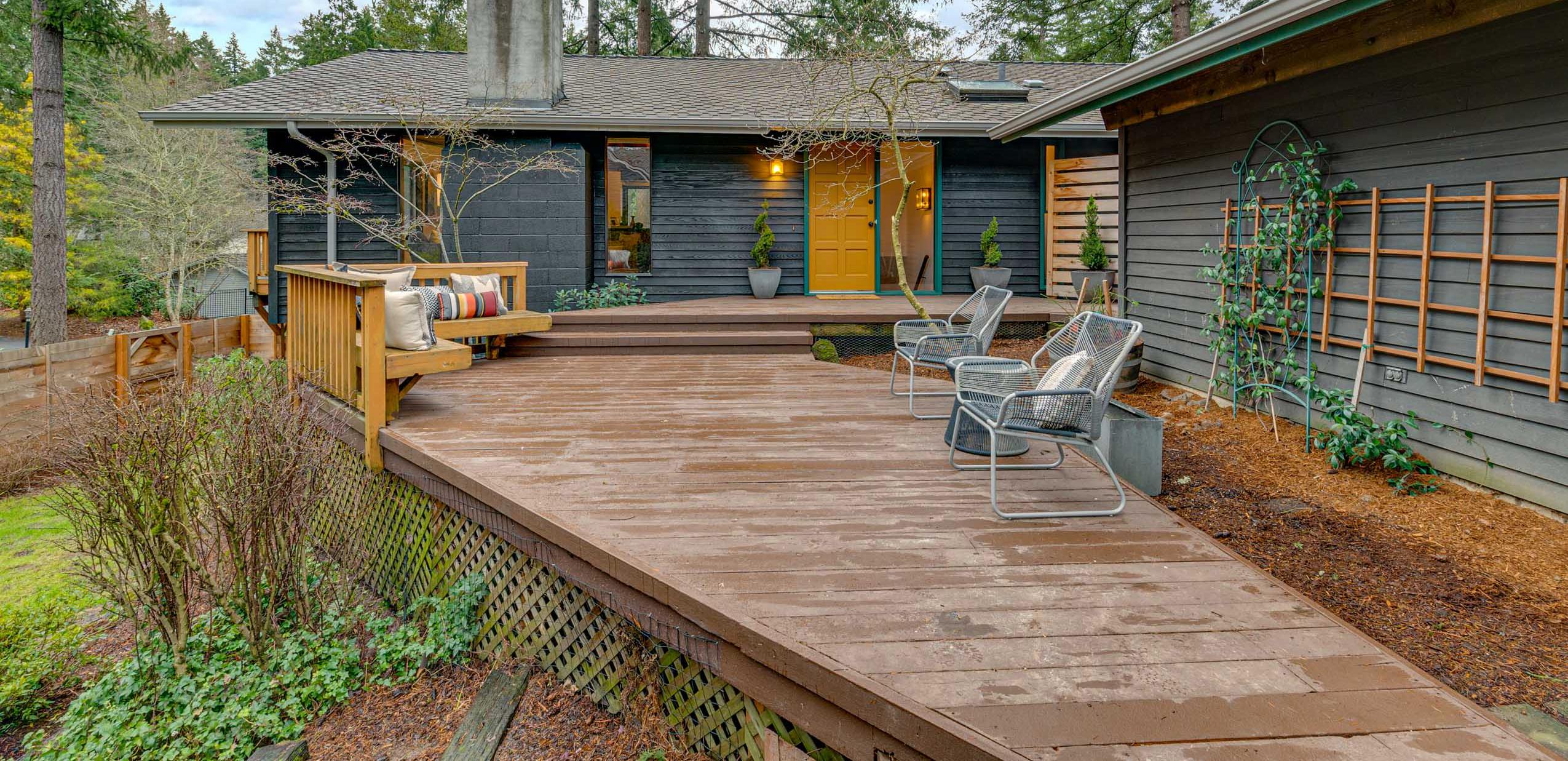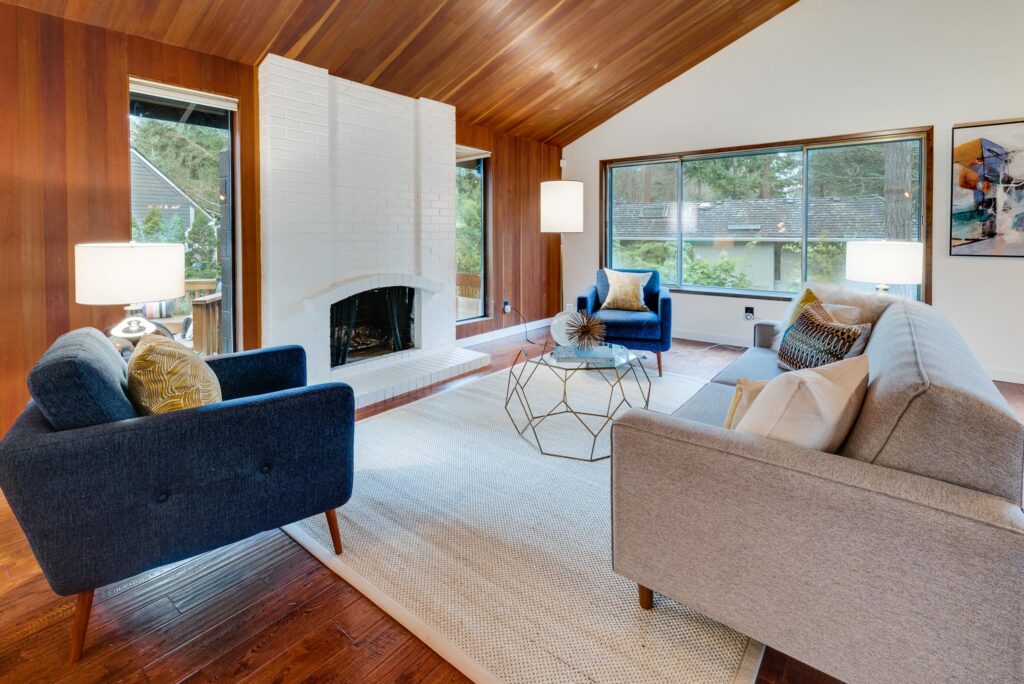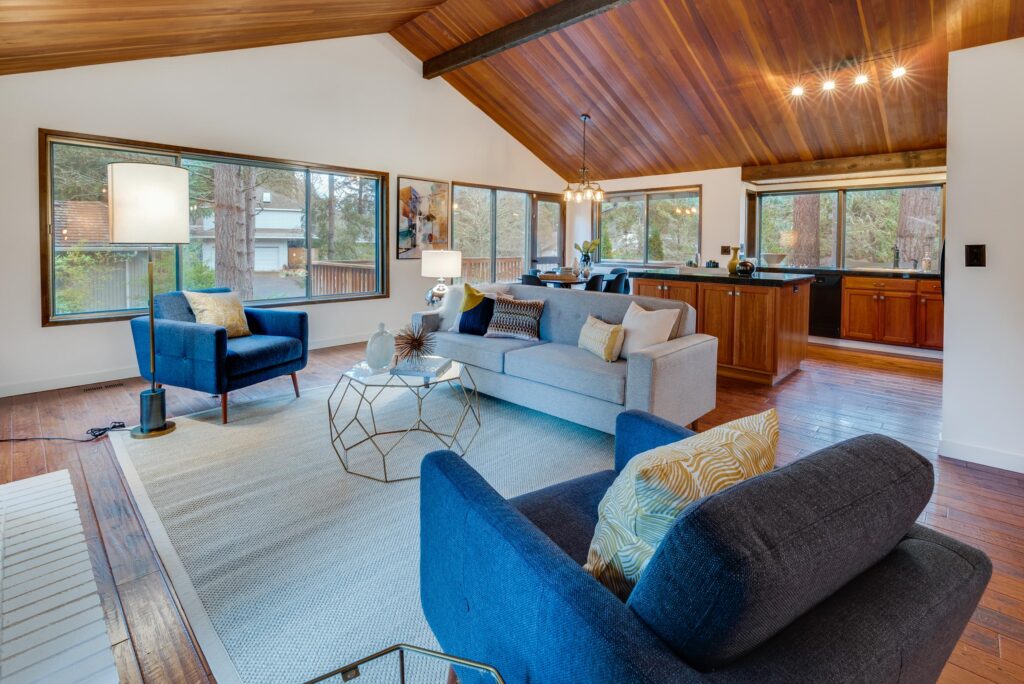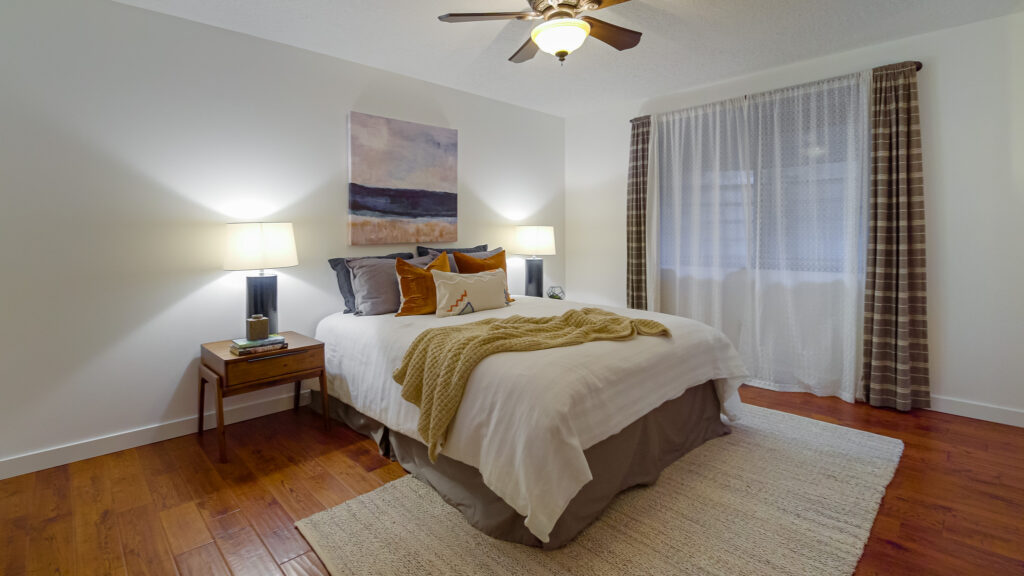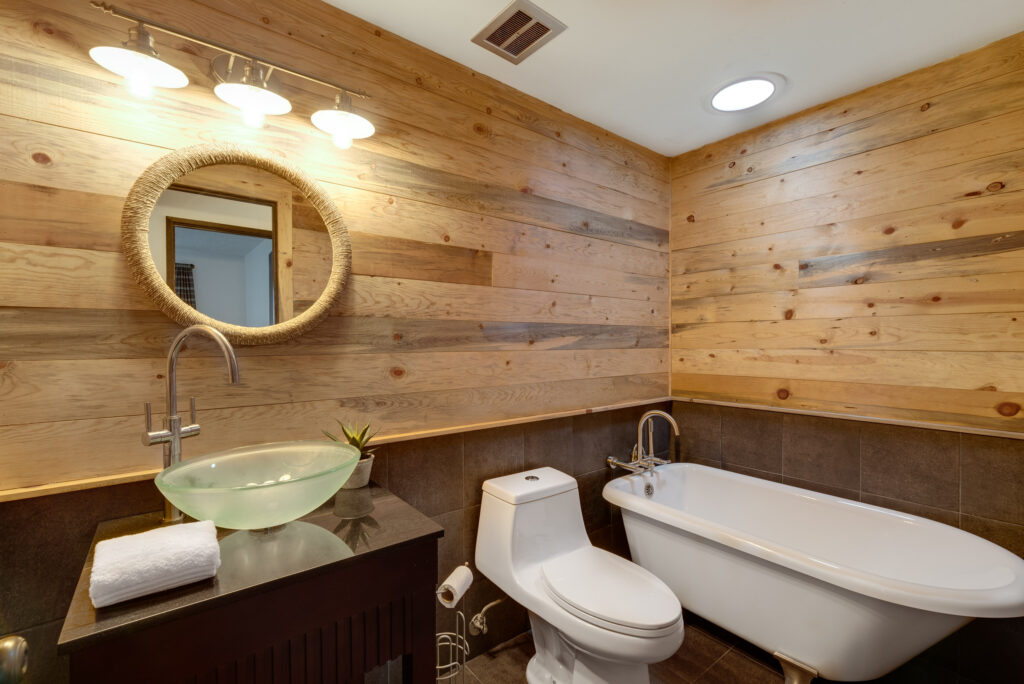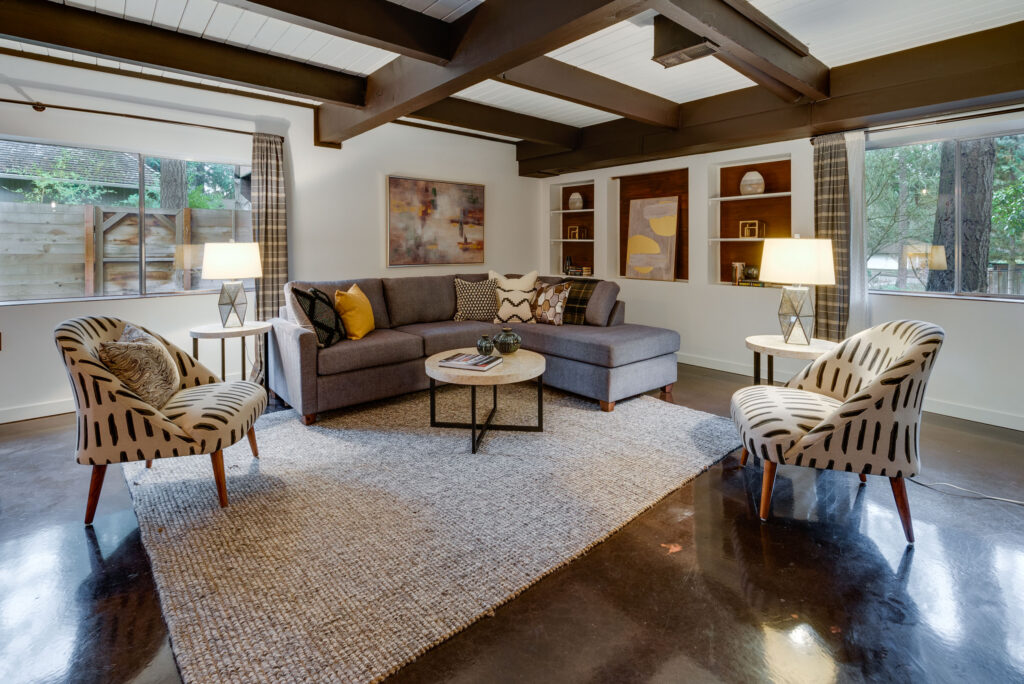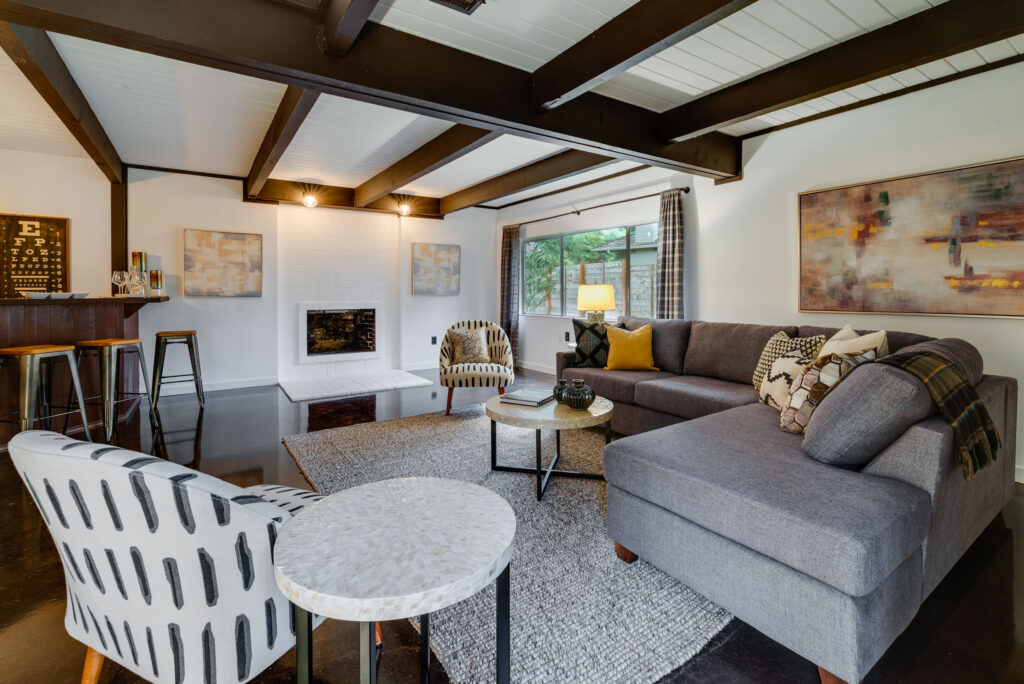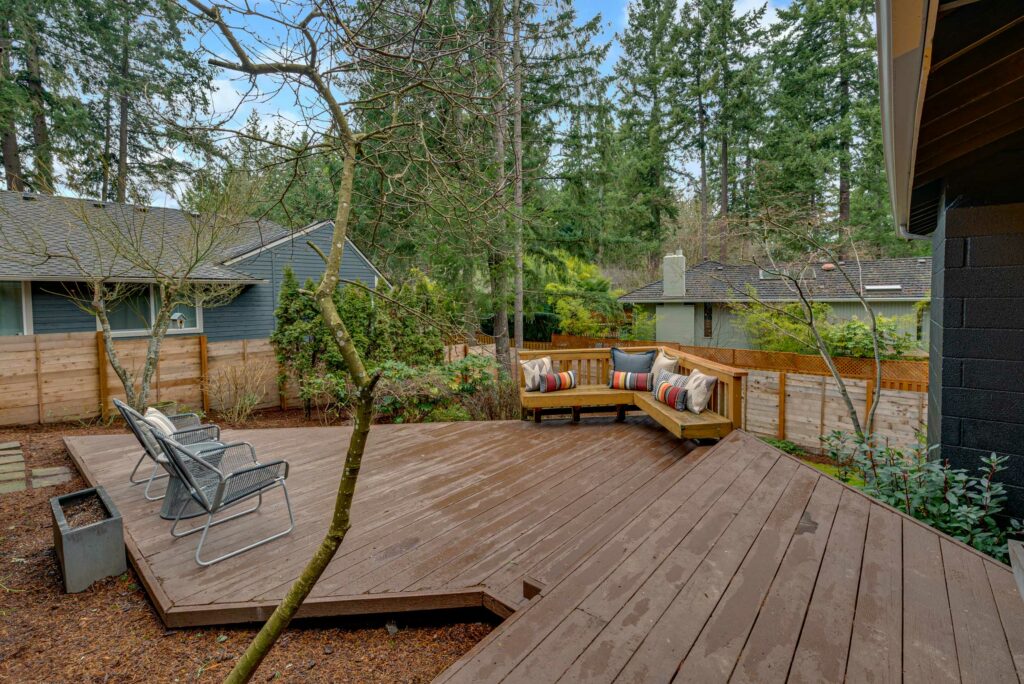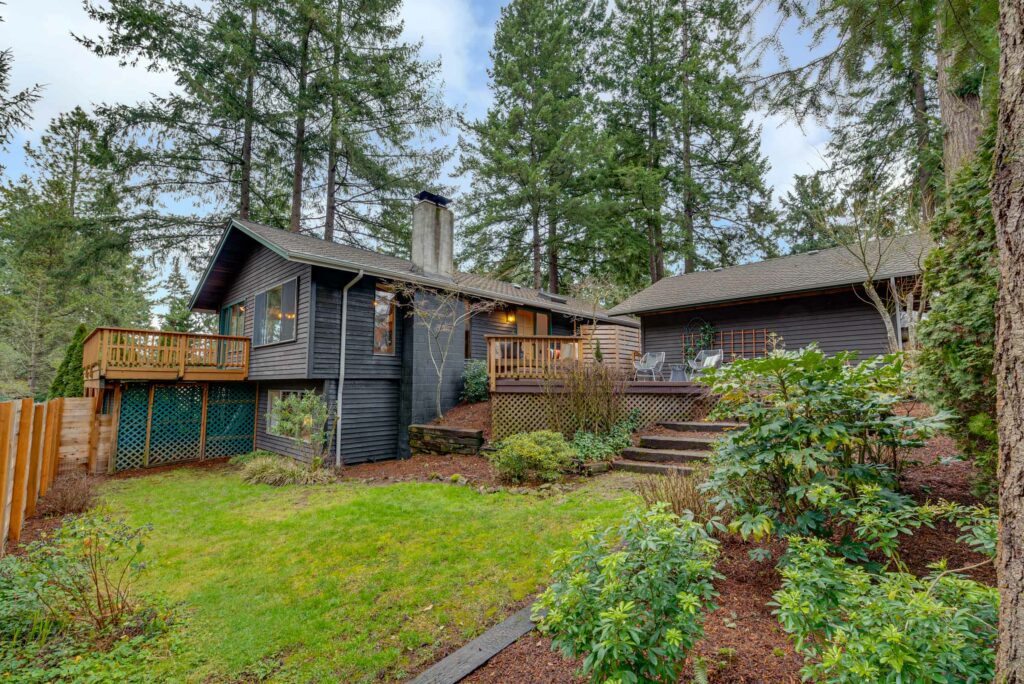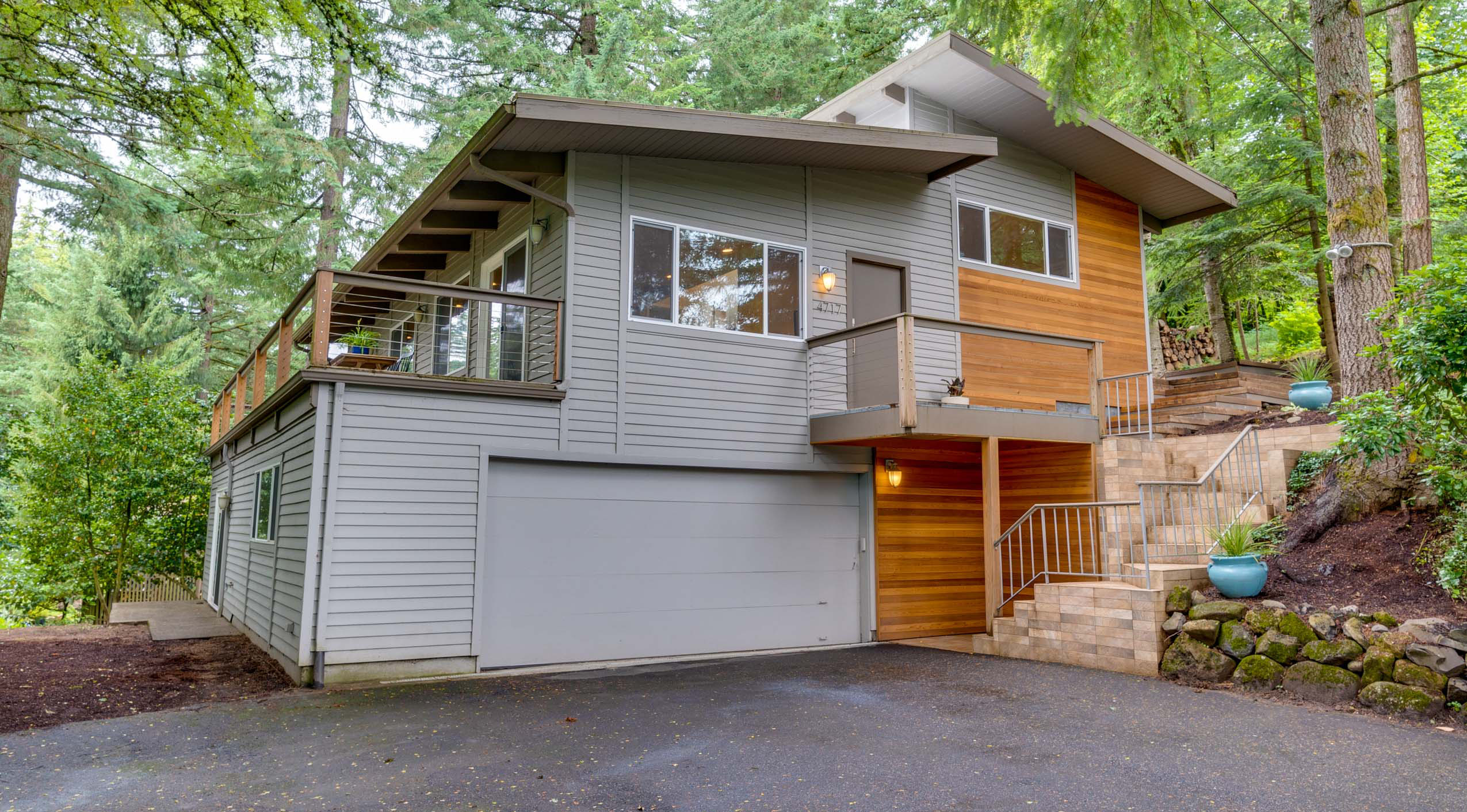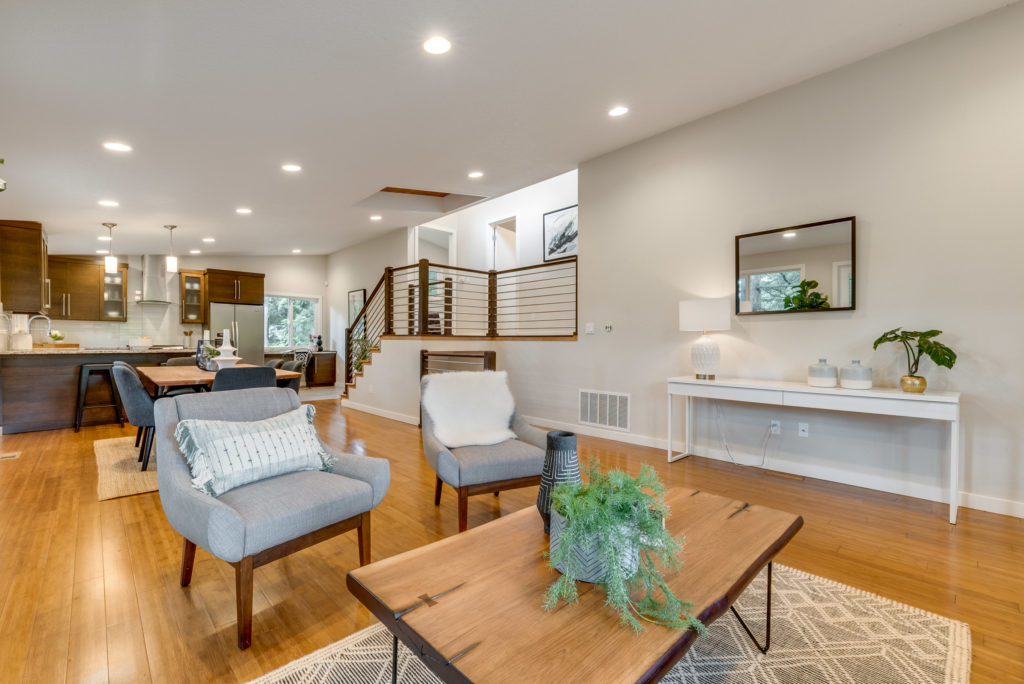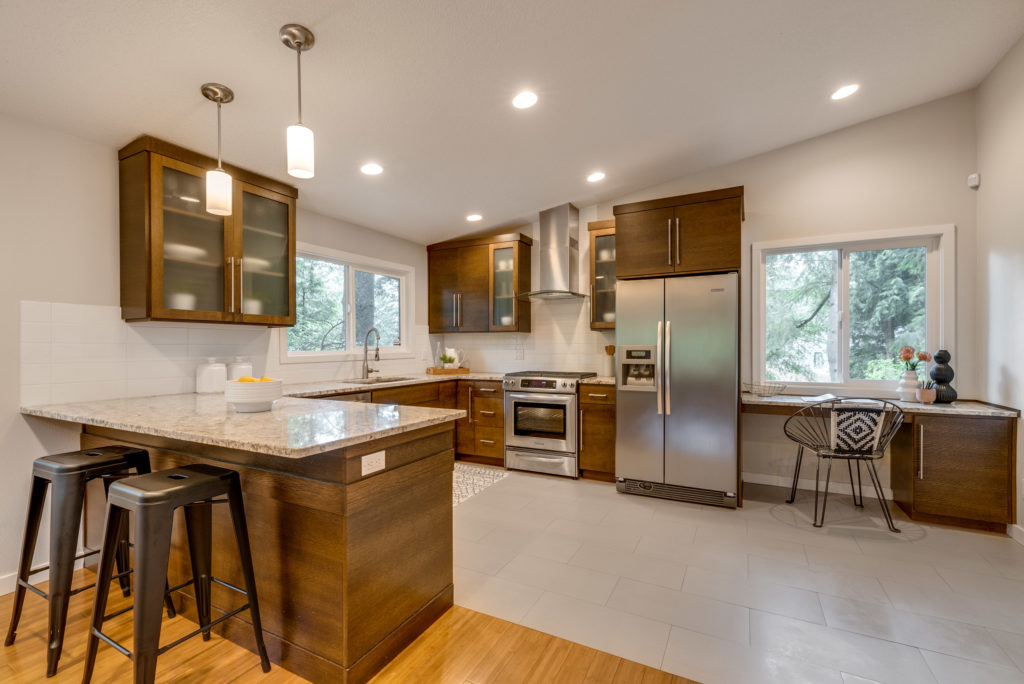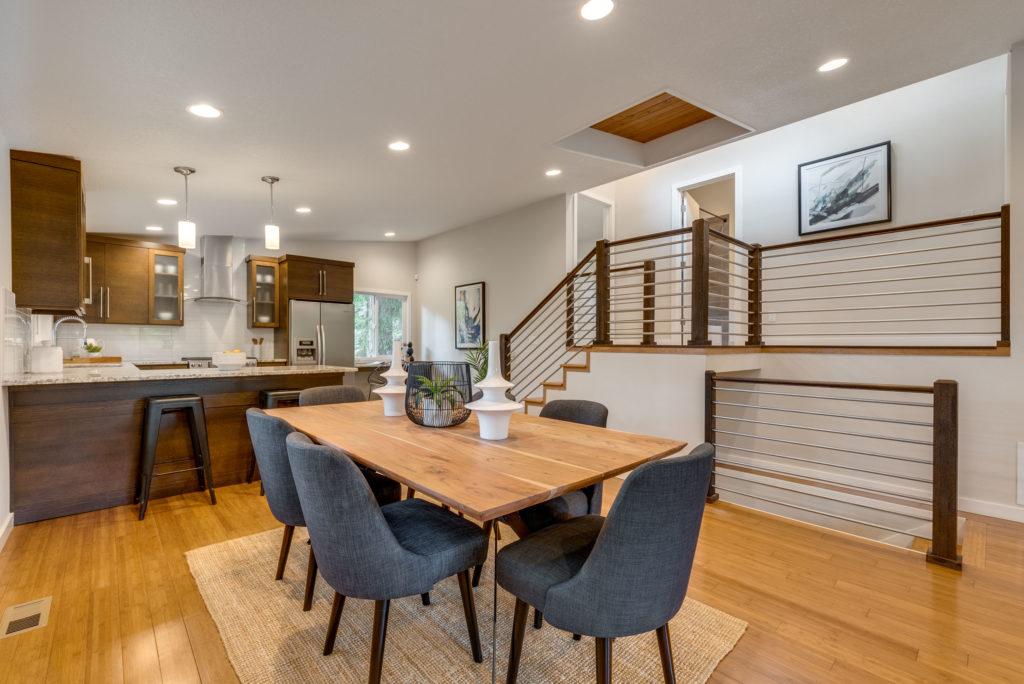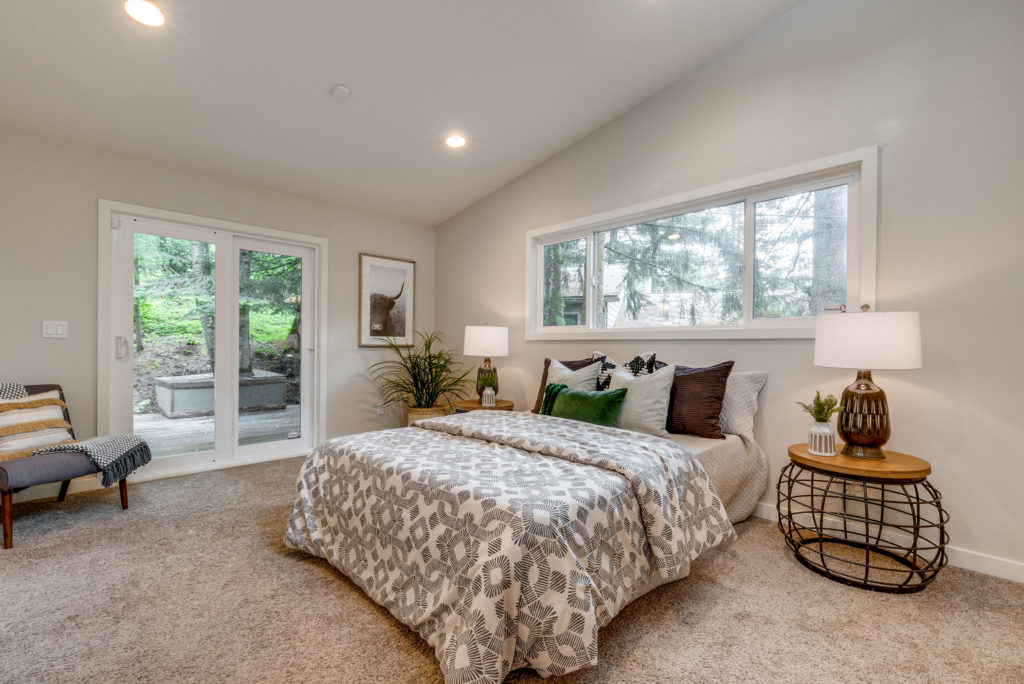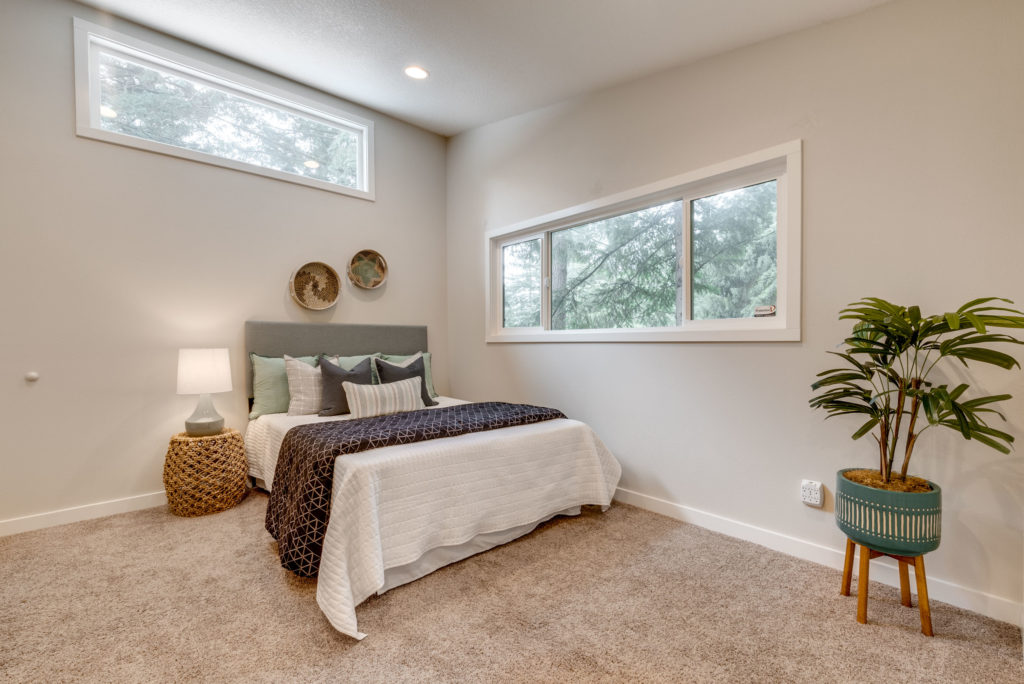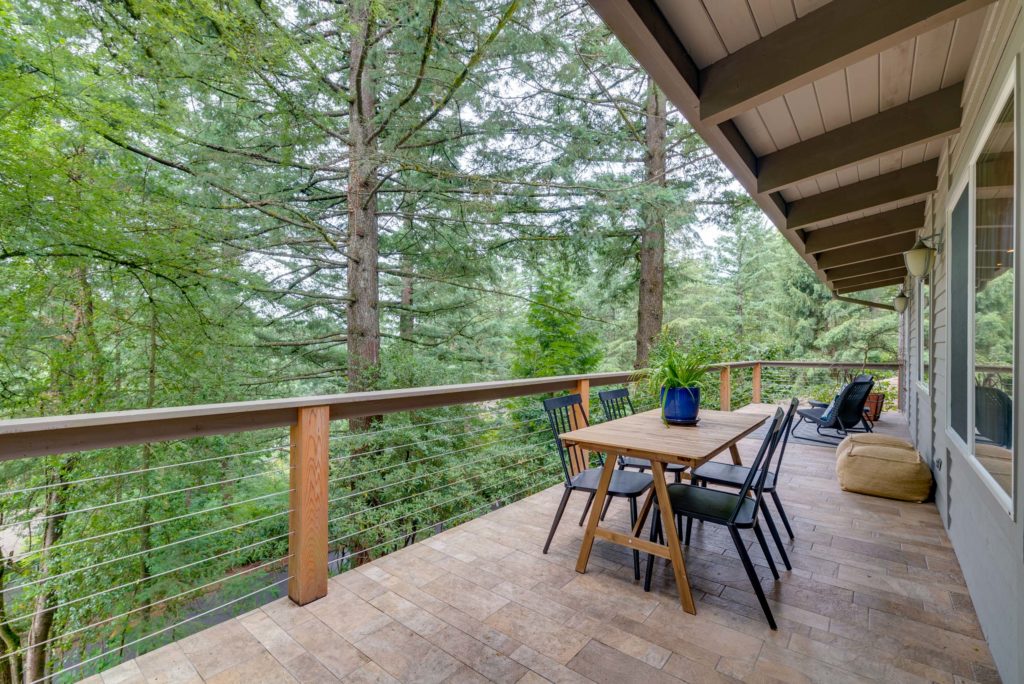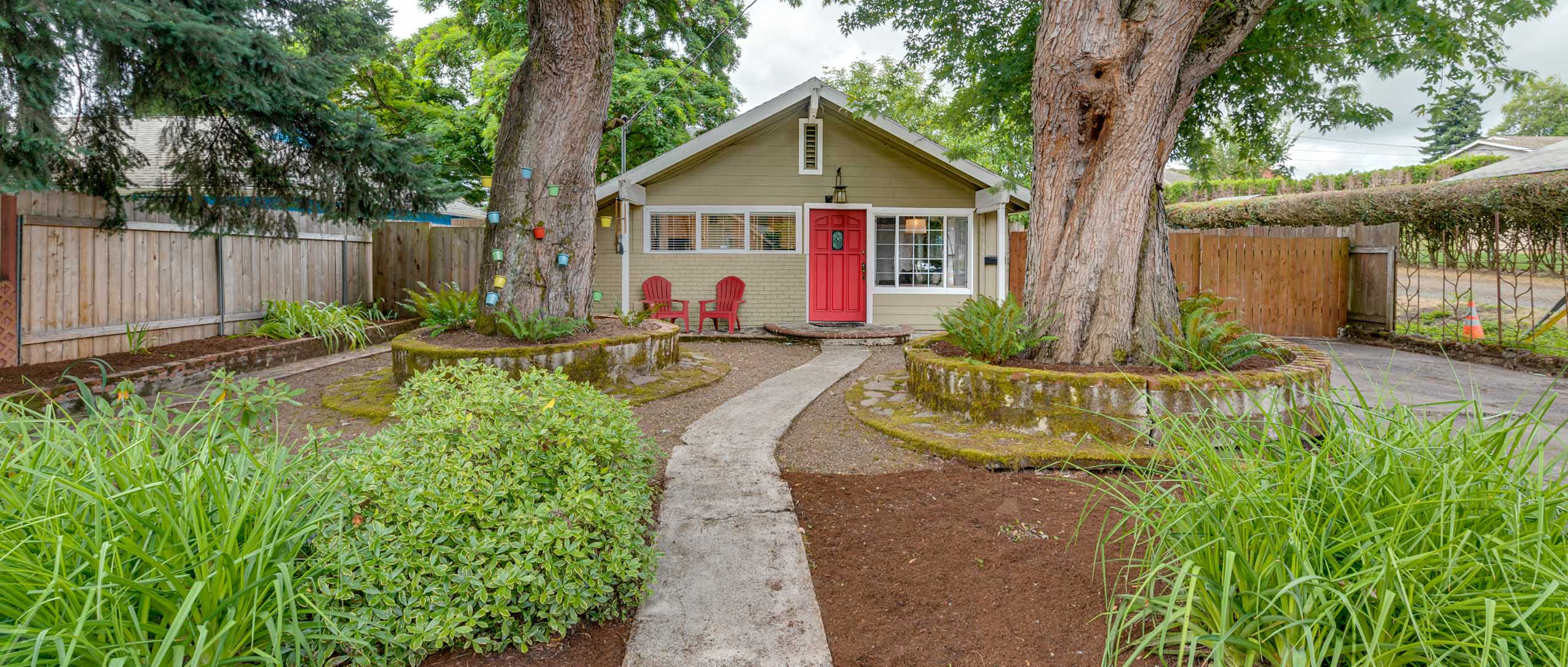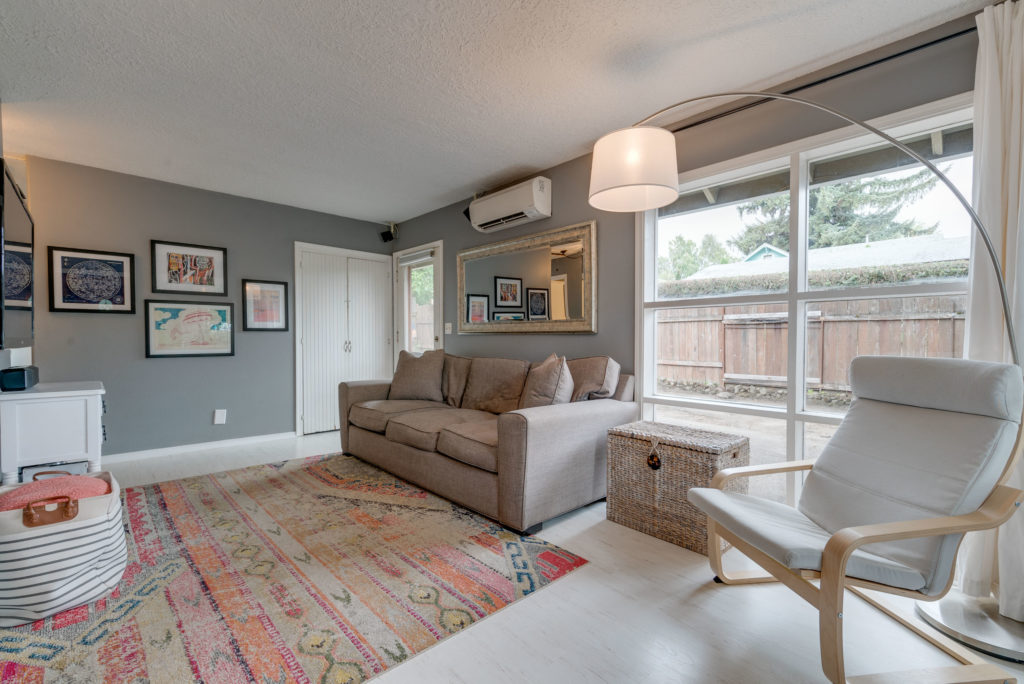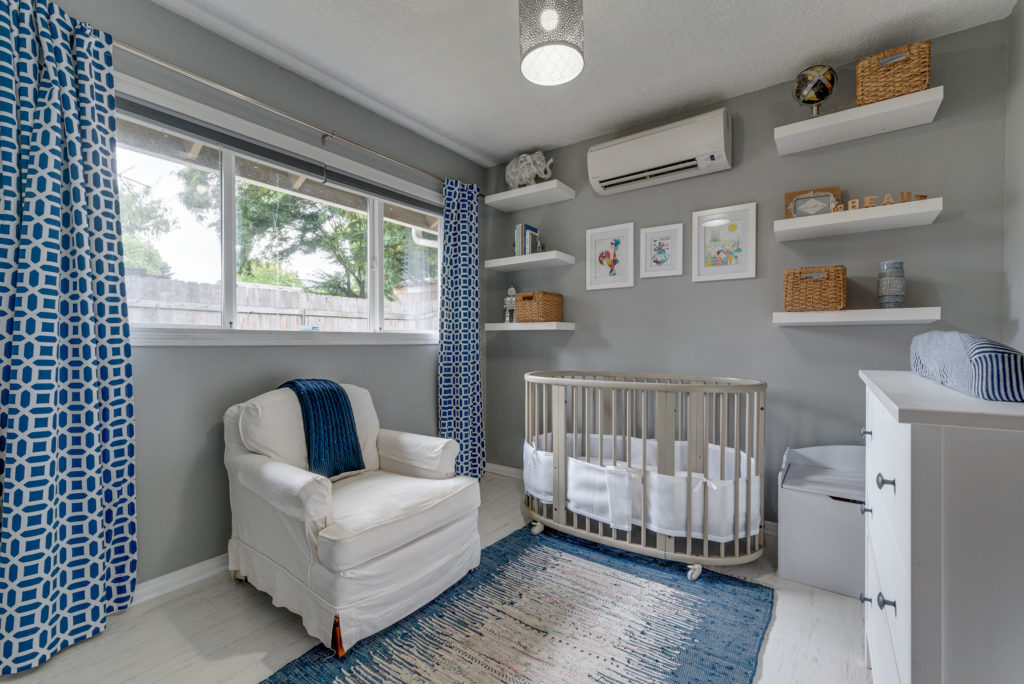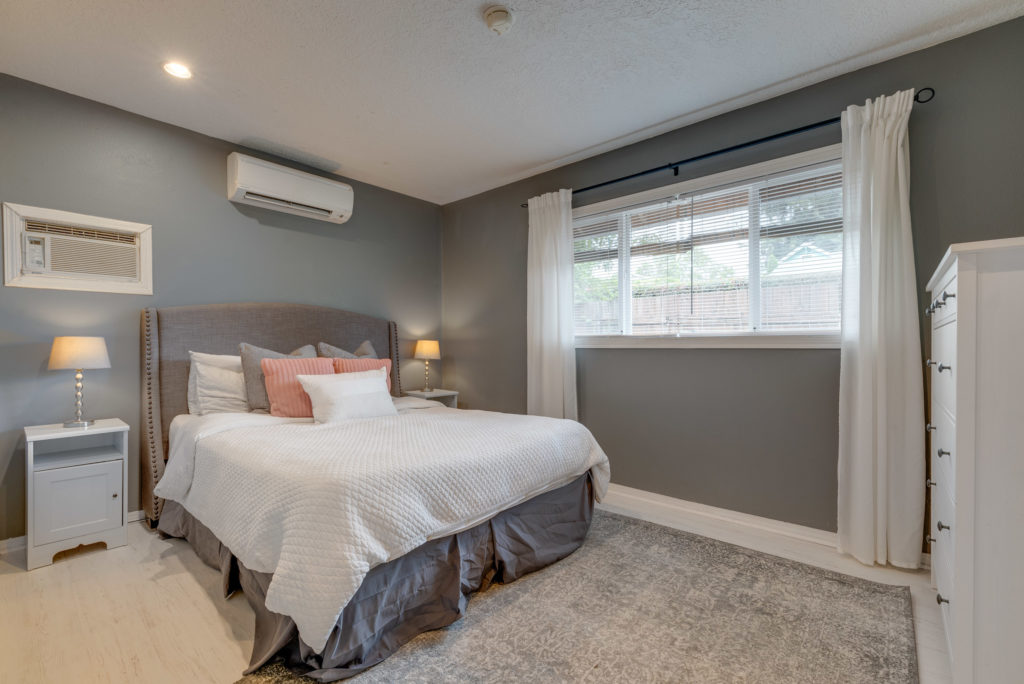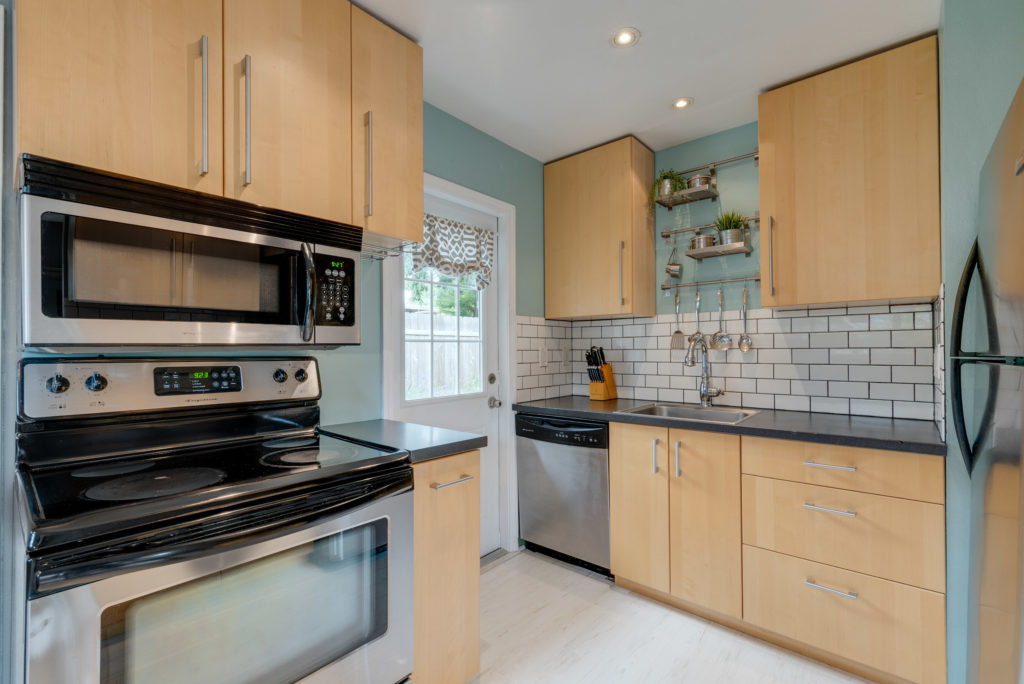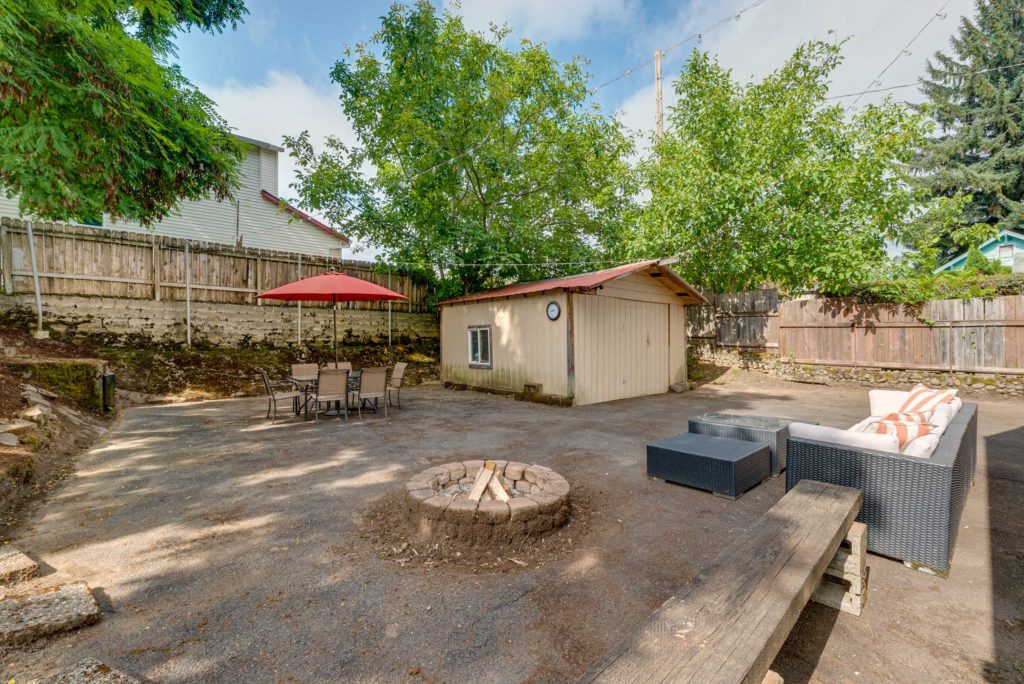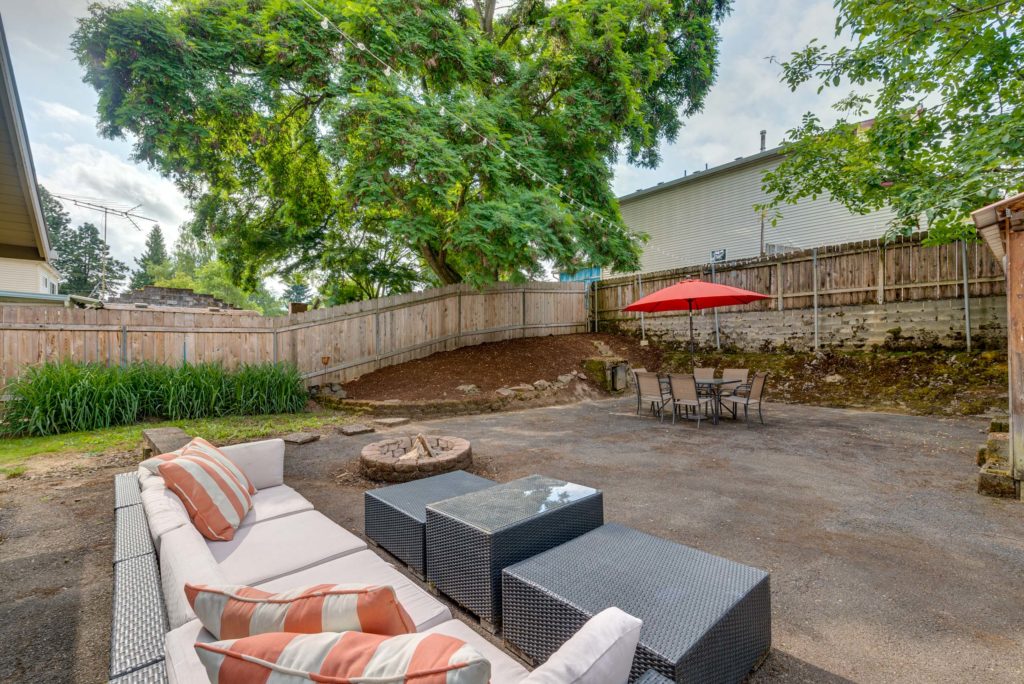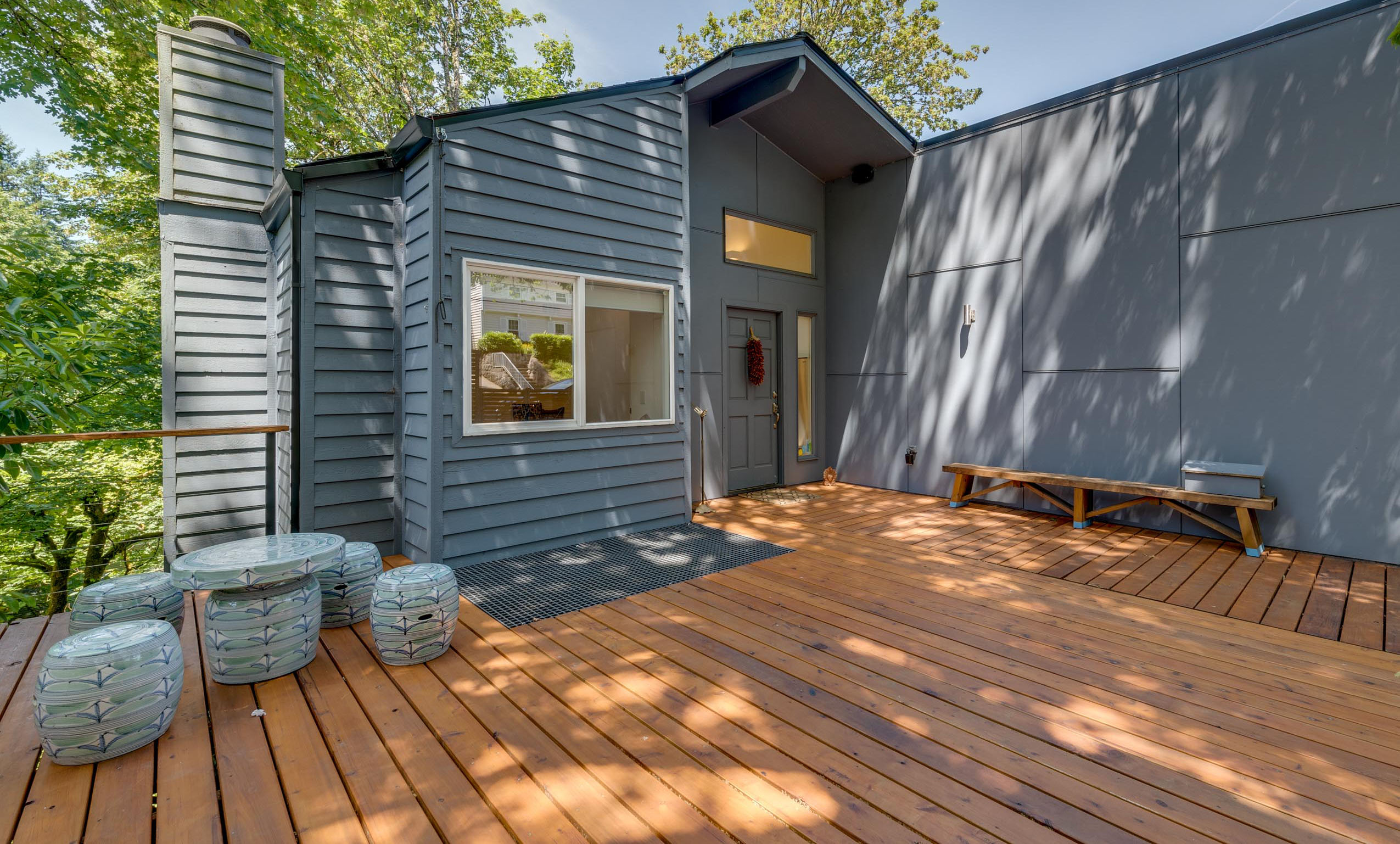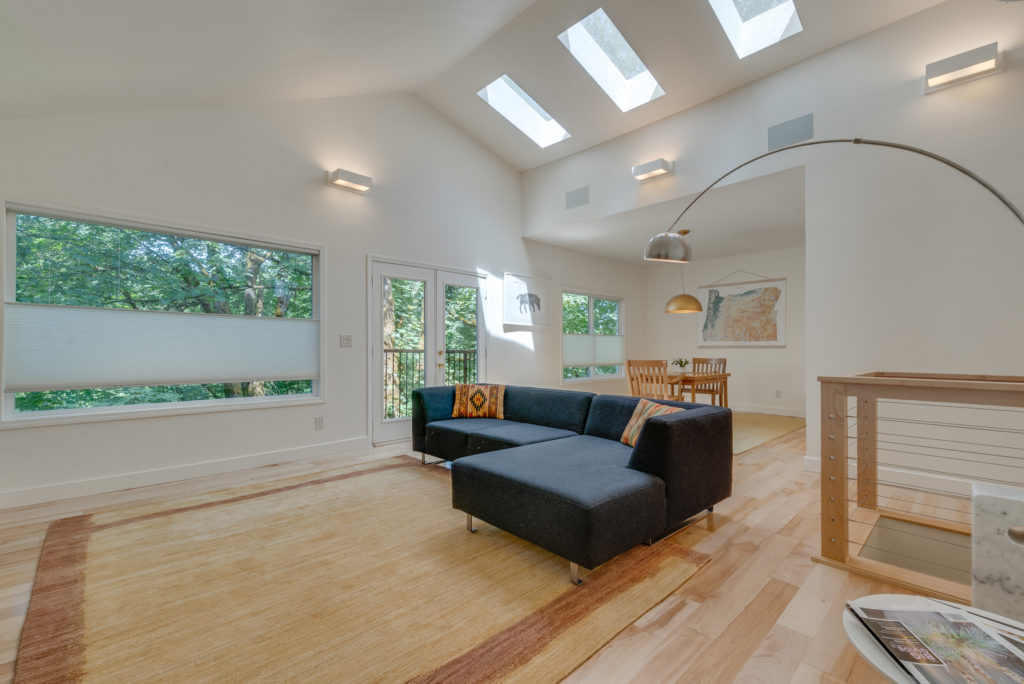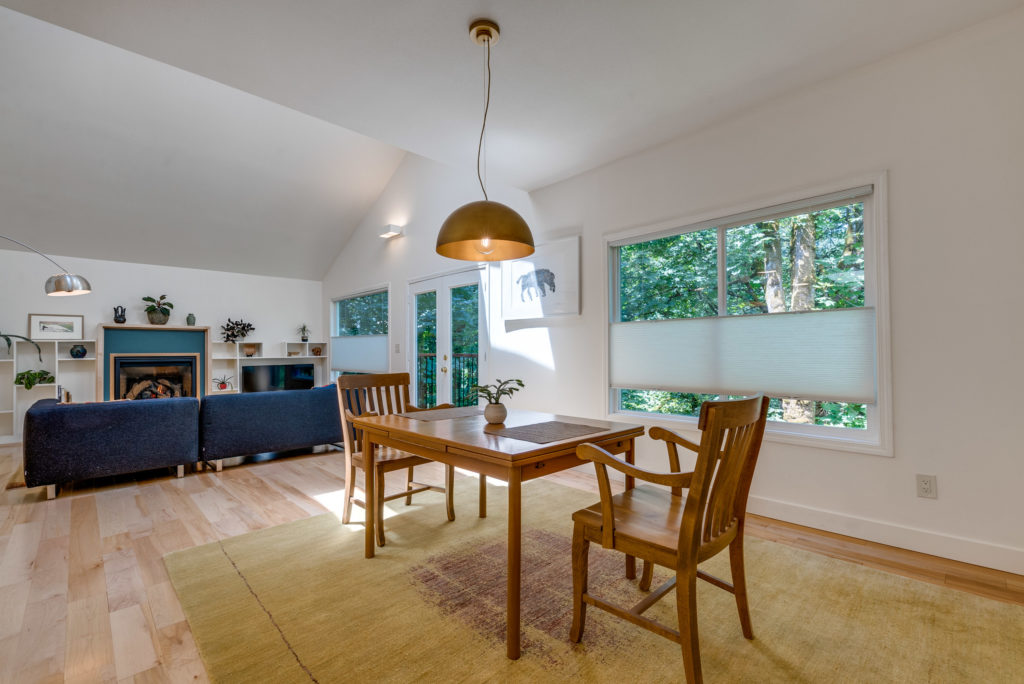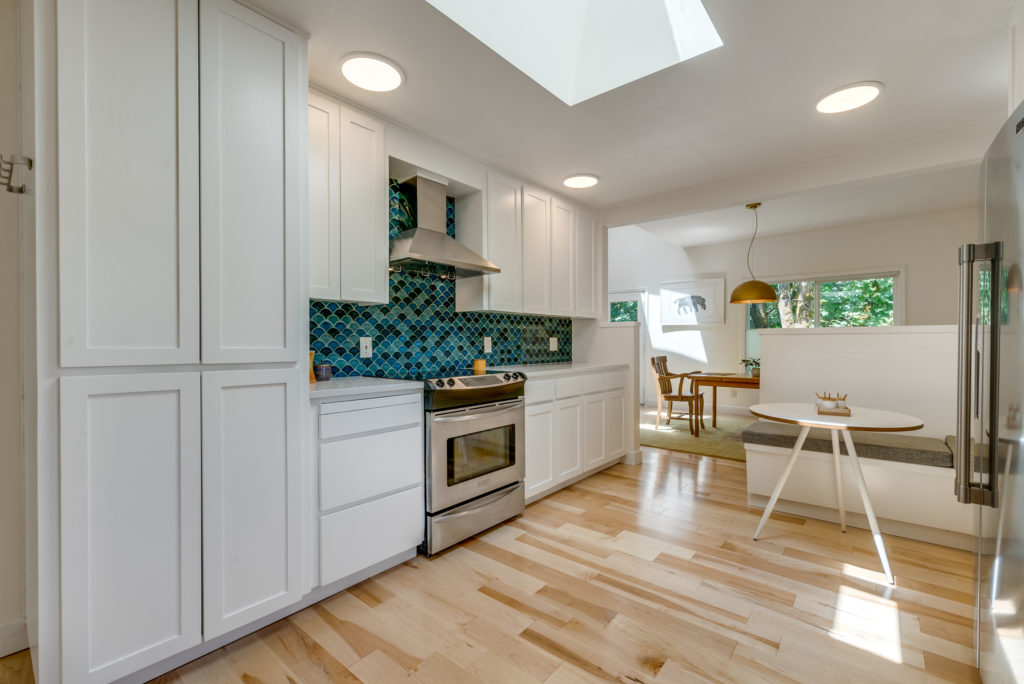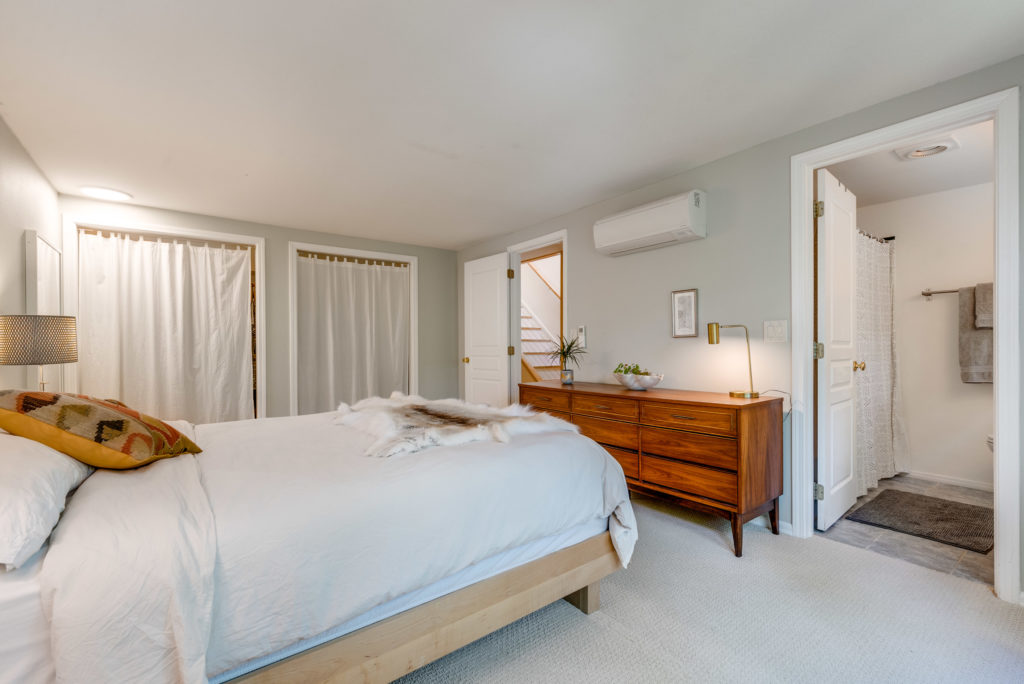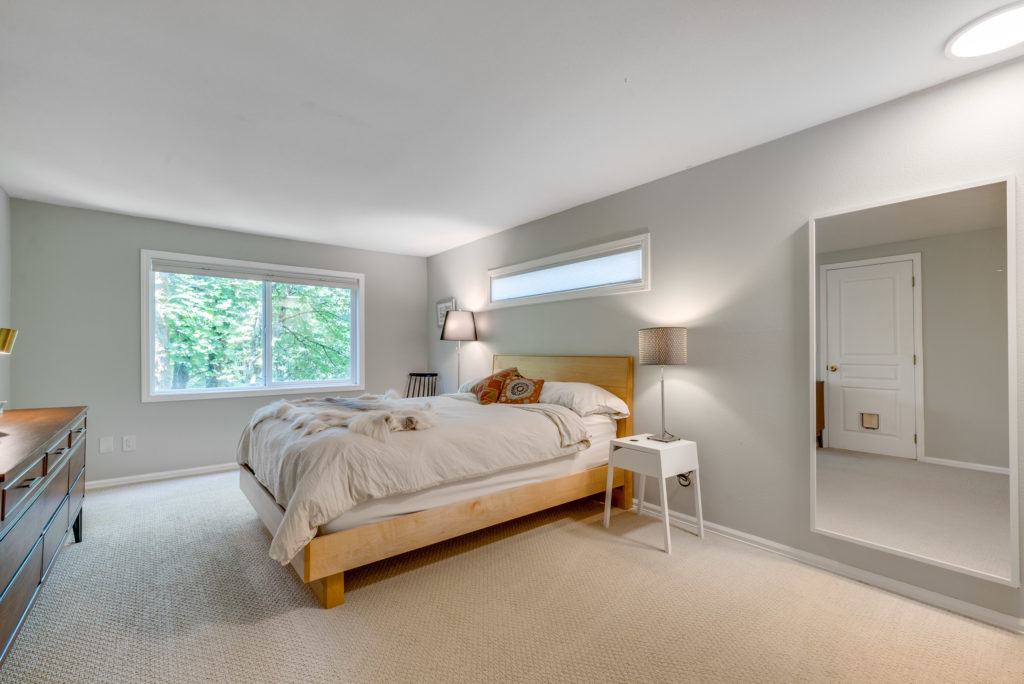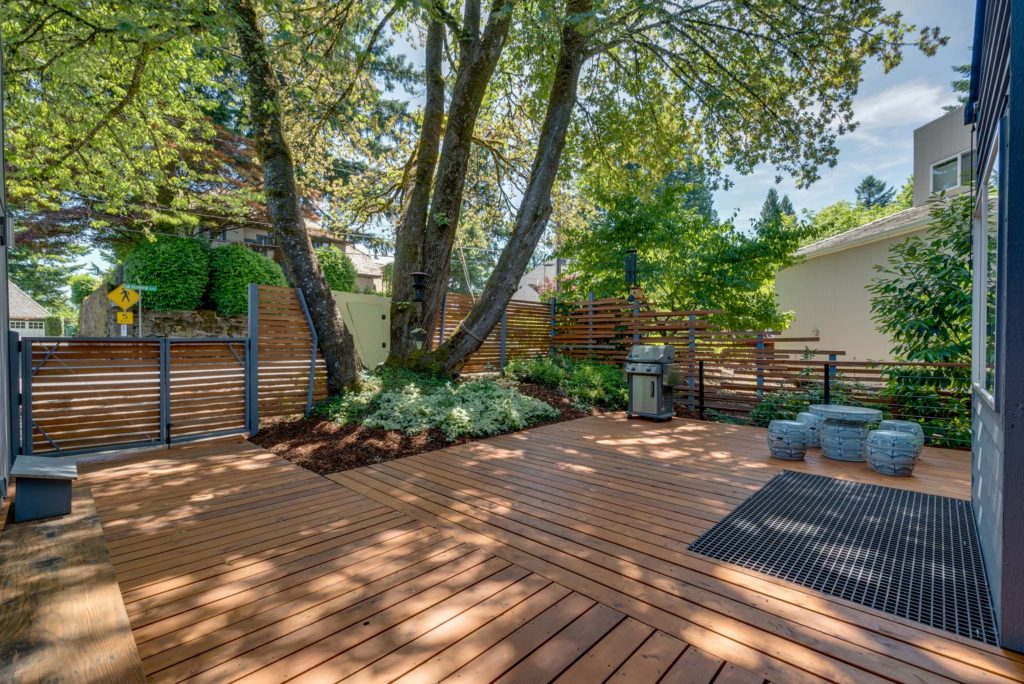They say the best time to plant a tree is 10 years ago; the second best time? This-coming fall.
As average summer temperatures continue to rise in the Pacific Northwest, the importance trees and other plants play in cooling our urban landscape cannot be overstated- particularly in areas of the city that do not already benefit from established tree canopies.
Every five years since 2000, the city of Portland has counted the number of trees in the city. The most recent count (2020) found that, for the first time since data collection has begun, the number of trees in our city has declined by nearly 800 acres. That’s a decline approximately equal to the number of trees in Mt. Tabor Park.
The largest area of loss during that five year period was in residential areas, particularly in East Portland neighborhoods that already suffer from a lack of shade. While city code requires a permit for removing street trees (and private property trees beyond a certain size), and replacement of any trees that are taken down, the data indicates that many people are choosing not to replace the trees they remove.
So what difference do trees make for the livability of our neighborhoods- both now and in the future? During the 2021 “heat dome,” scientists from Portland State University (PSU) measured average temperatures in different parts of the city to determine the impact shade trees had in mitigating heat. In the relatively unprotected East Portland neighborhood of Lents, for example (where my partner and I live), the temperature was clocked at 125 degrees; conversely, shady Northwest Portland stayed a relatively cool 99 degrees.
While this information might prompt some to seek out neighborhoods with established canopies already- it’s important to remember that, with some planning and just a few years time, we can greatly improve tree canopies in neighborhoods that currently lack them- and that benefits all of us.
When my partner and I first moved into our Lents home just six years ago, the yard was a barren hellscape of torn up grass and weeds. We’ve since planted more than 15 trees on/around the property- some large, some small- and over 150 species of flowering plants. In just a few years time, our yard feels like a completely different place. While there are many intangible benefits we enjoy as a result of these plantings, one thing is certain: our home and yard stay much cooler during the summer than they used to.
Summer isn’t a good time to plant a tree- but it’s an excellent time to decide where to plant a tree. West and southern-facing areas of your home will often benefit greatly from a deciduous tree that lets sunlight (and warmth) through in winter, but leafs out to provide shade (and cools the air) during the hottest time of year.
While fall is the best time to plant a tree, it’s not always the best time to research options- especially if you’re shopping for a deciduous variety that drops its leaves. The best time to start your search is often in summer, when you’ve got a chance to evaluate your site during the harshest time of year- and you can see for yourself how dense the shade of a particular tree will be over time.
The city of Portland’s Department of Urban Forestry is a wonderful resource for researching trees for your space, as are local nurseries like Cistus, which specializes in species that are well adapted to our changing climate.
Do you have areas of your back or front yard that remain unused during July-September because they’re just too sunny and hot for large parts of the day? Planting tree nearby can provide dappled protection that, in just a short amount of time, can bring an unused space to life. If you’re thinking of listing your home for sale, consider adding trees to the landscape as part of your preparation strategy. Trees add curb appeal, ambiance, and value to properties that lack them.
Want to nerd out on trees? Looking to add a tree that will improve the curb appeal of your home and provide much needed shade to our urban canopy? Give me a holler! I love putting my landscape design background to use for clients.
